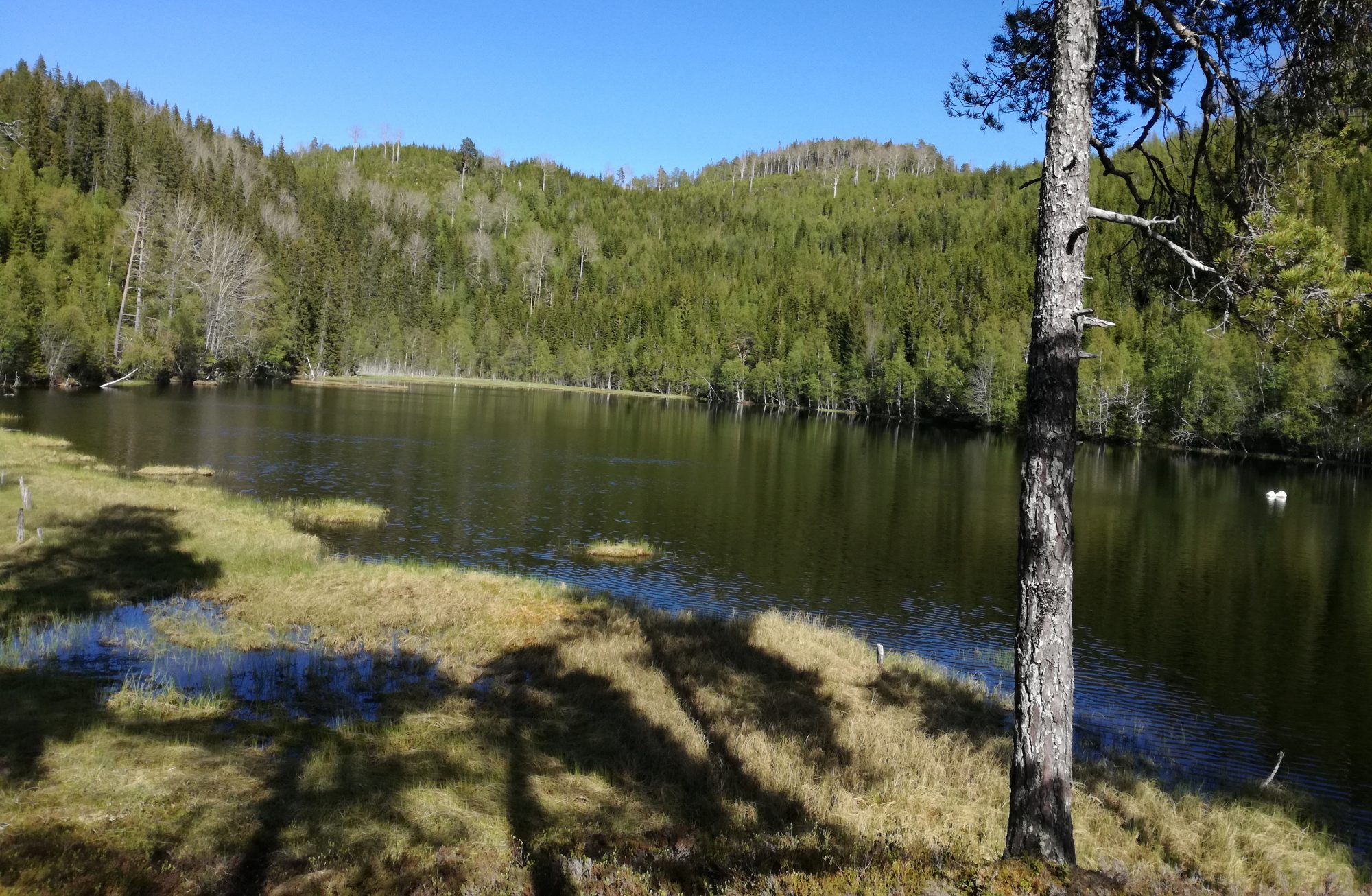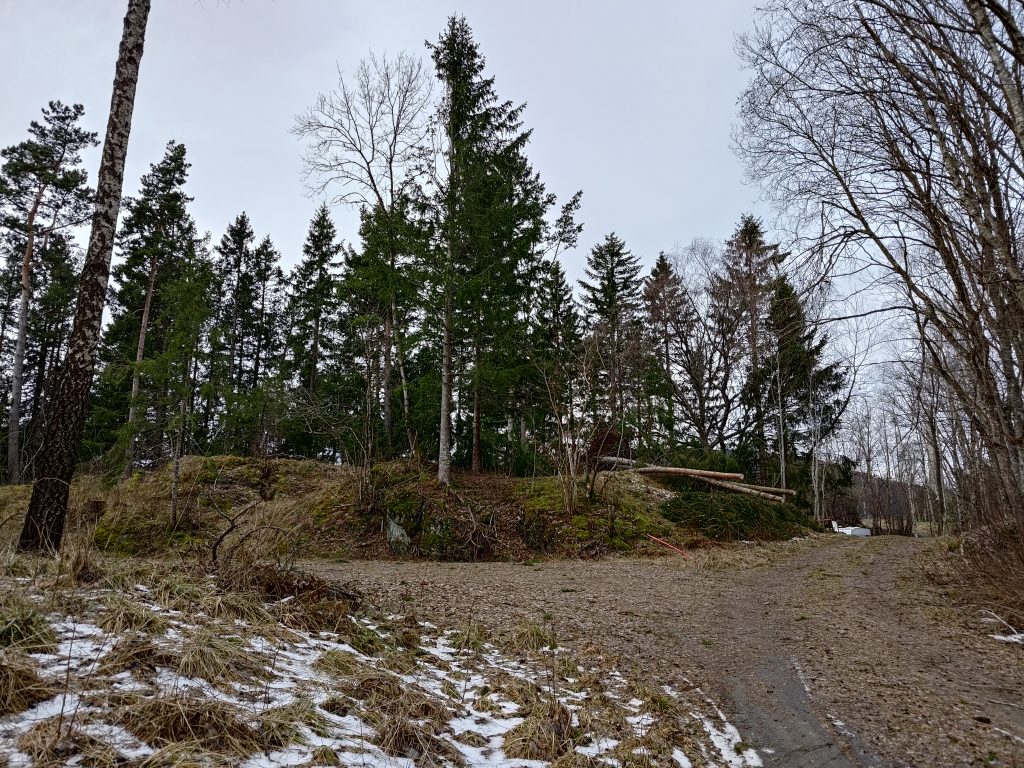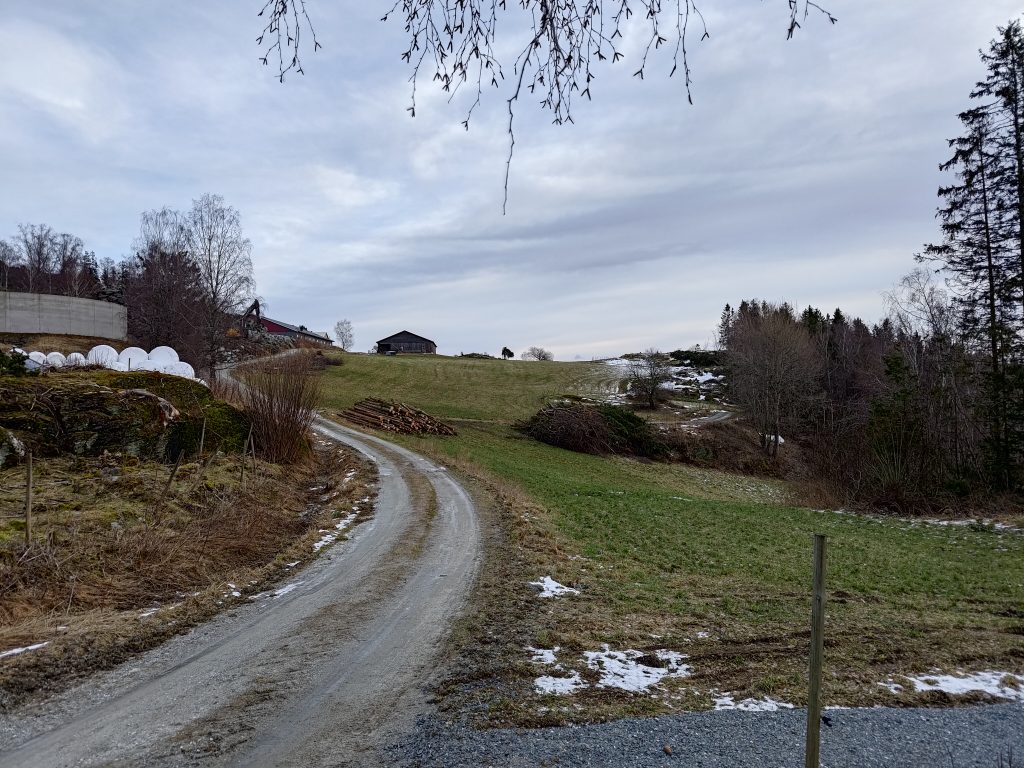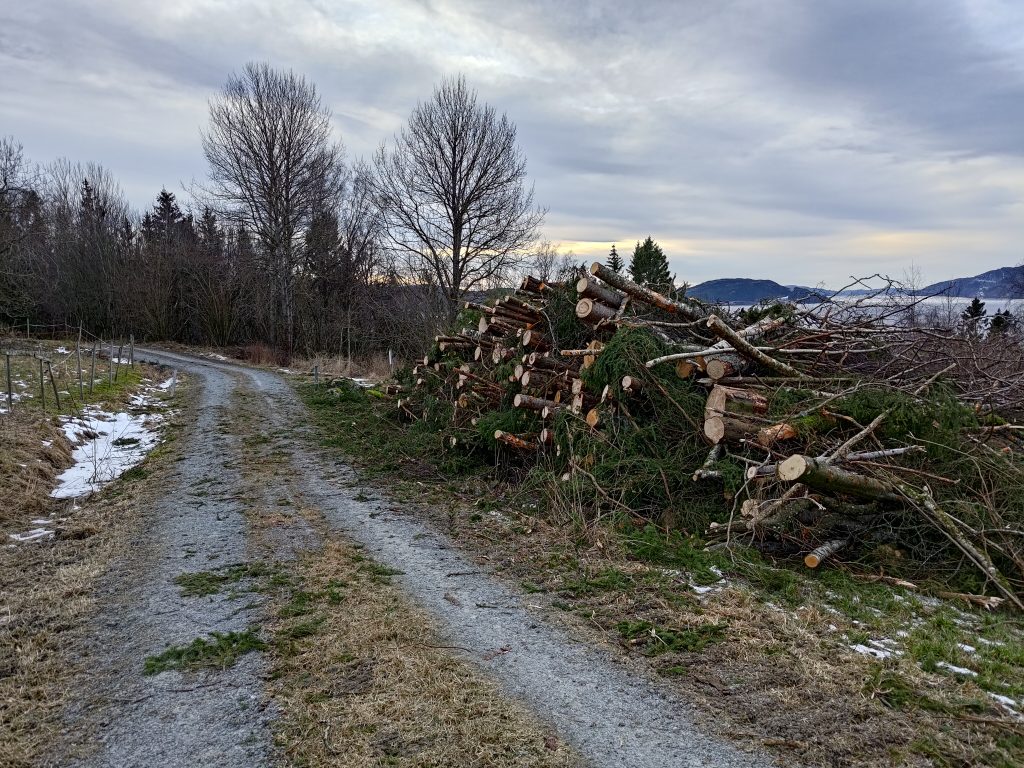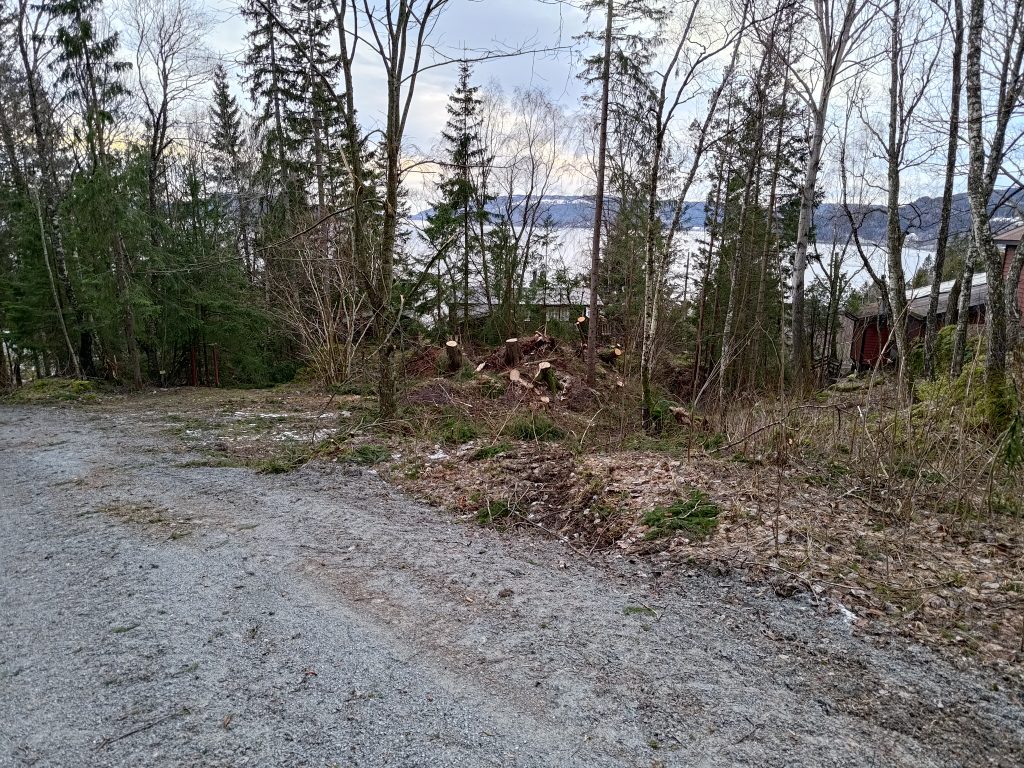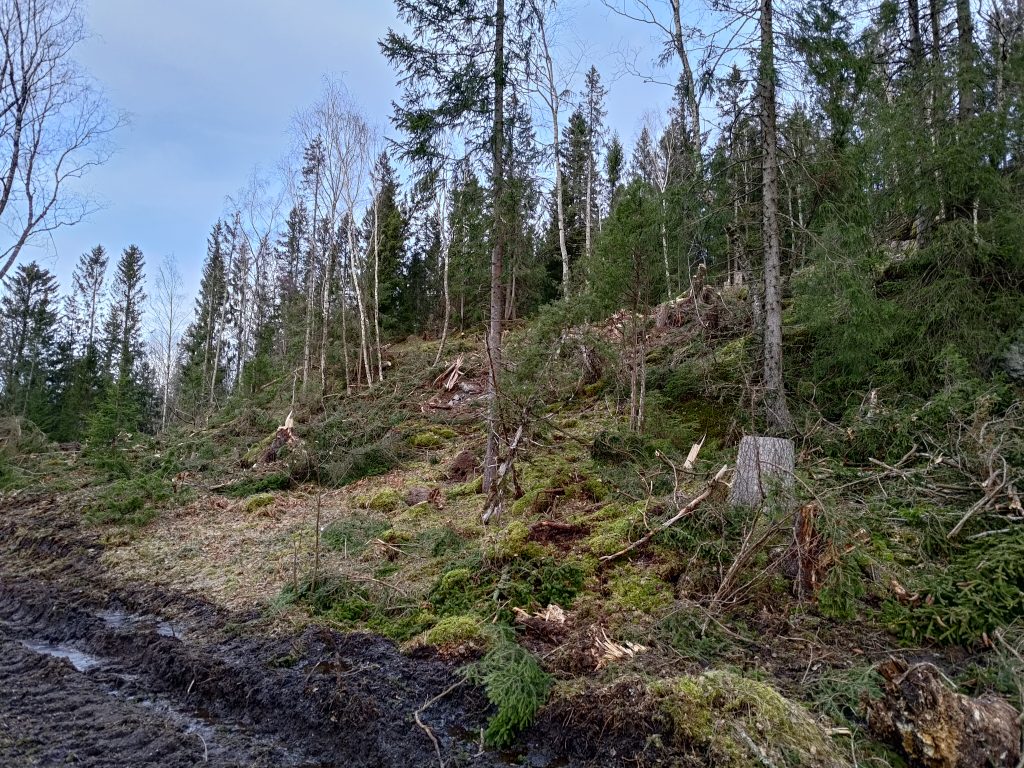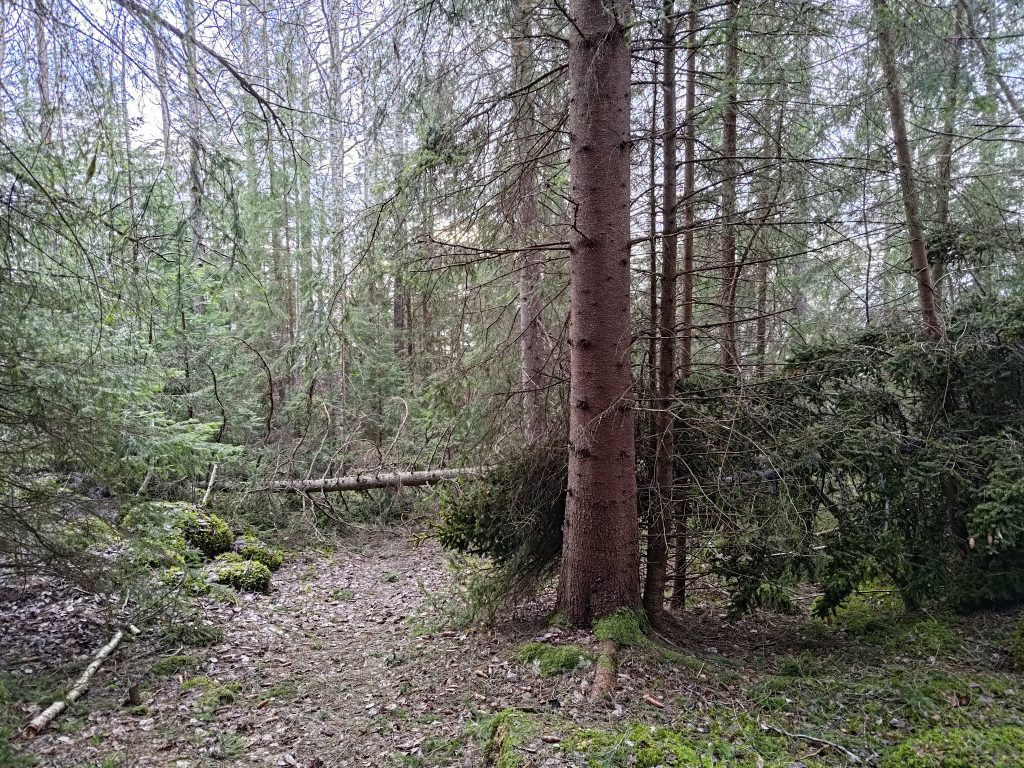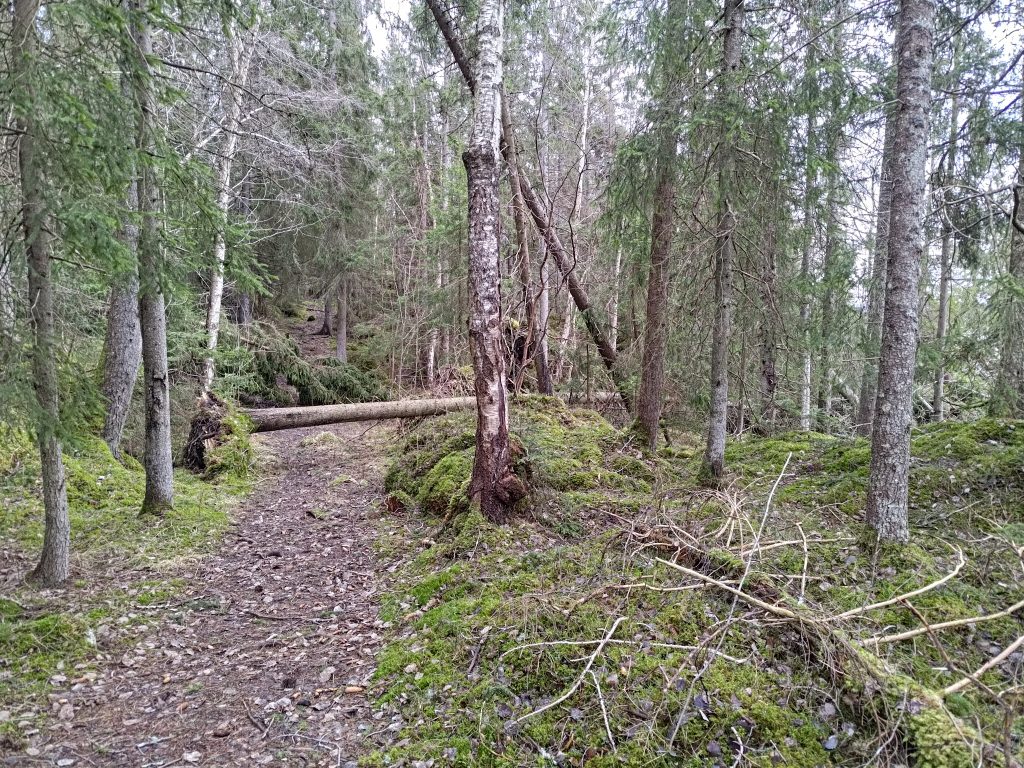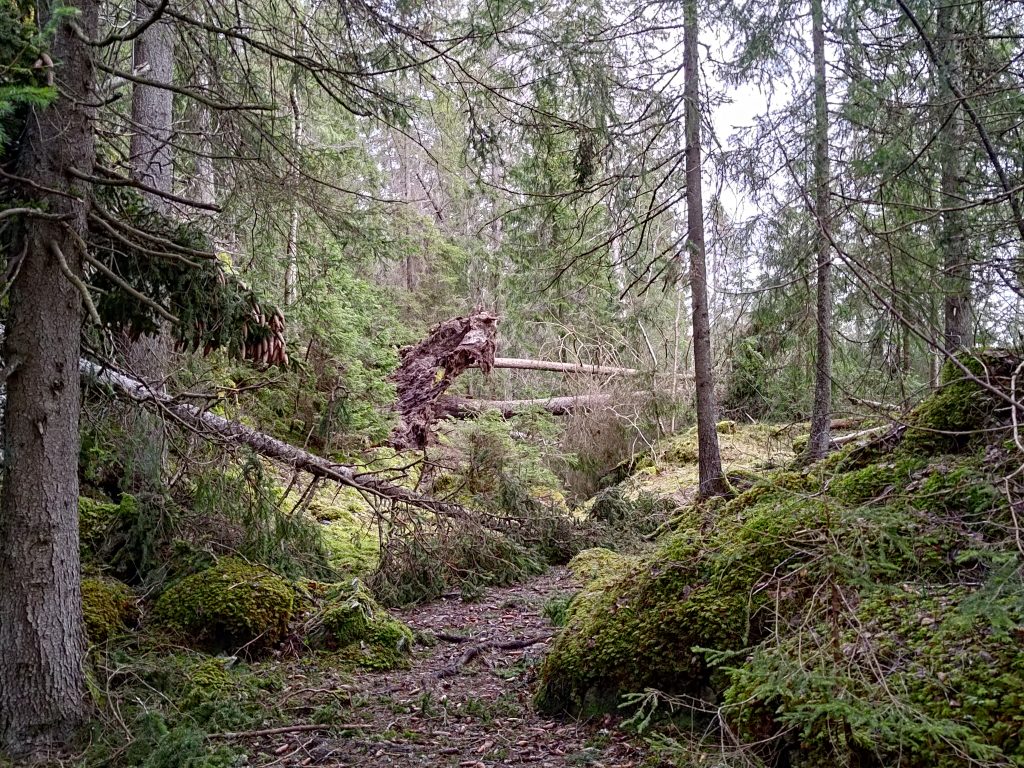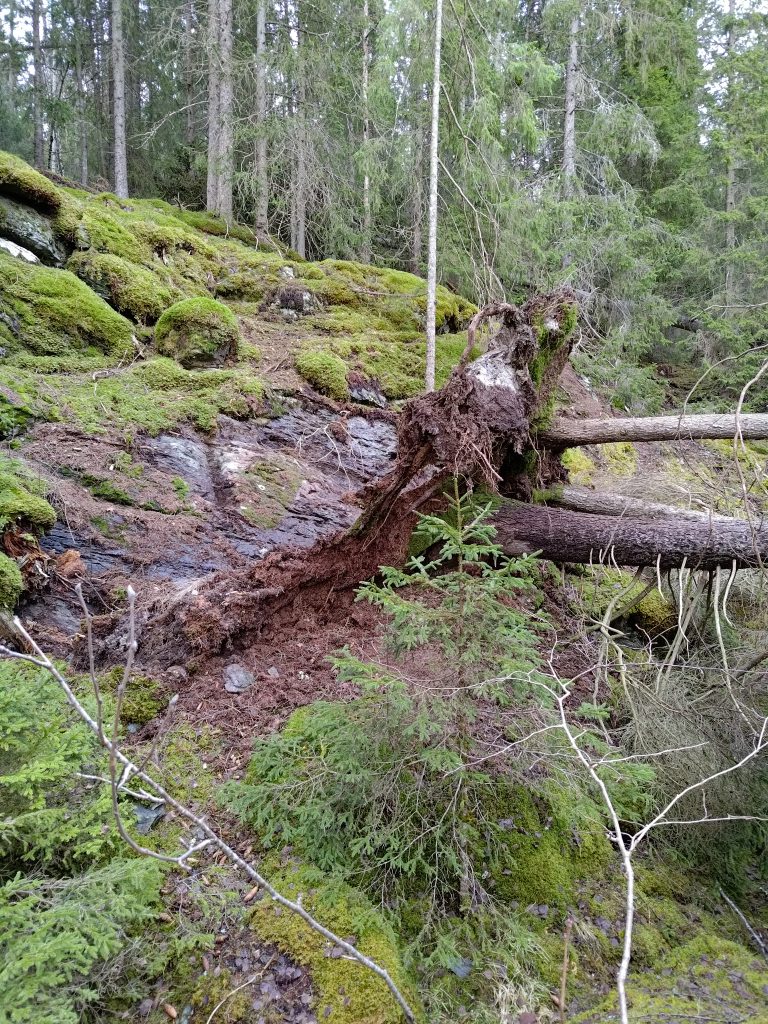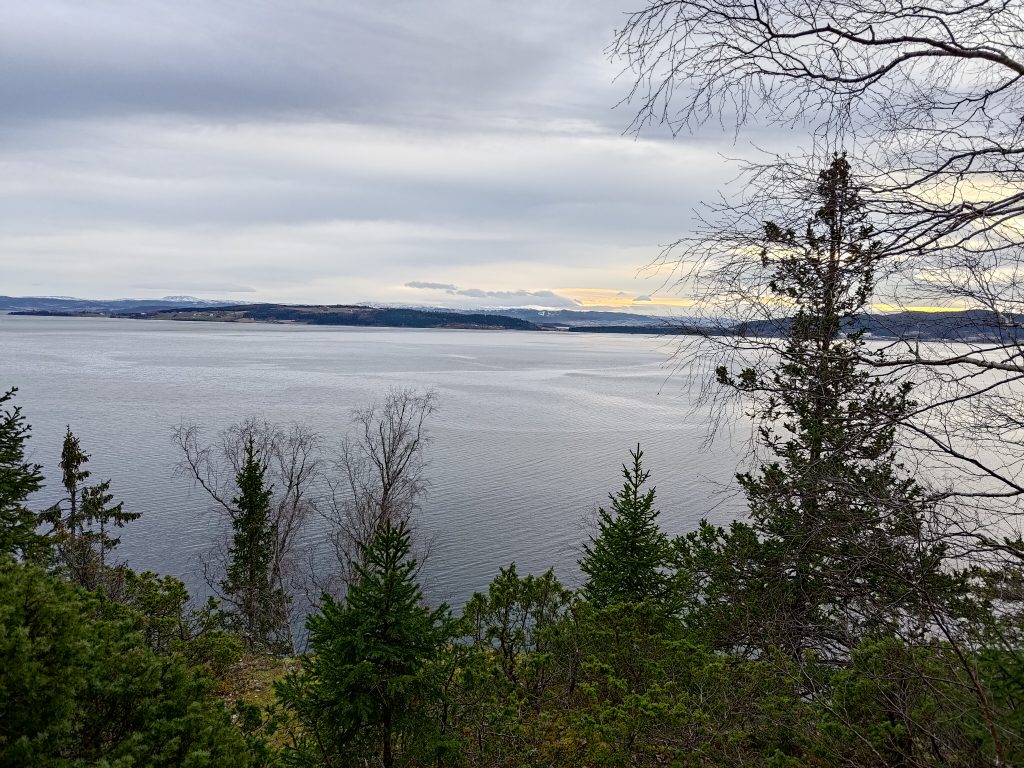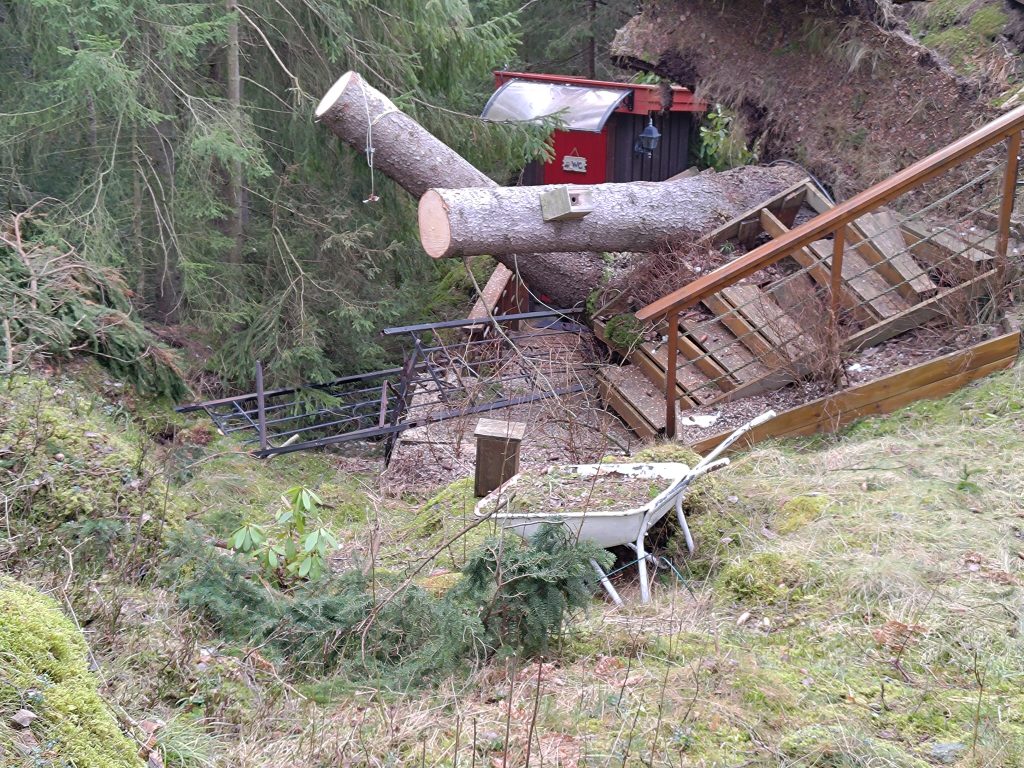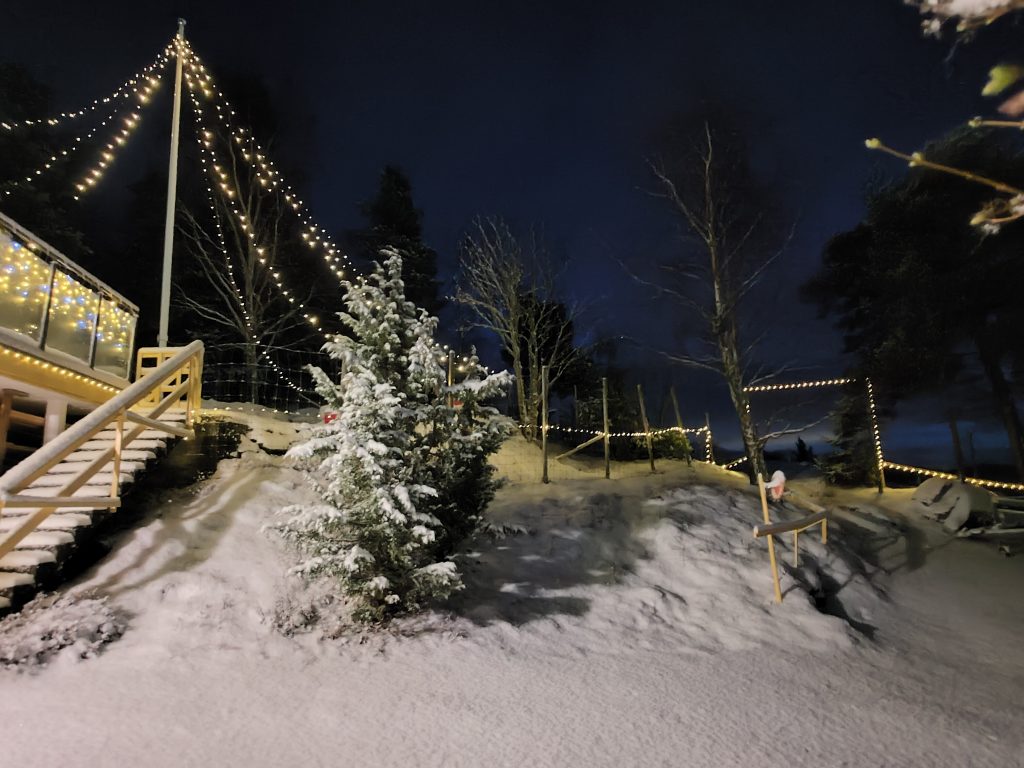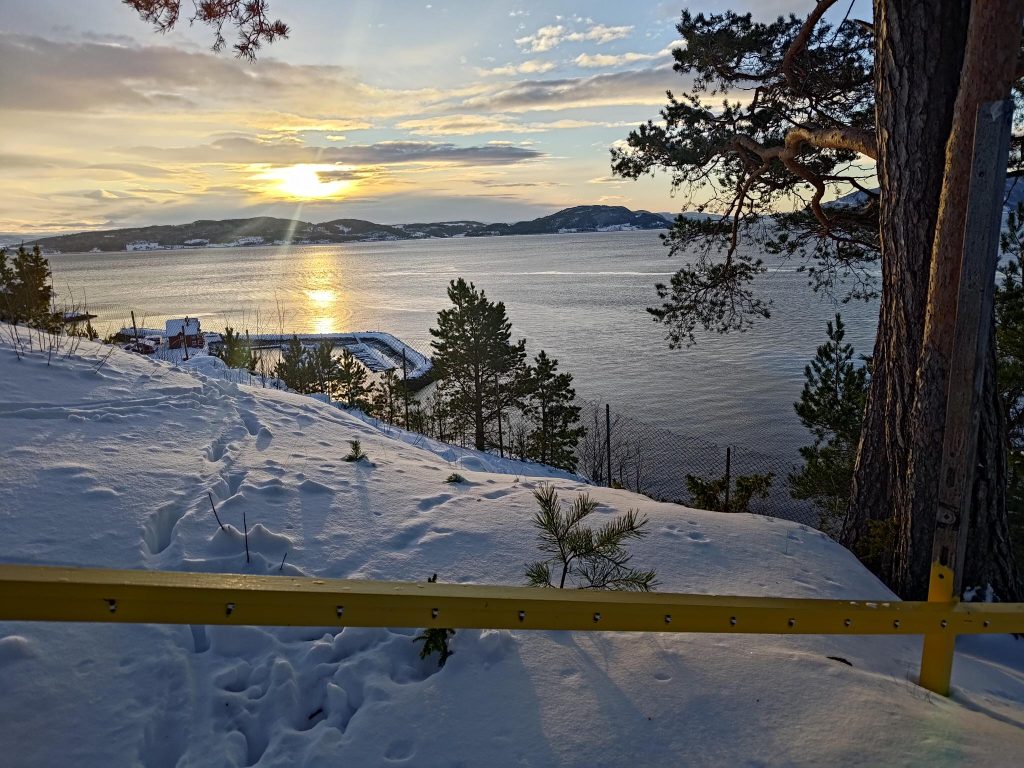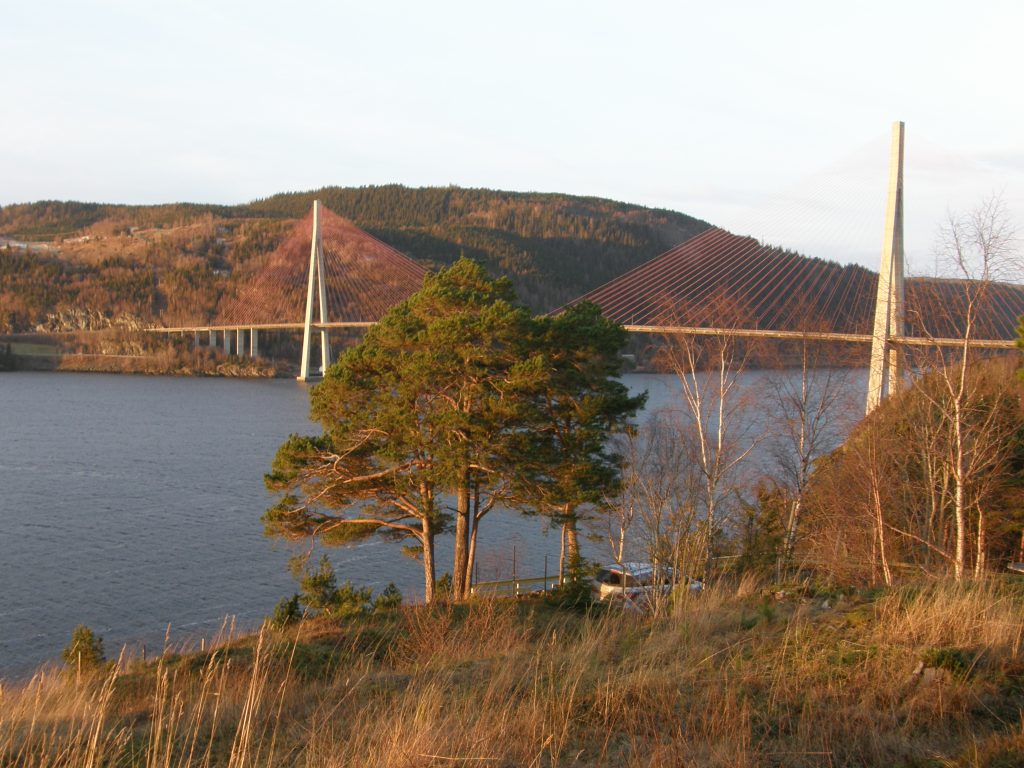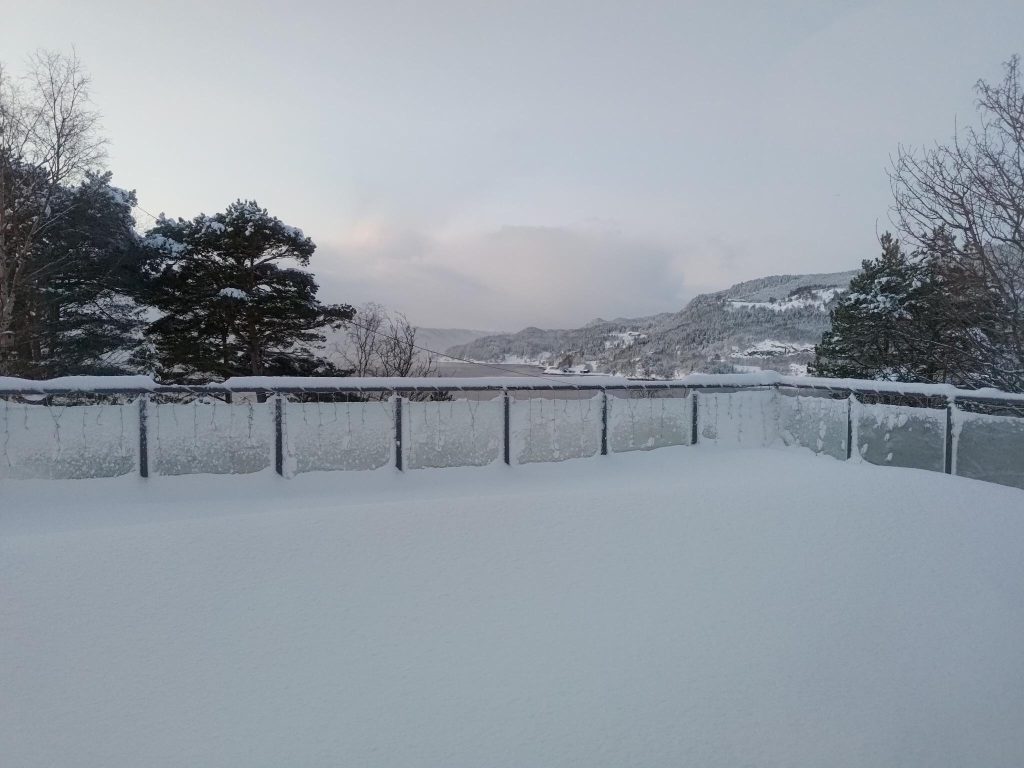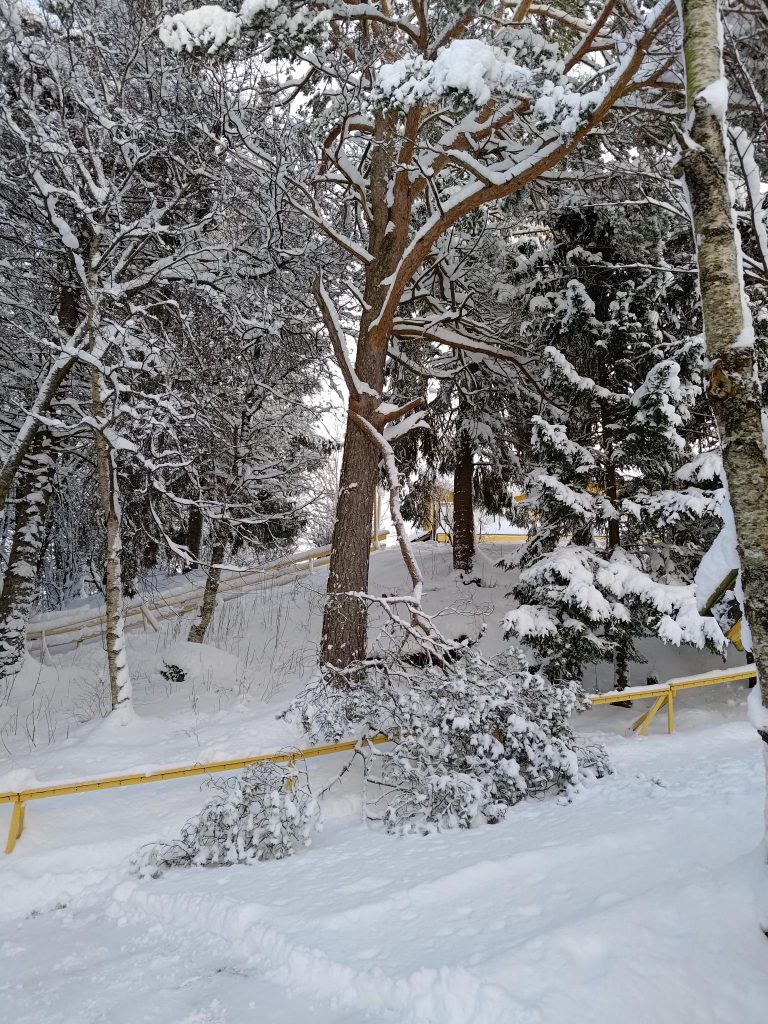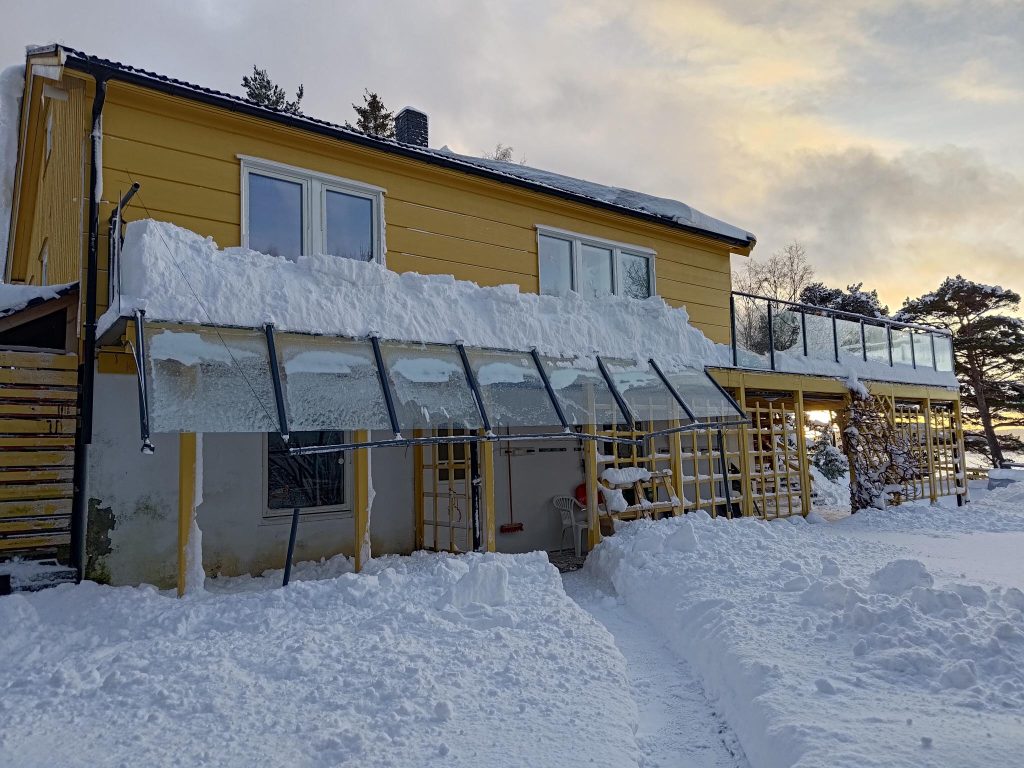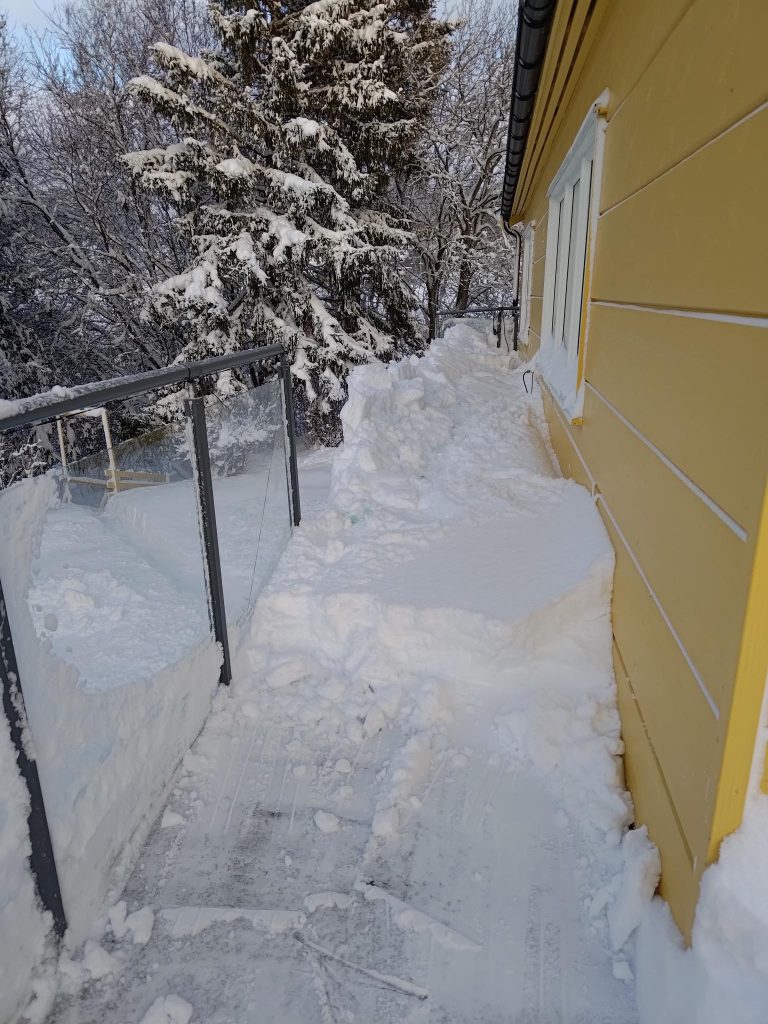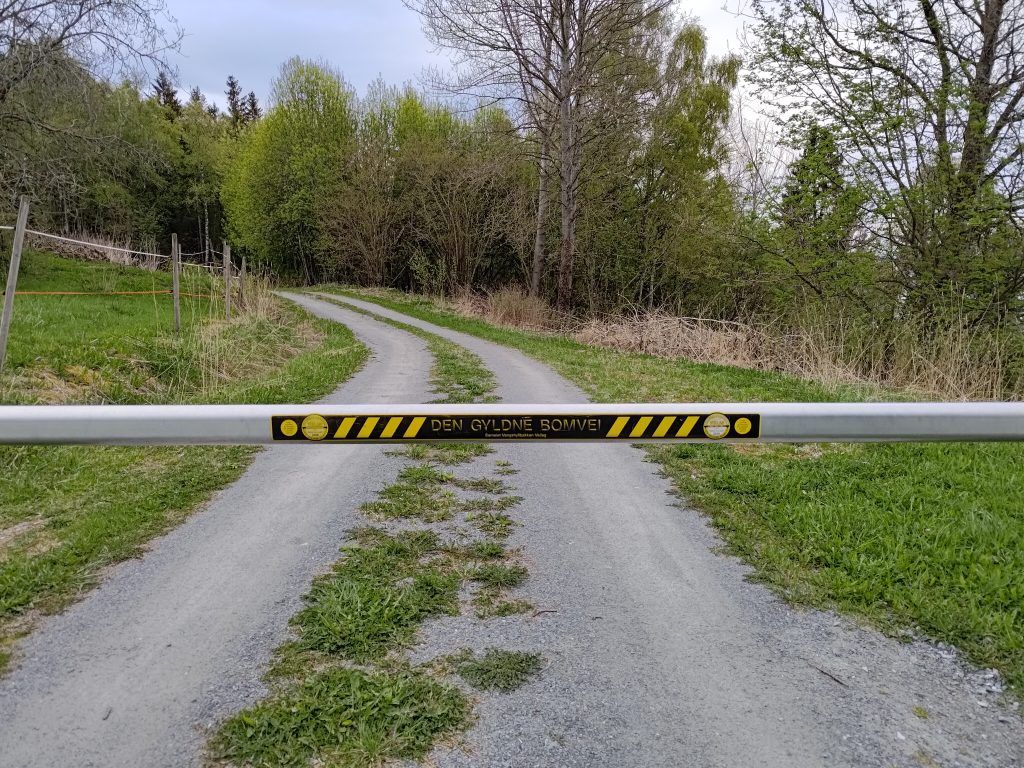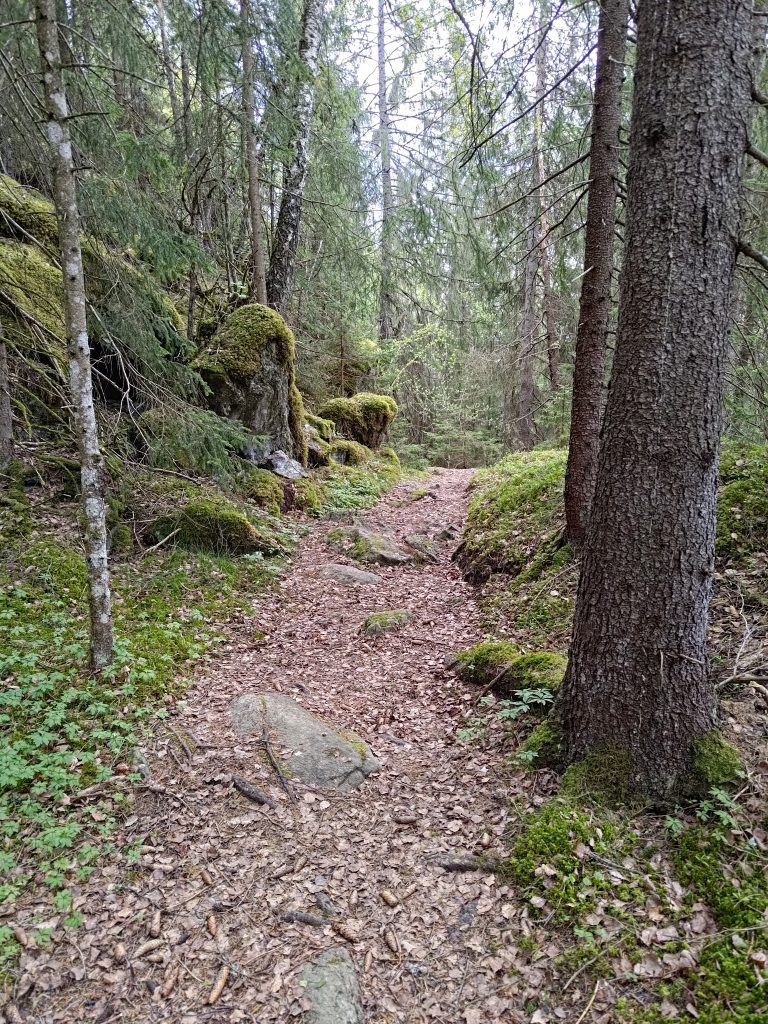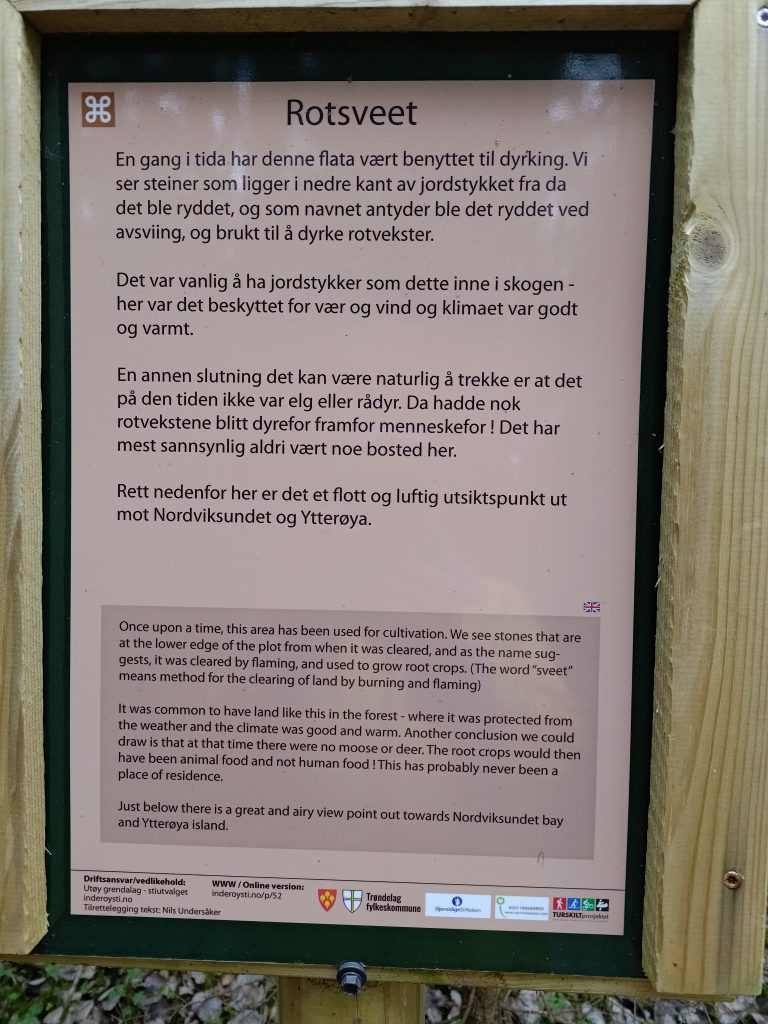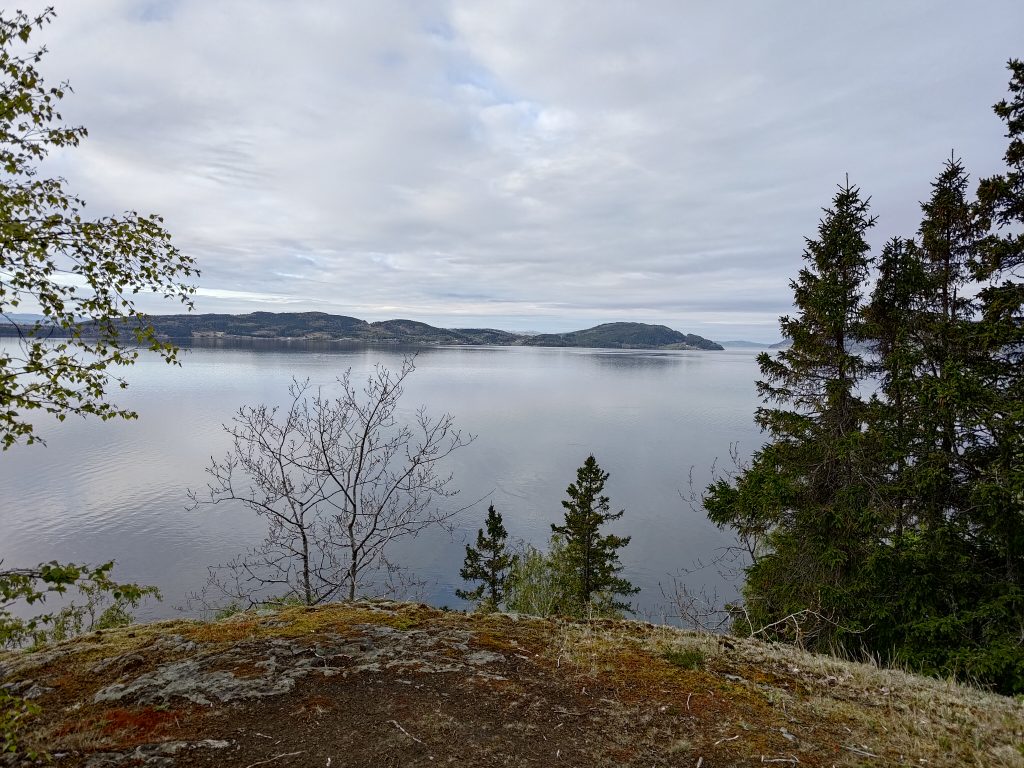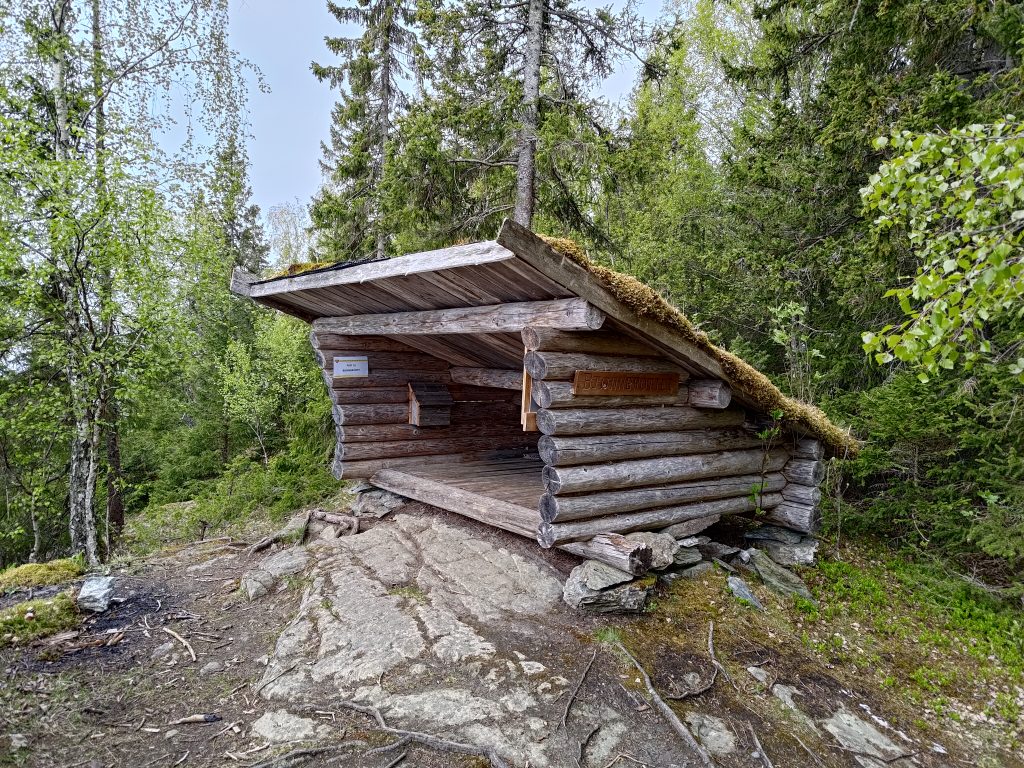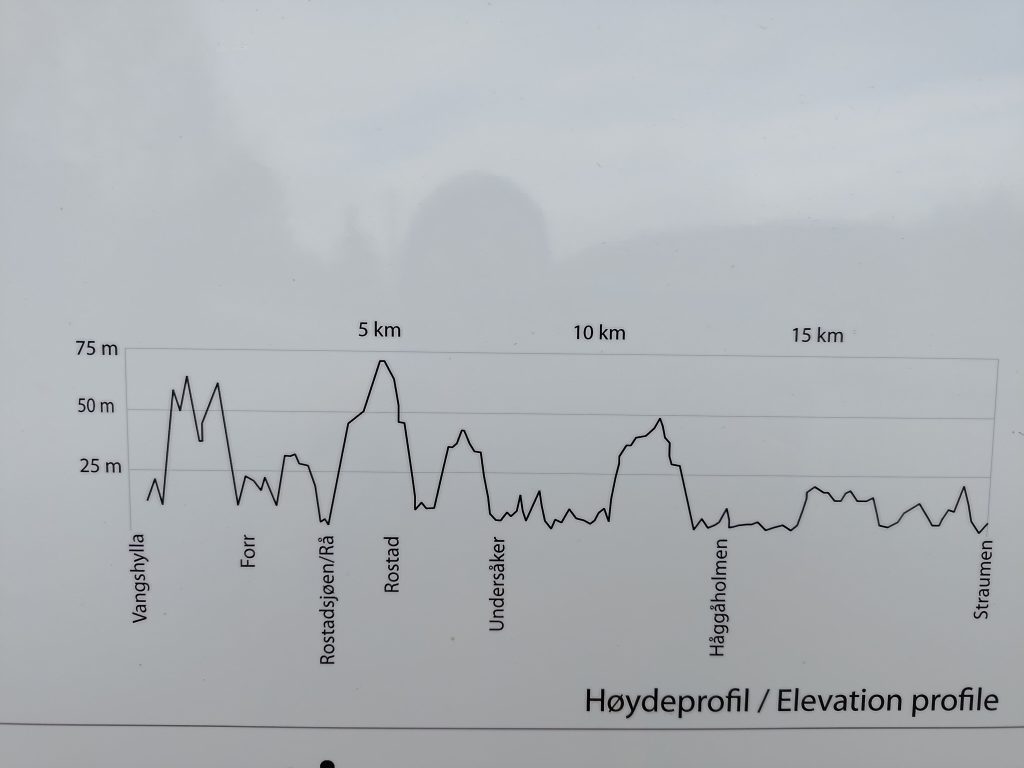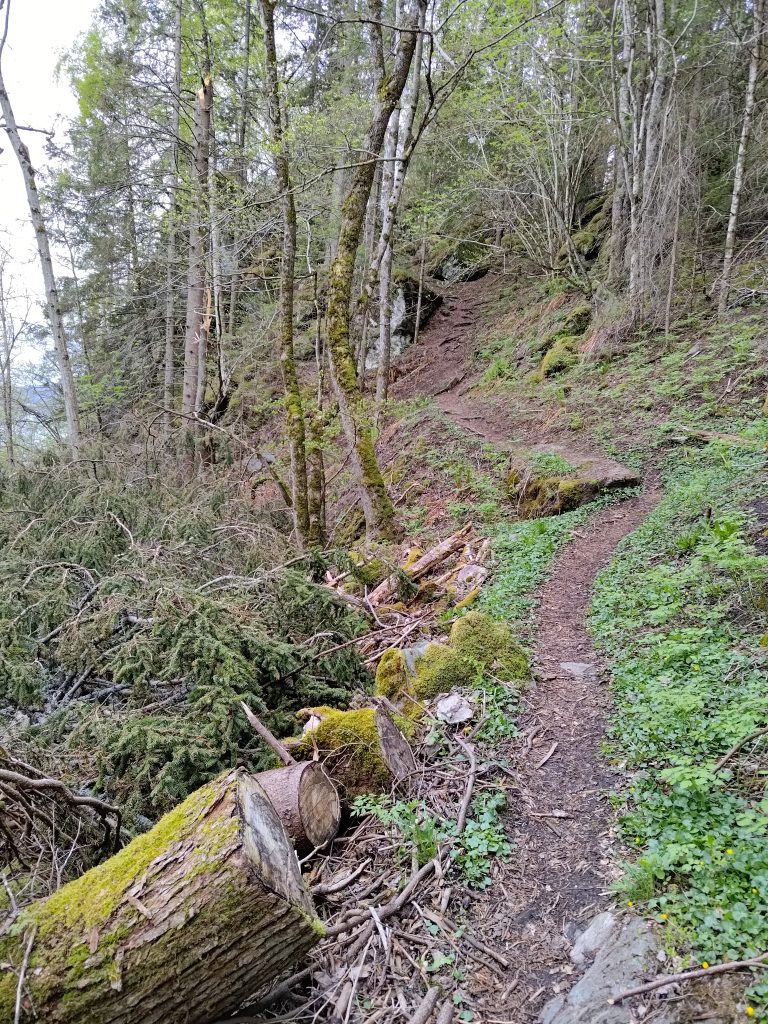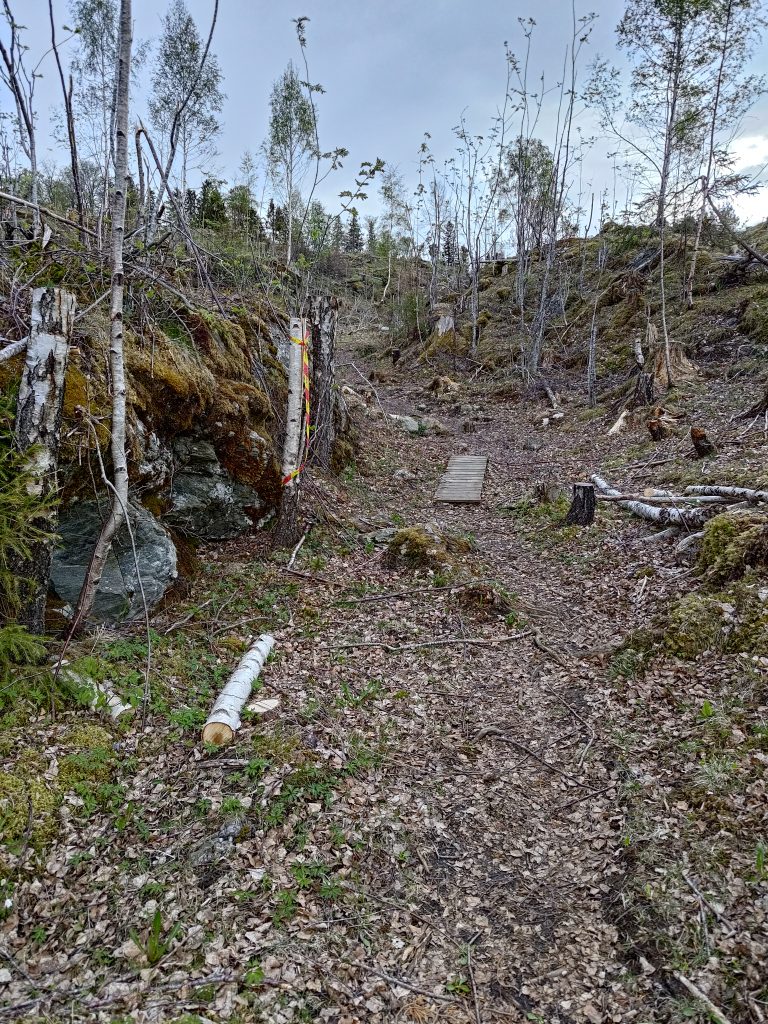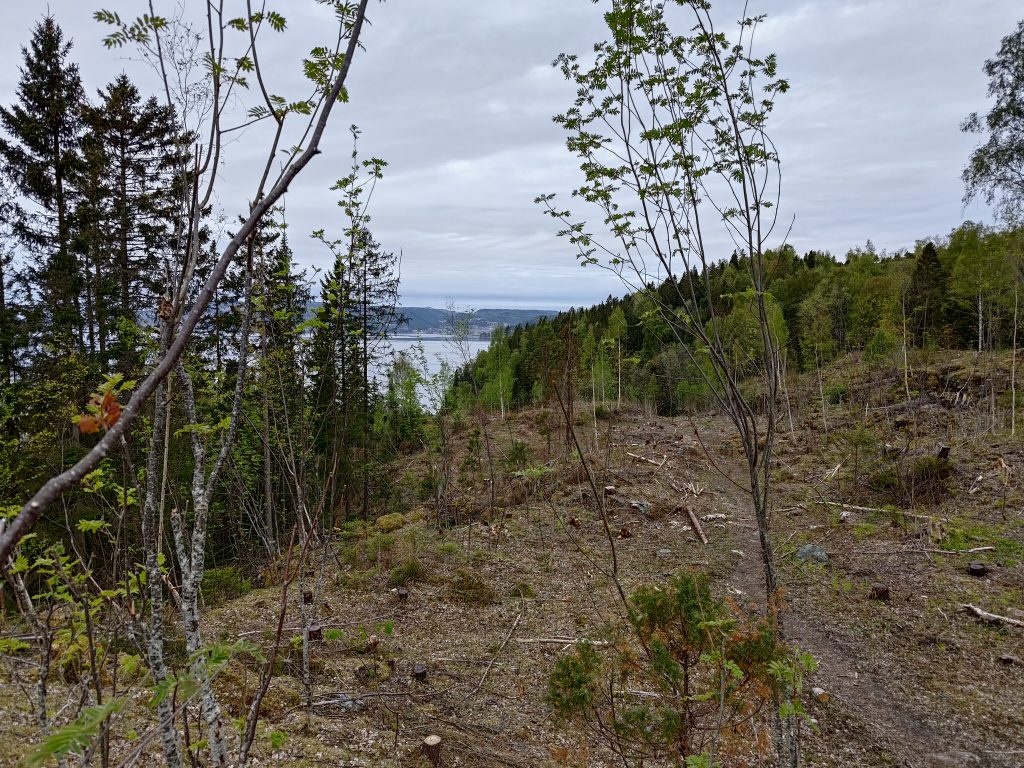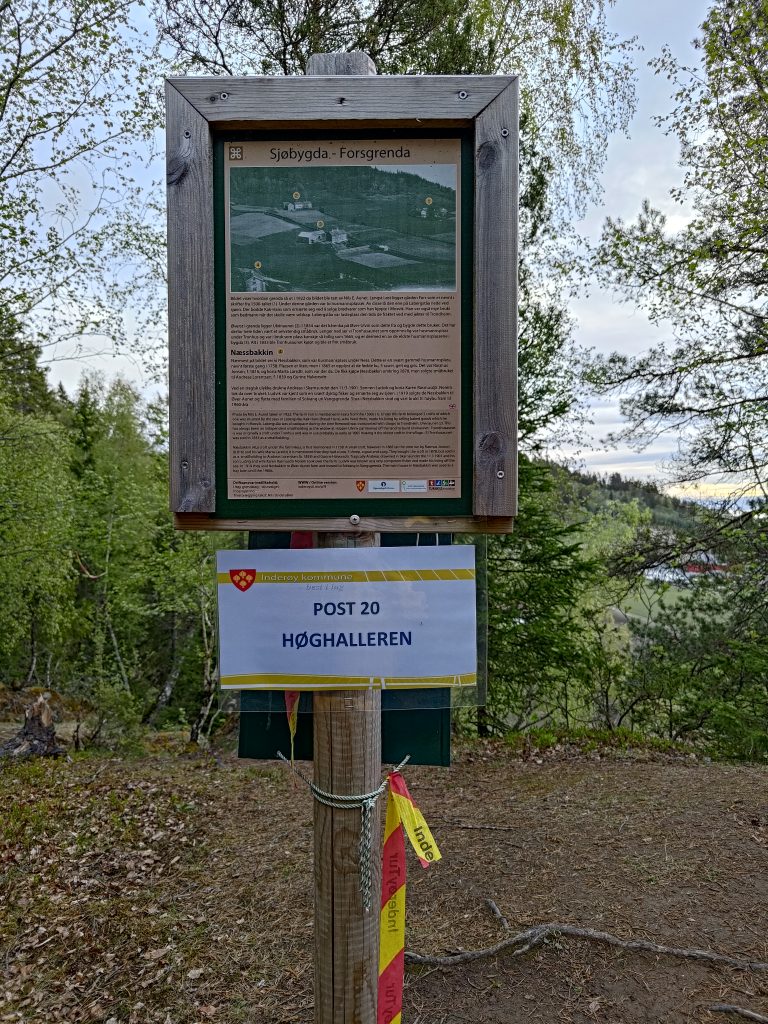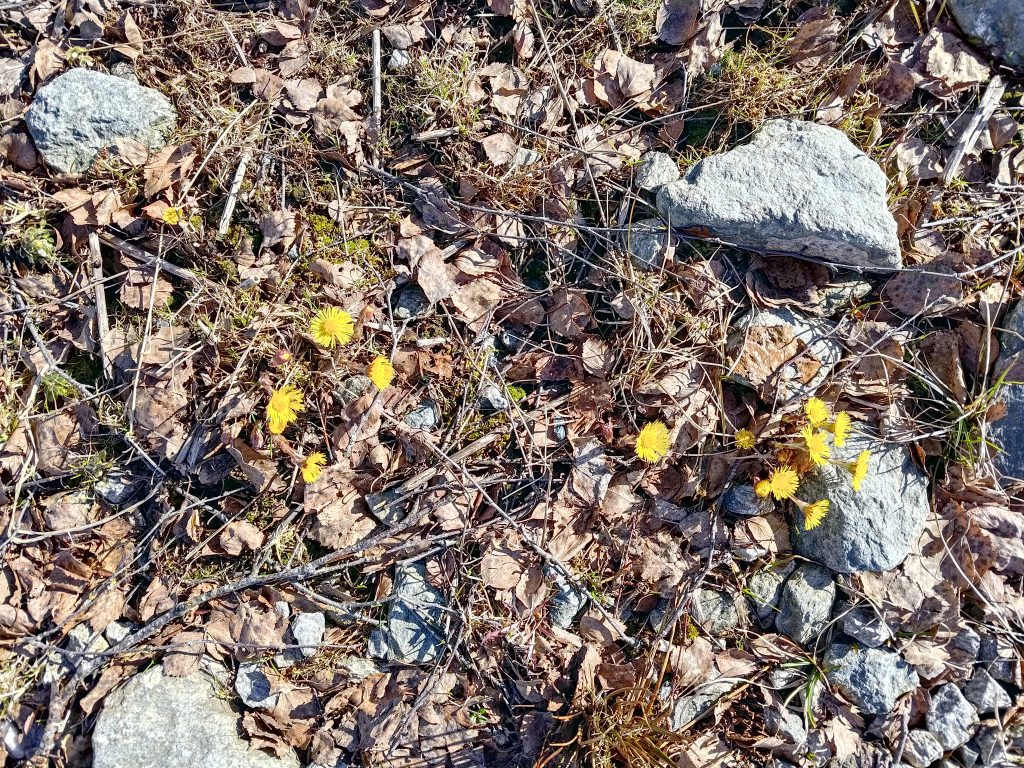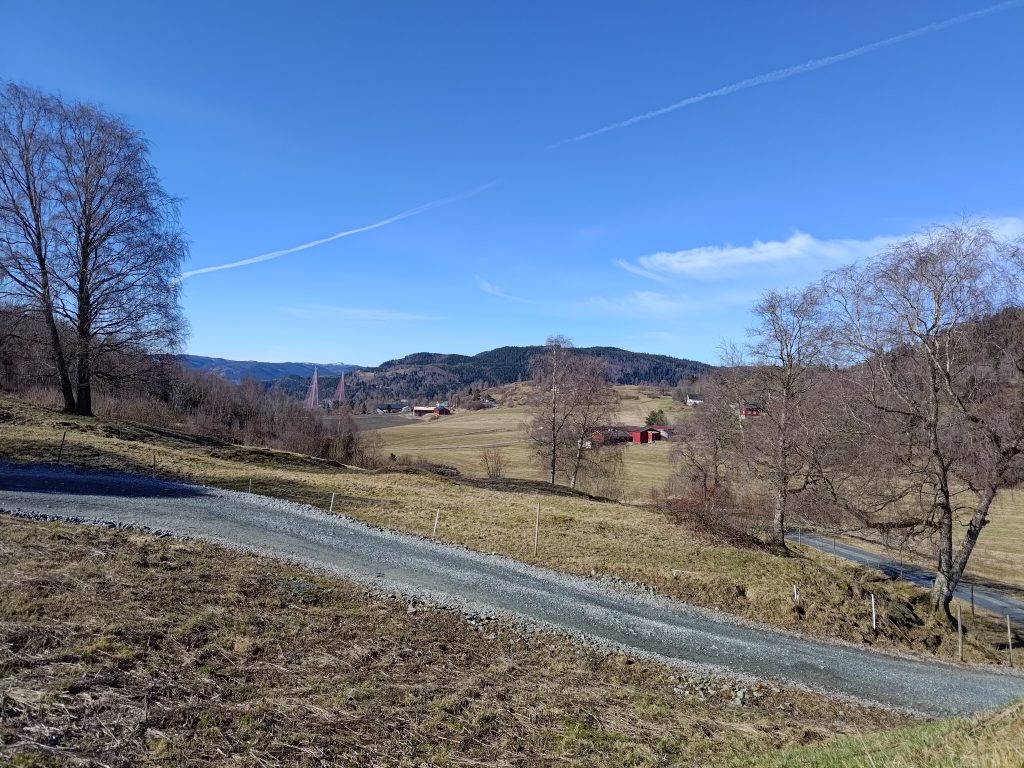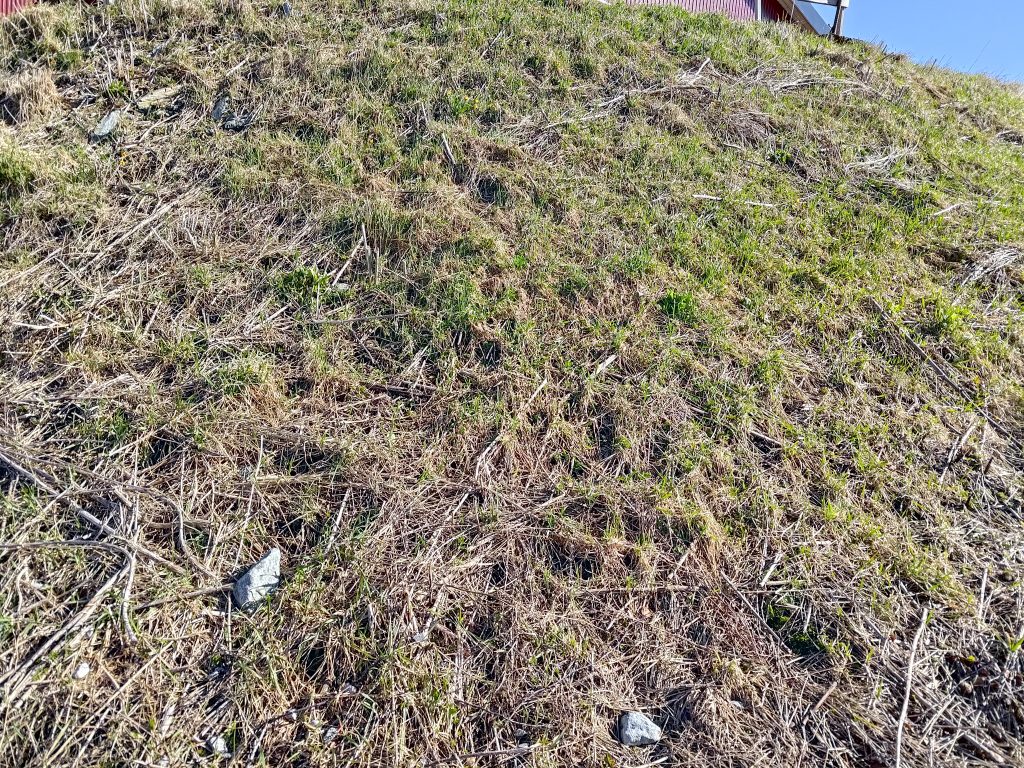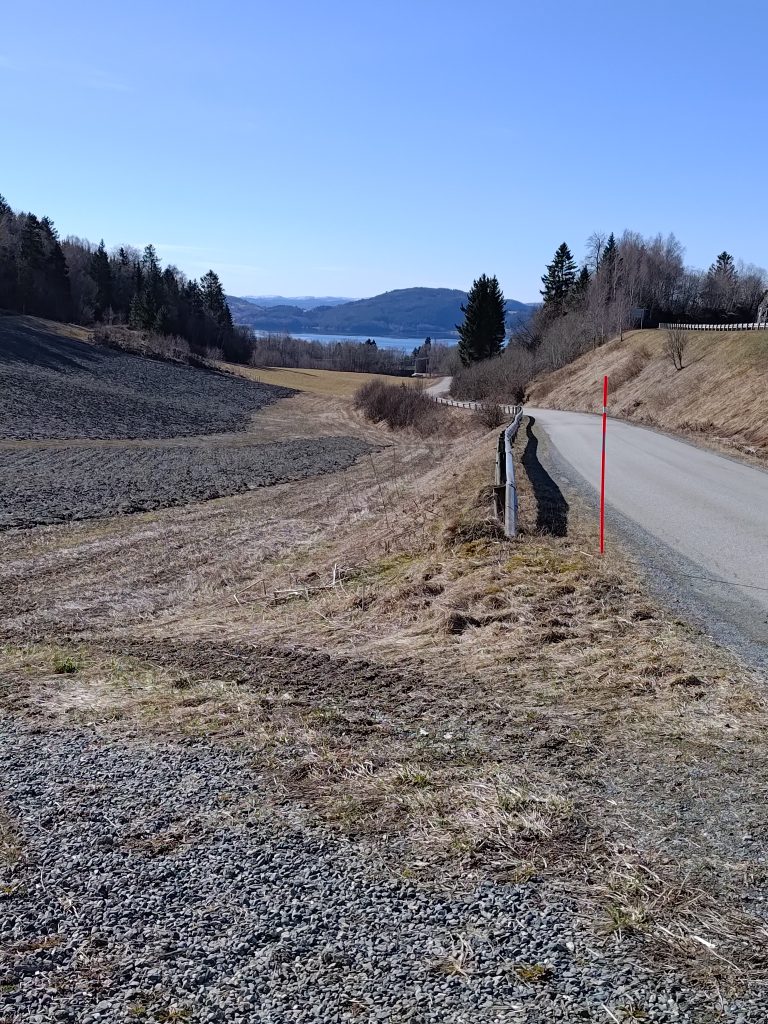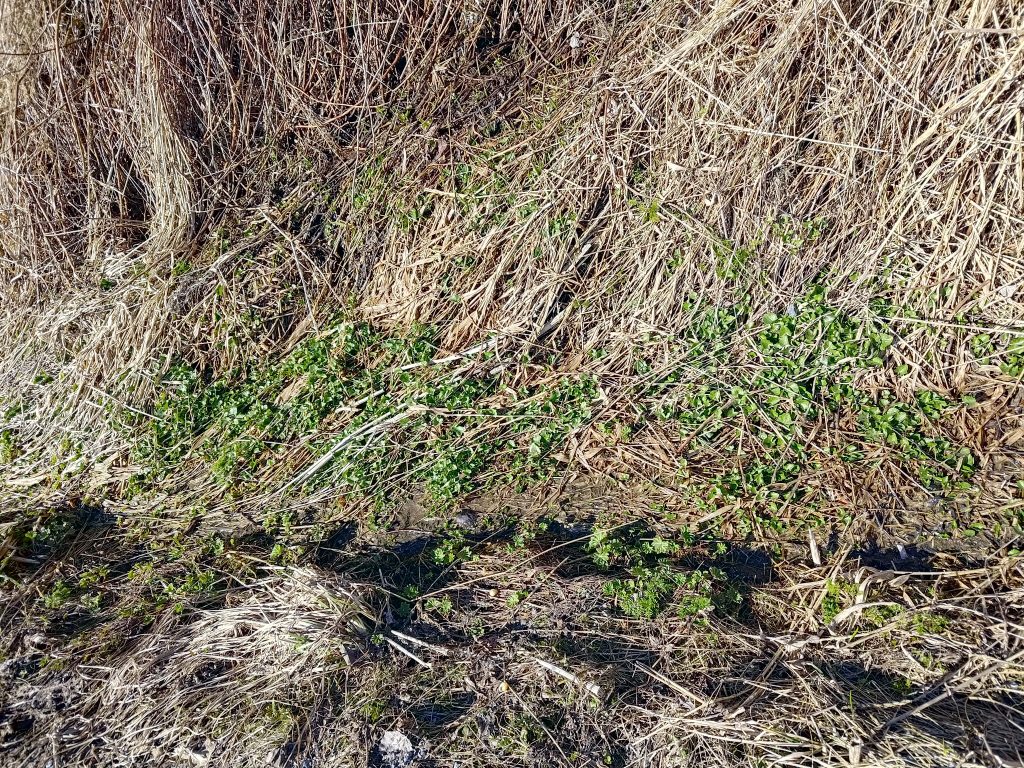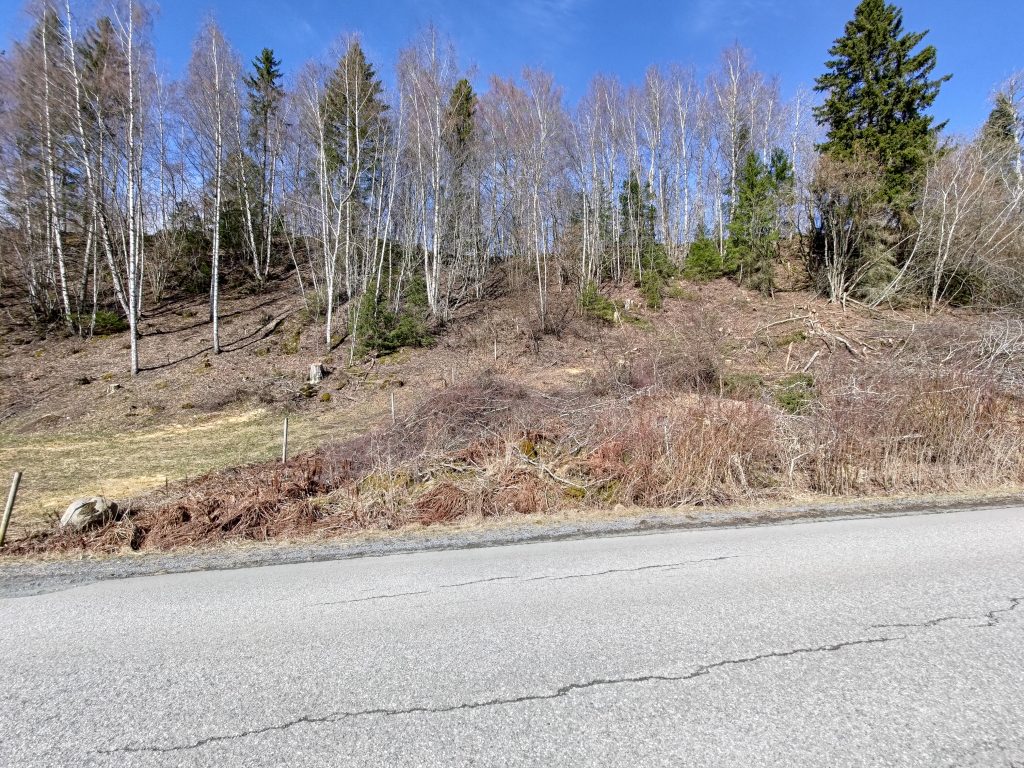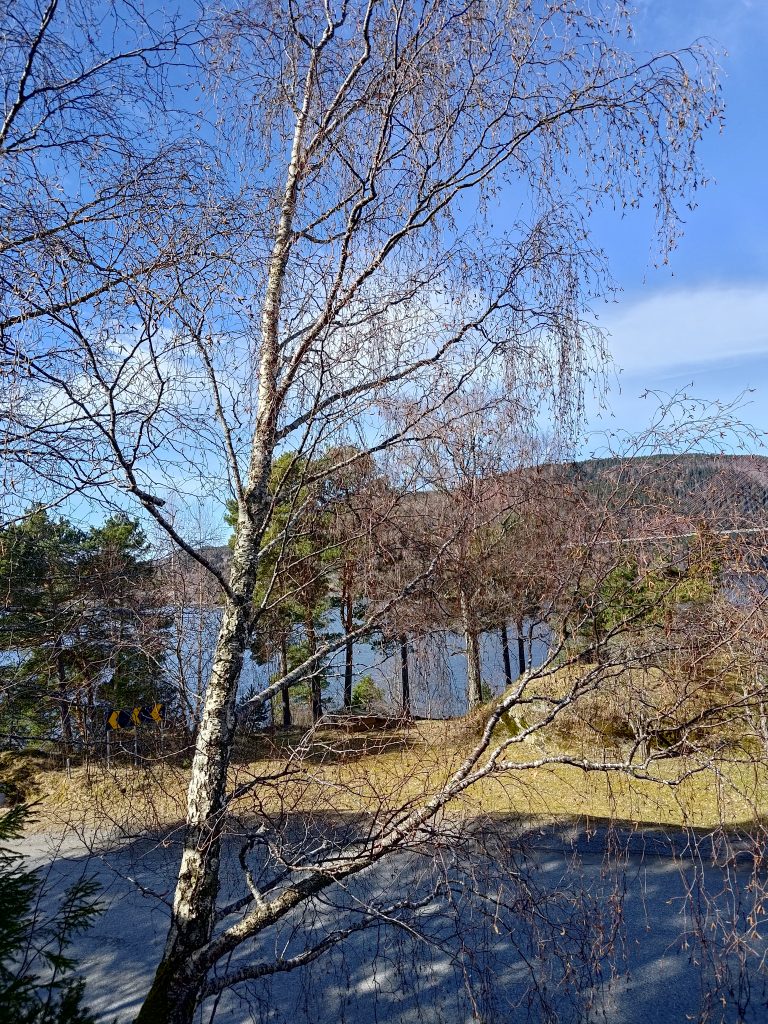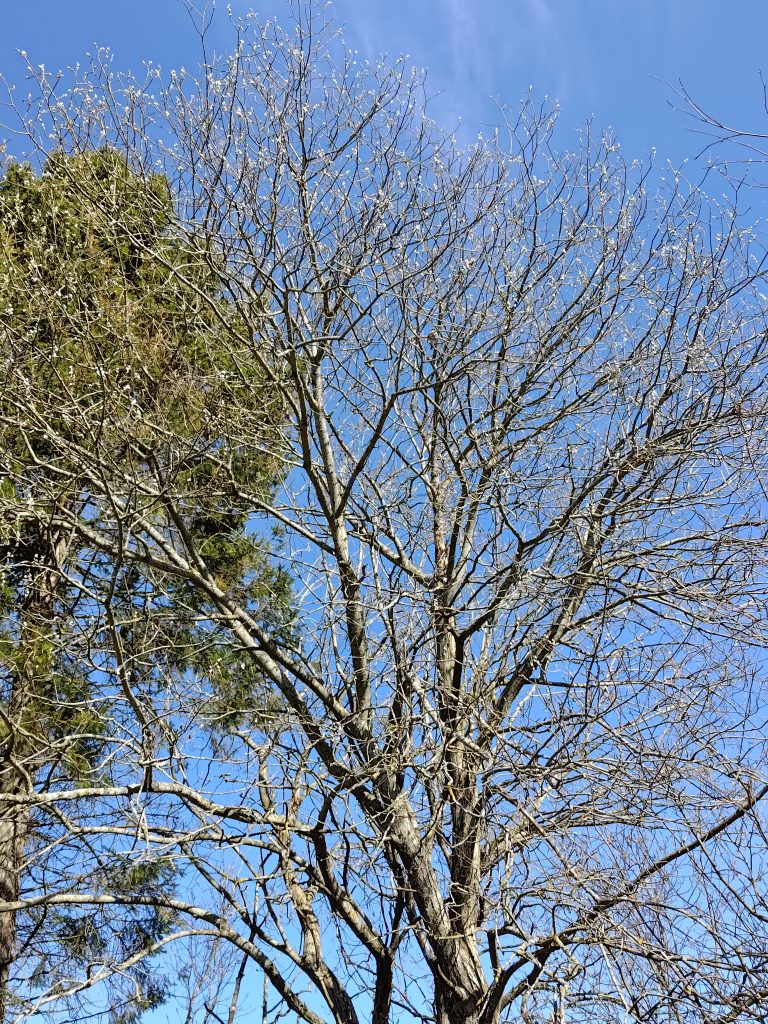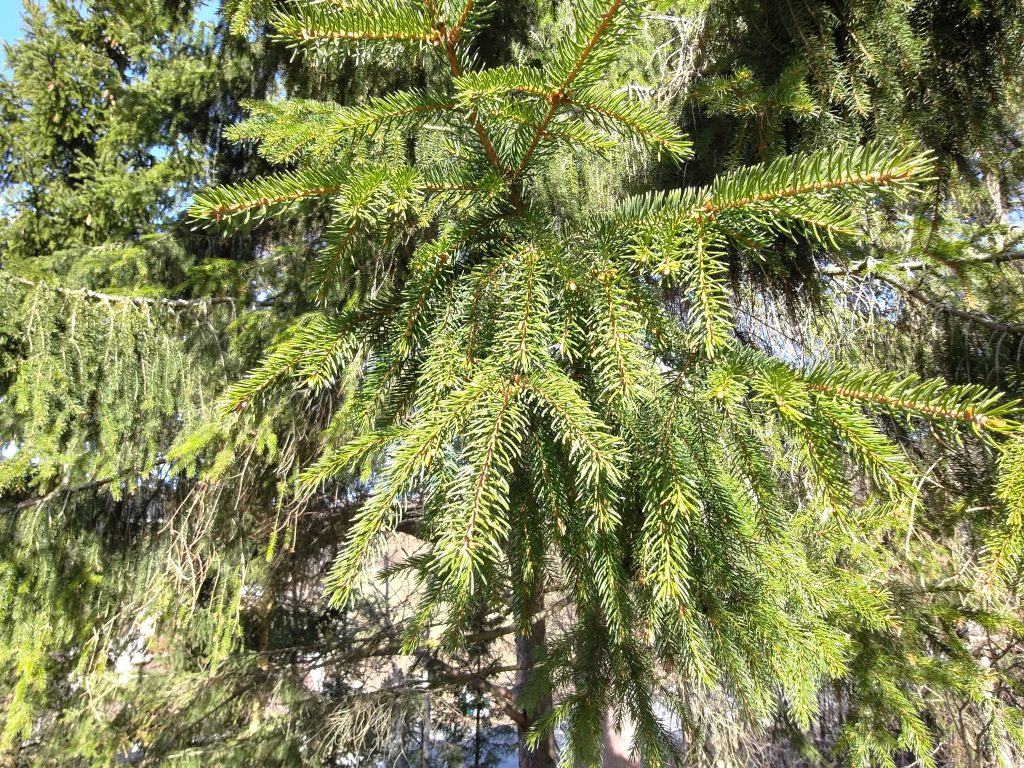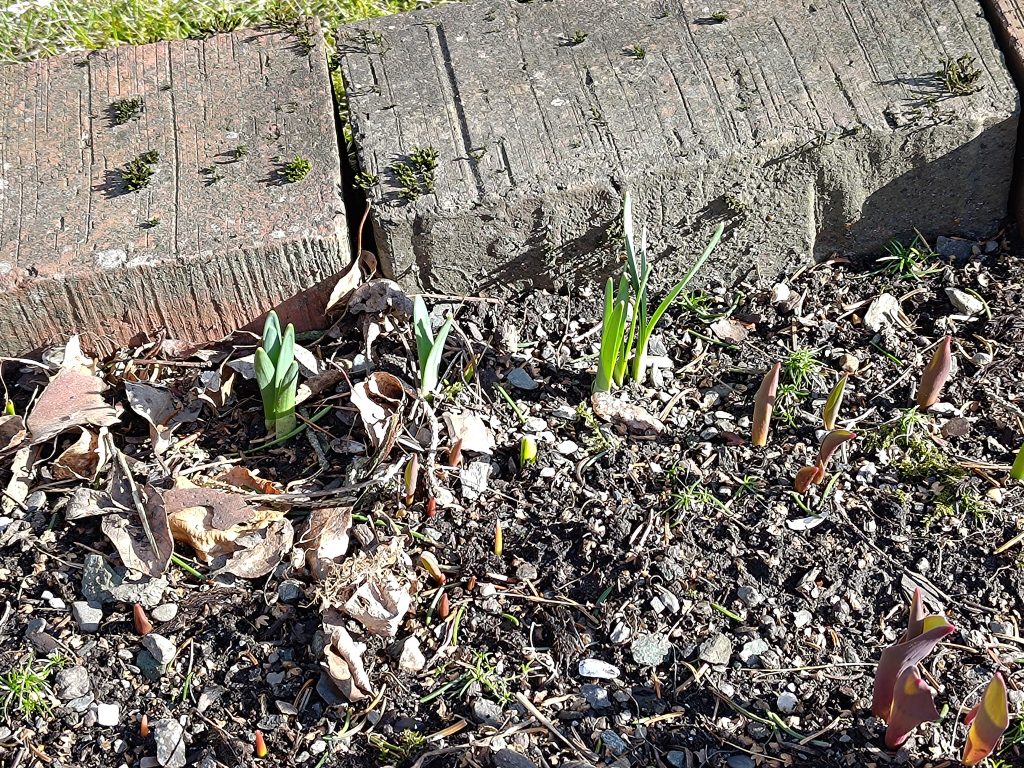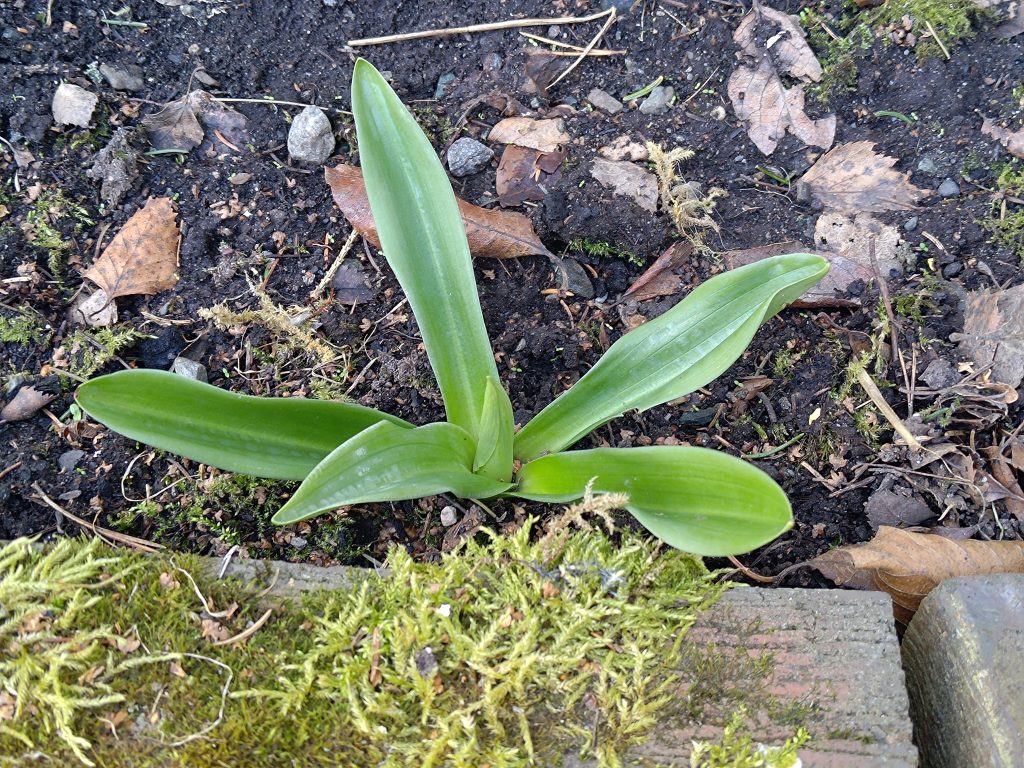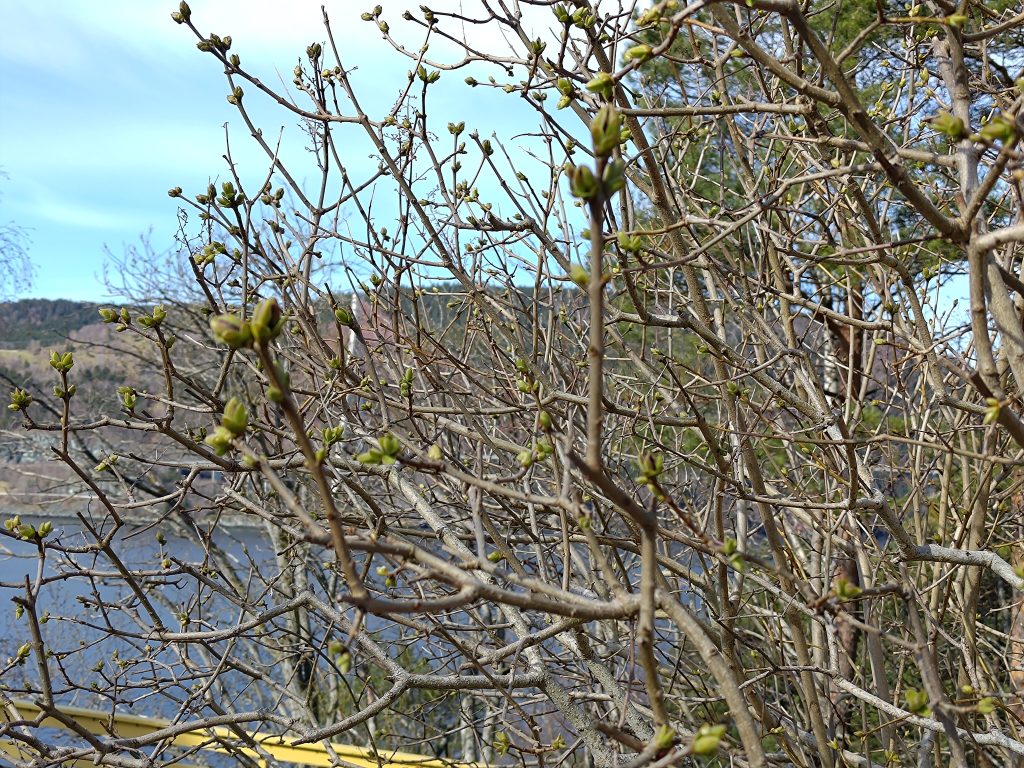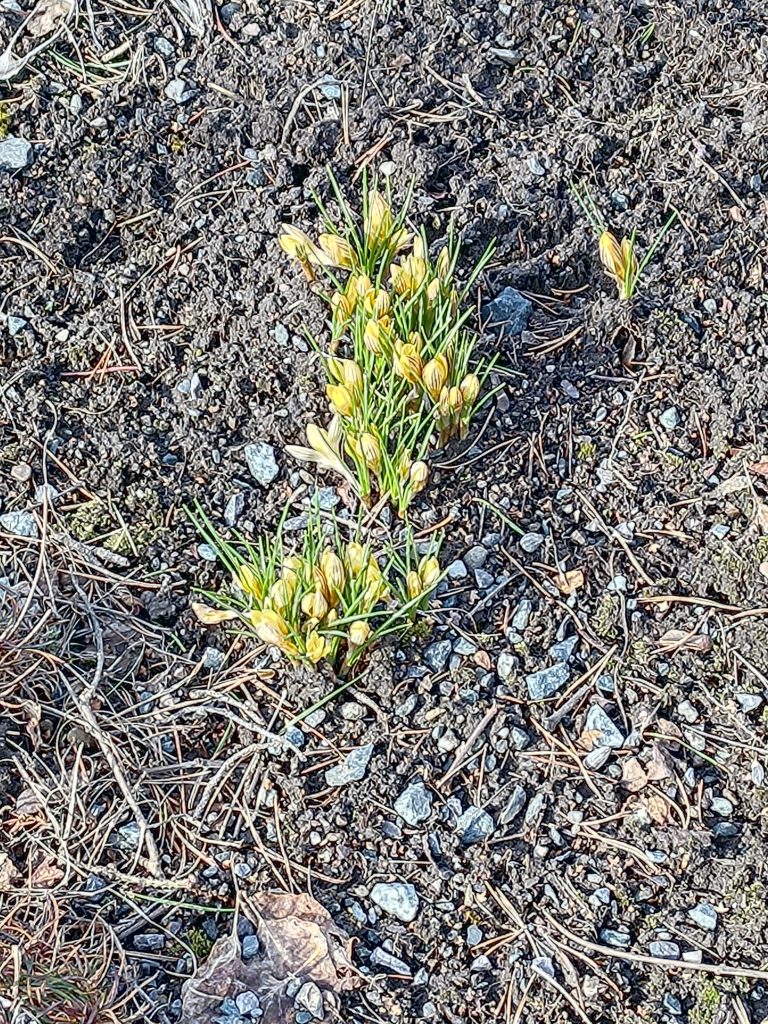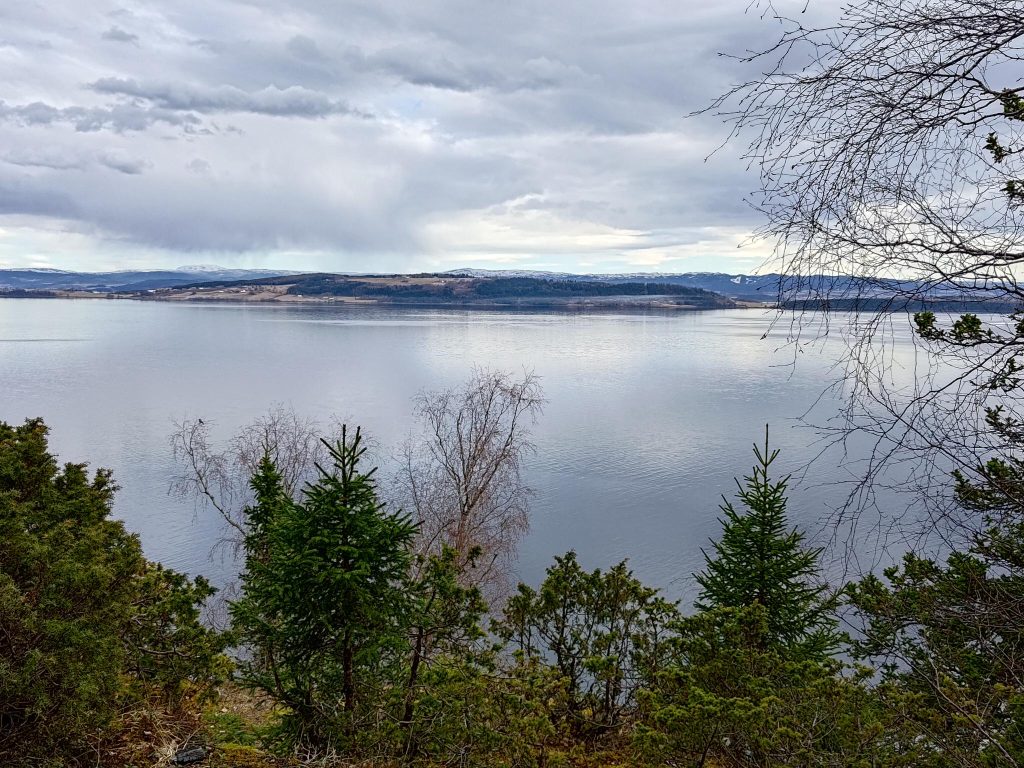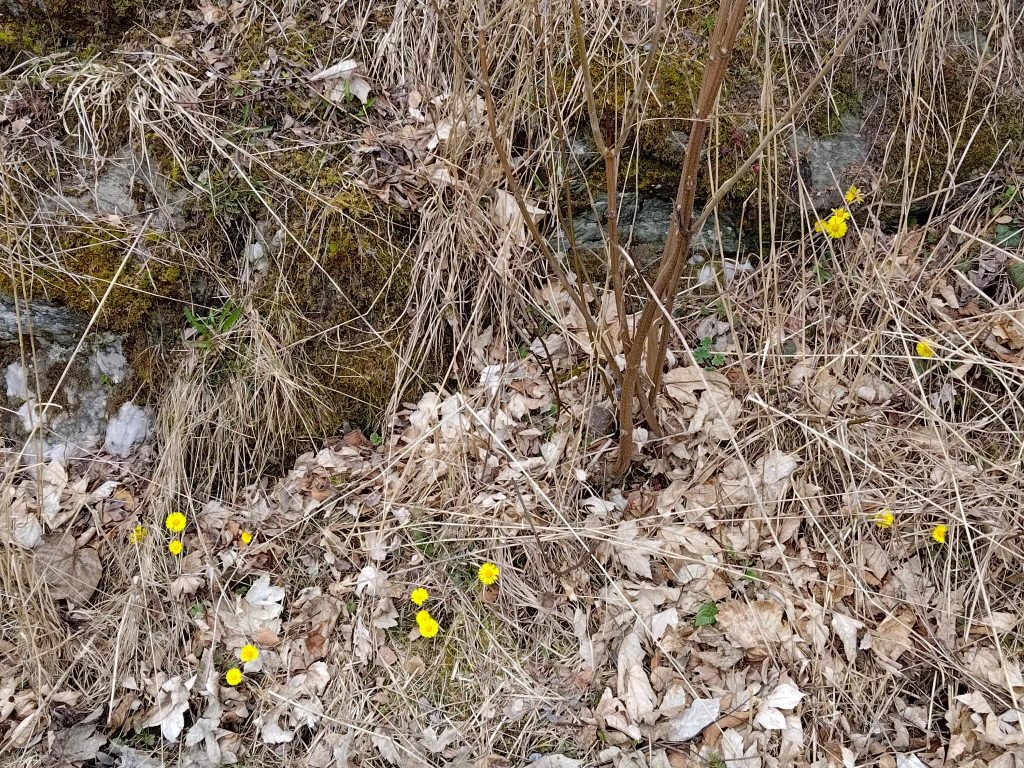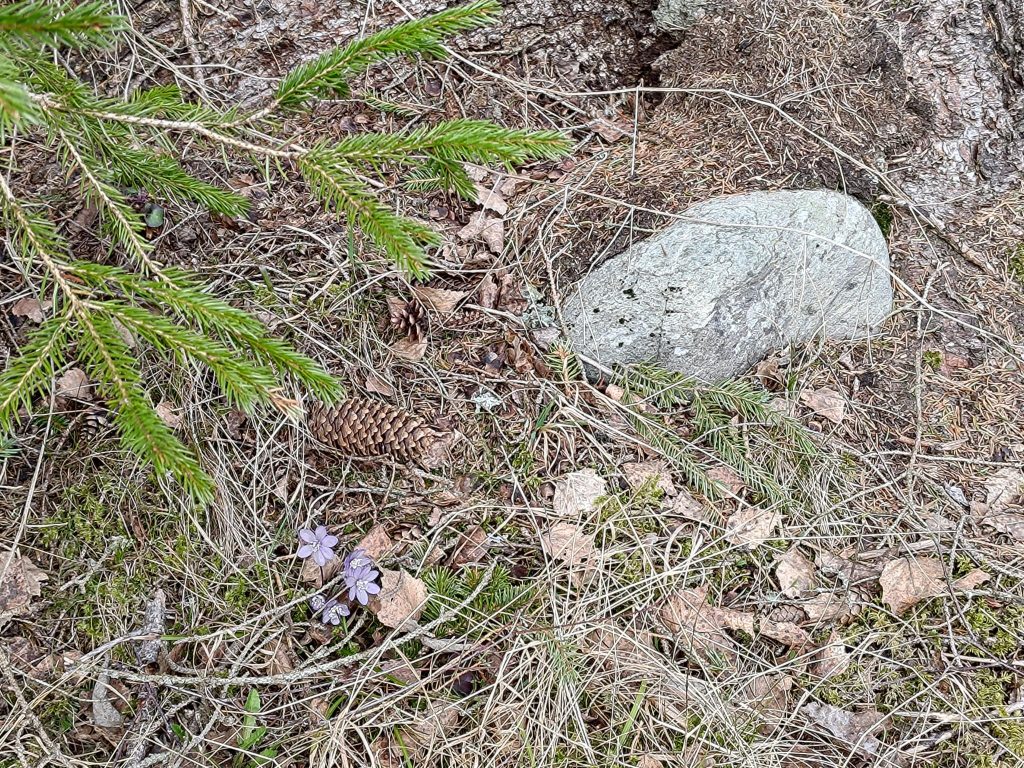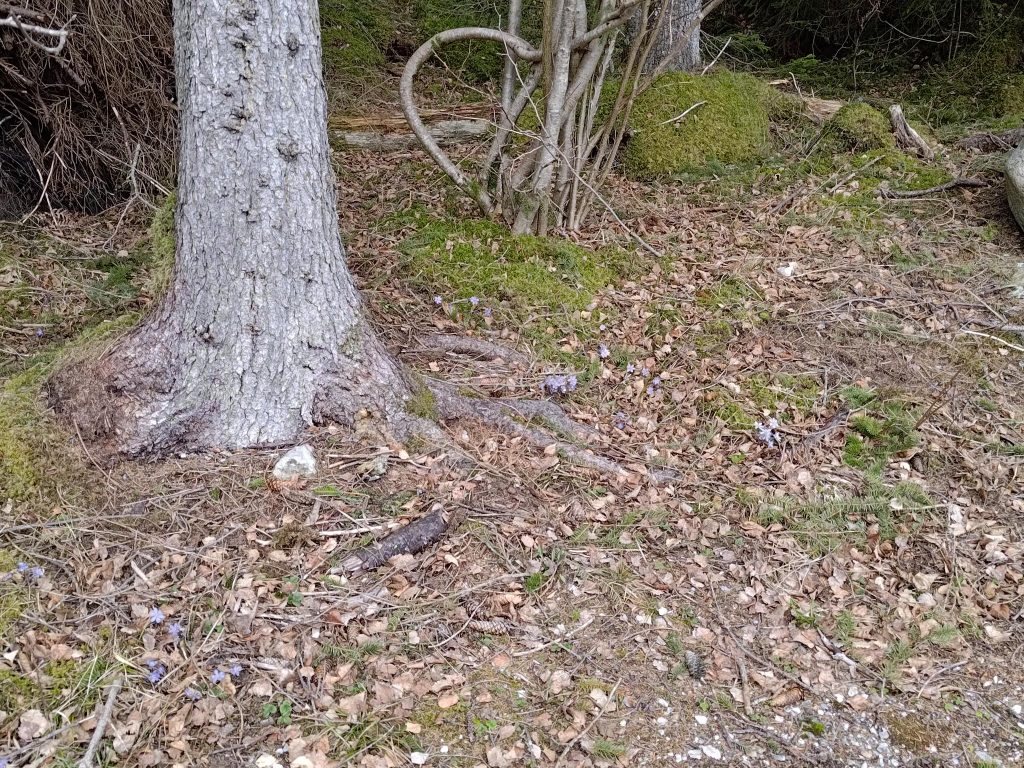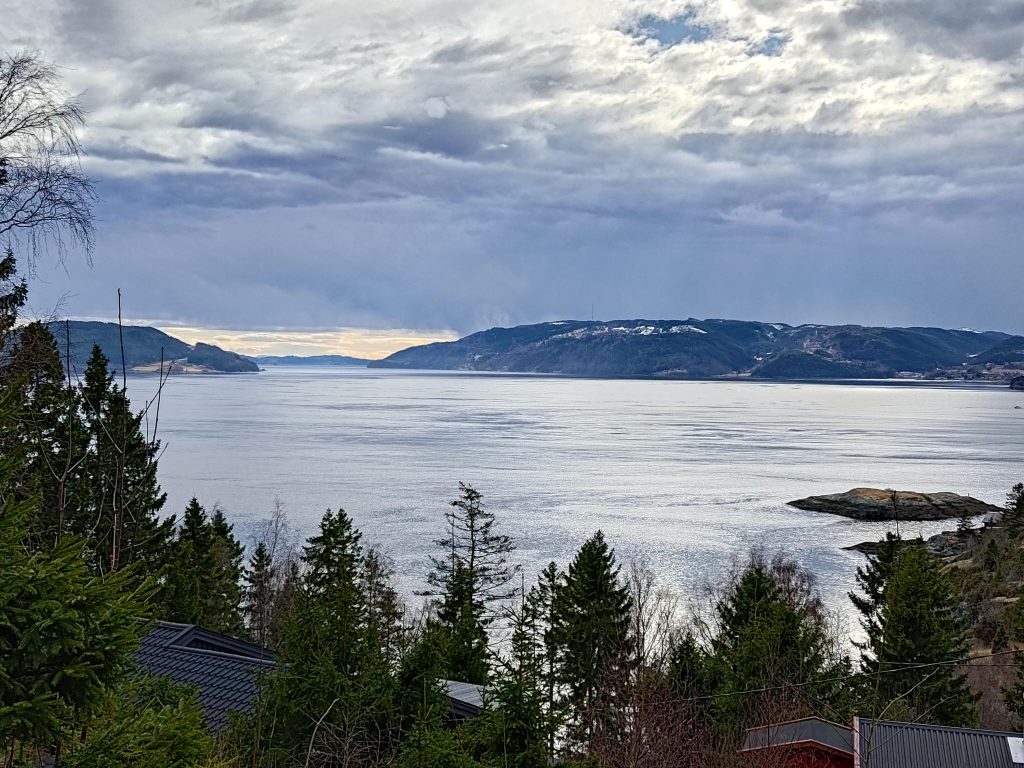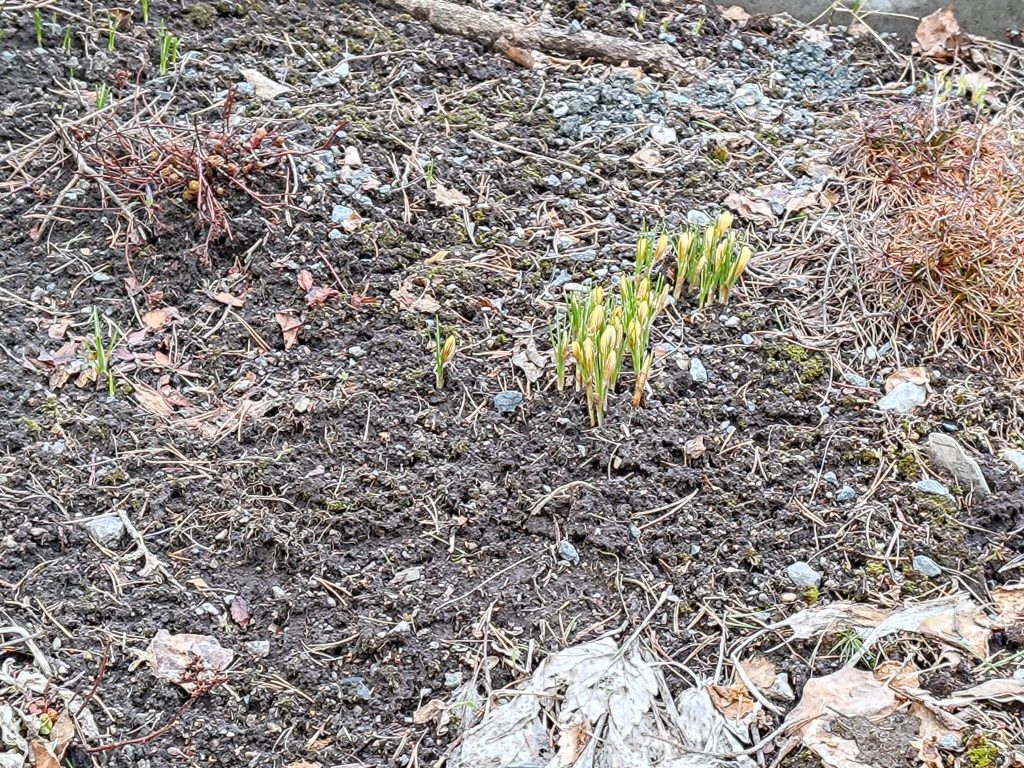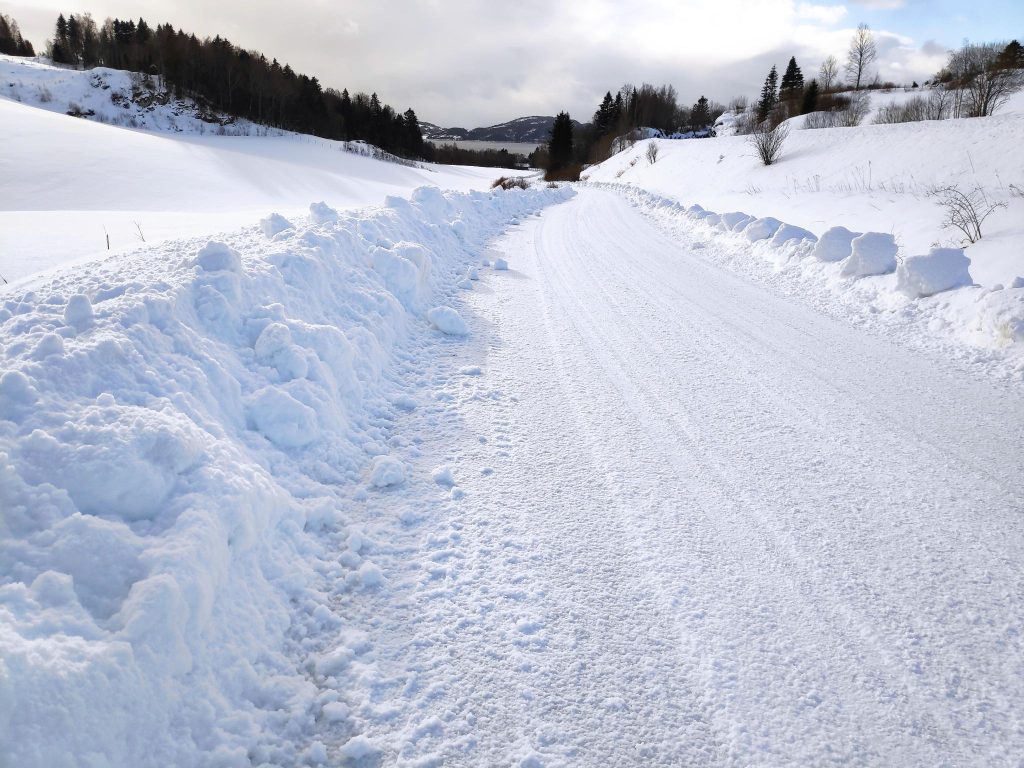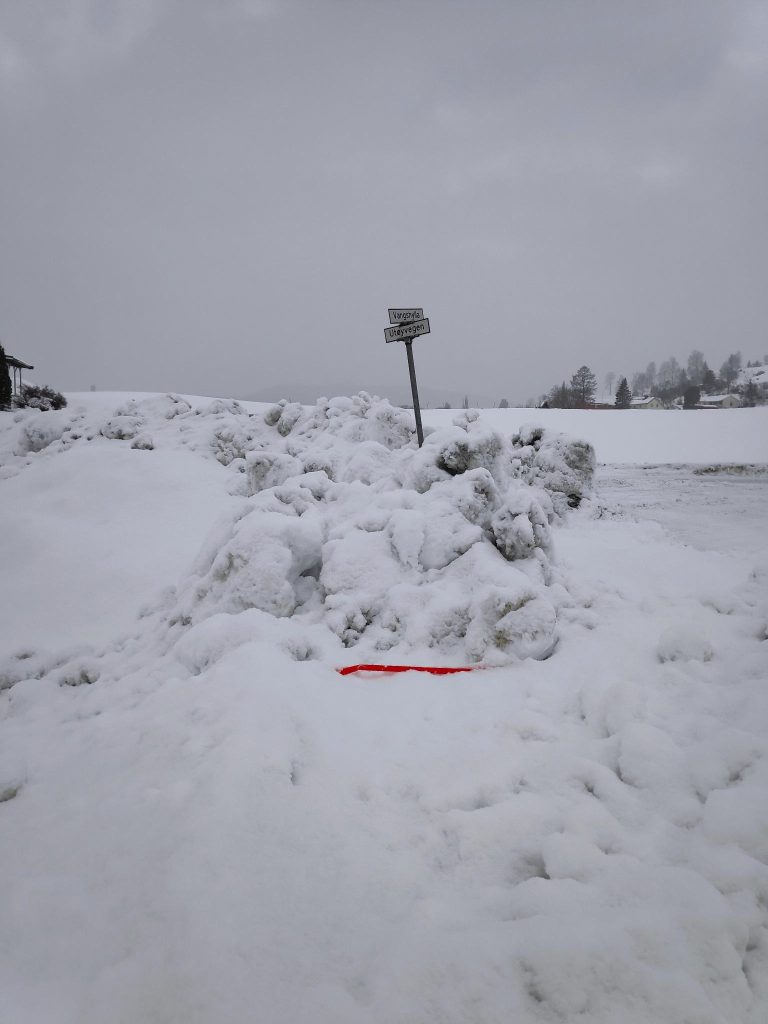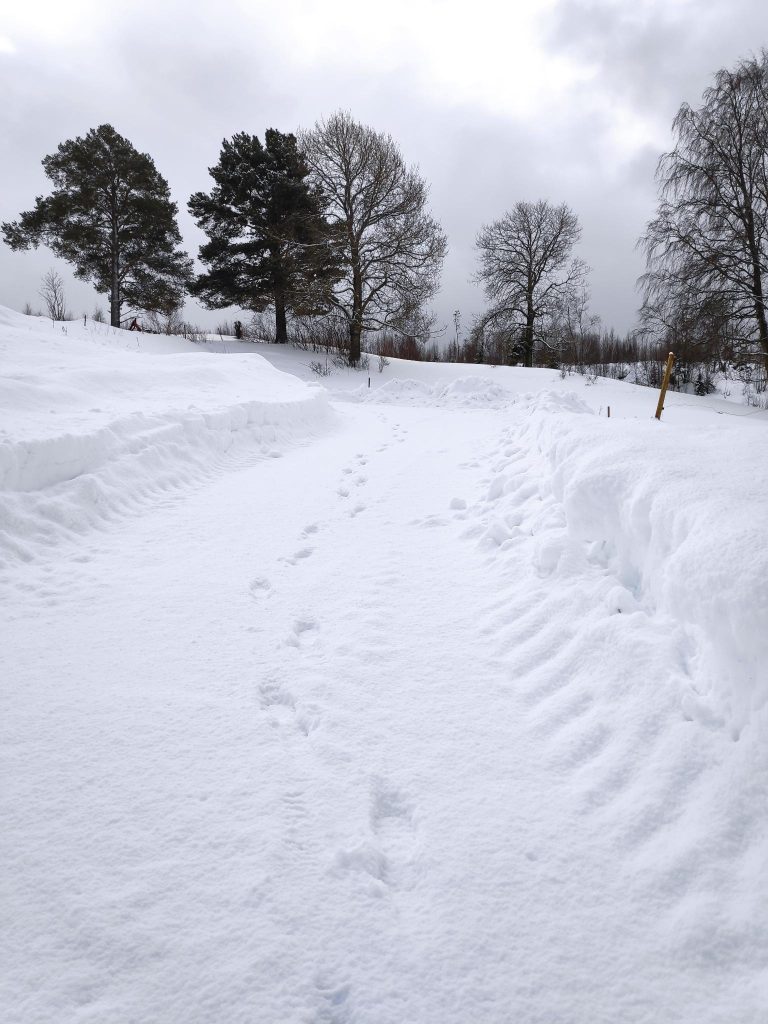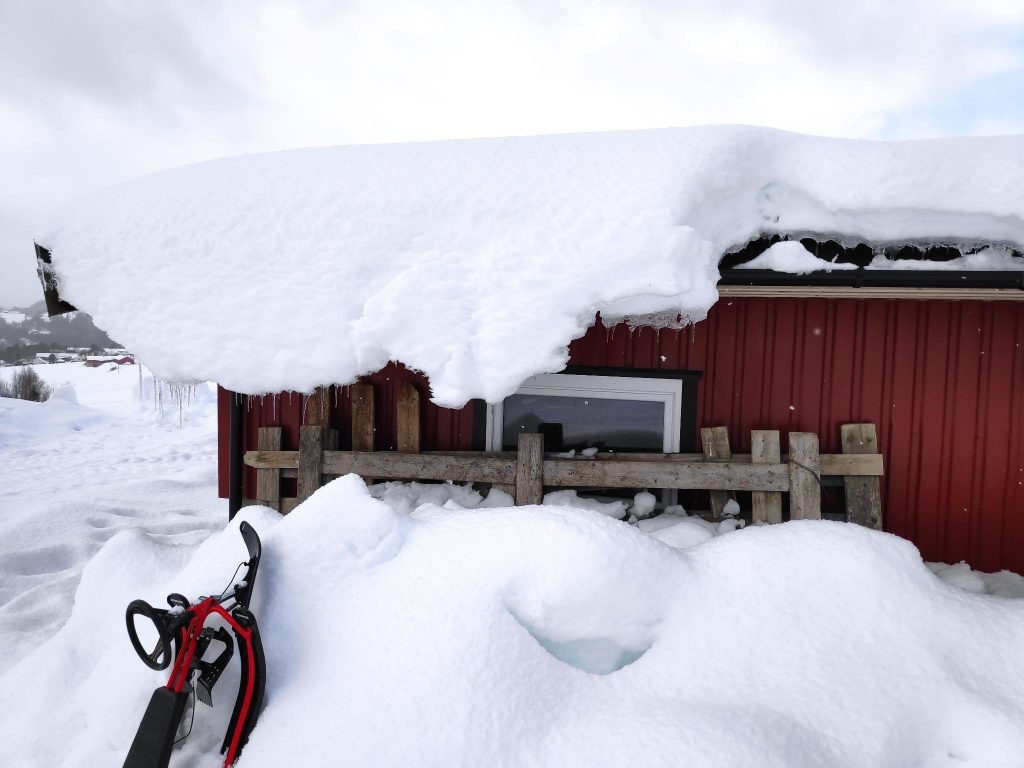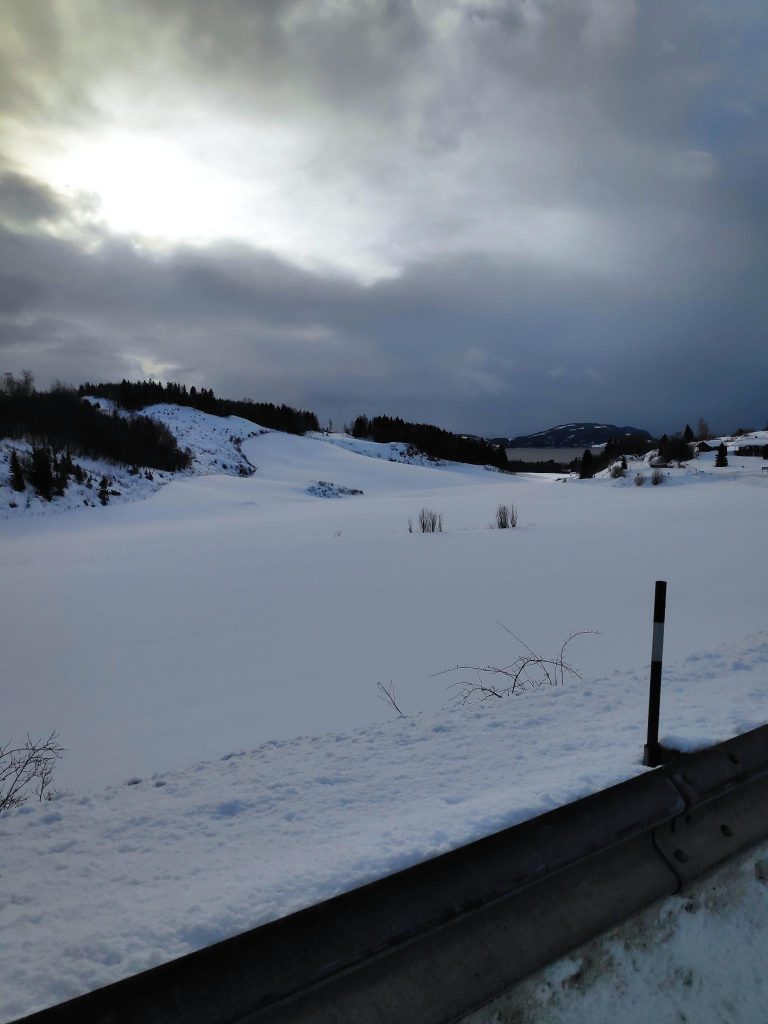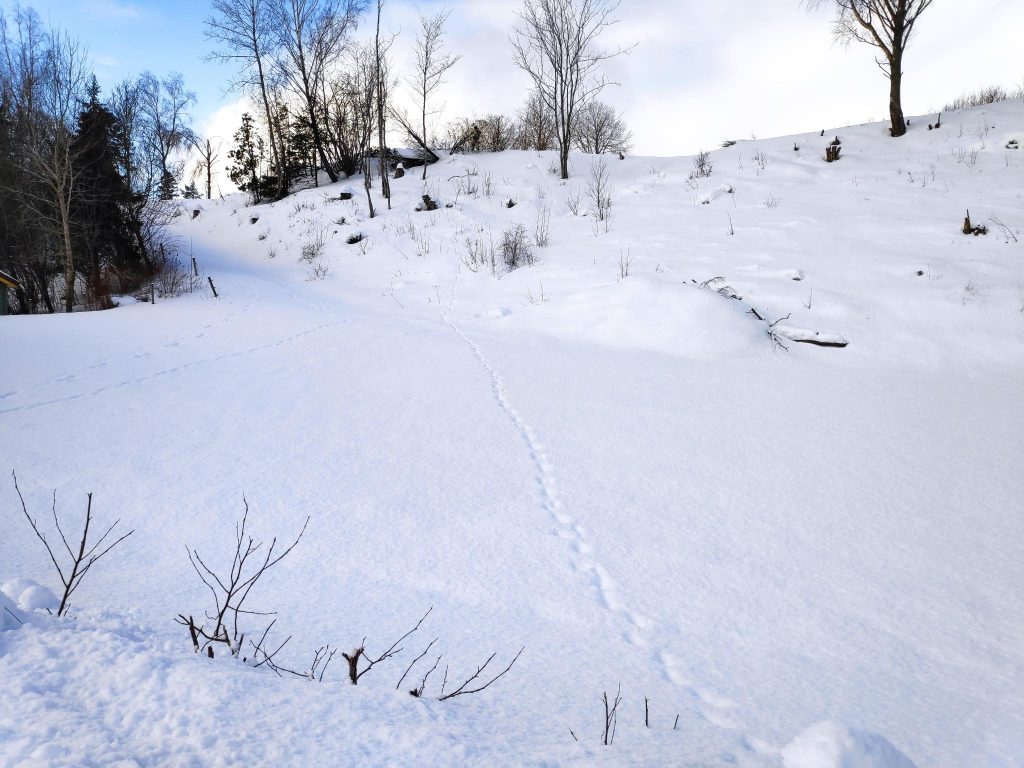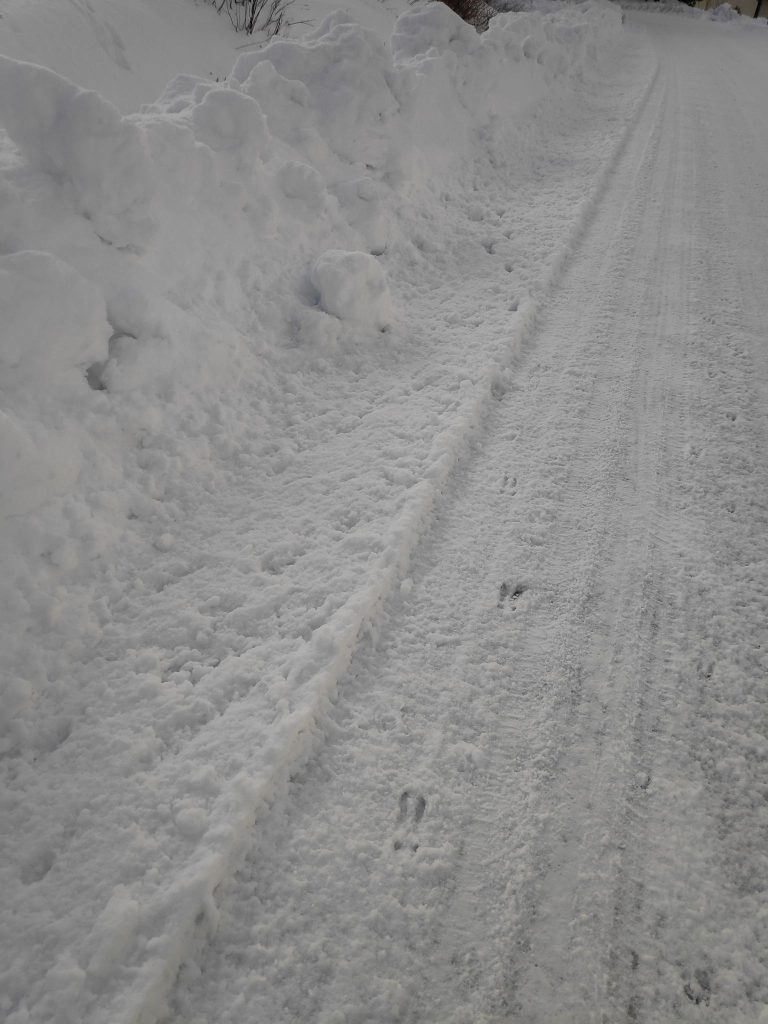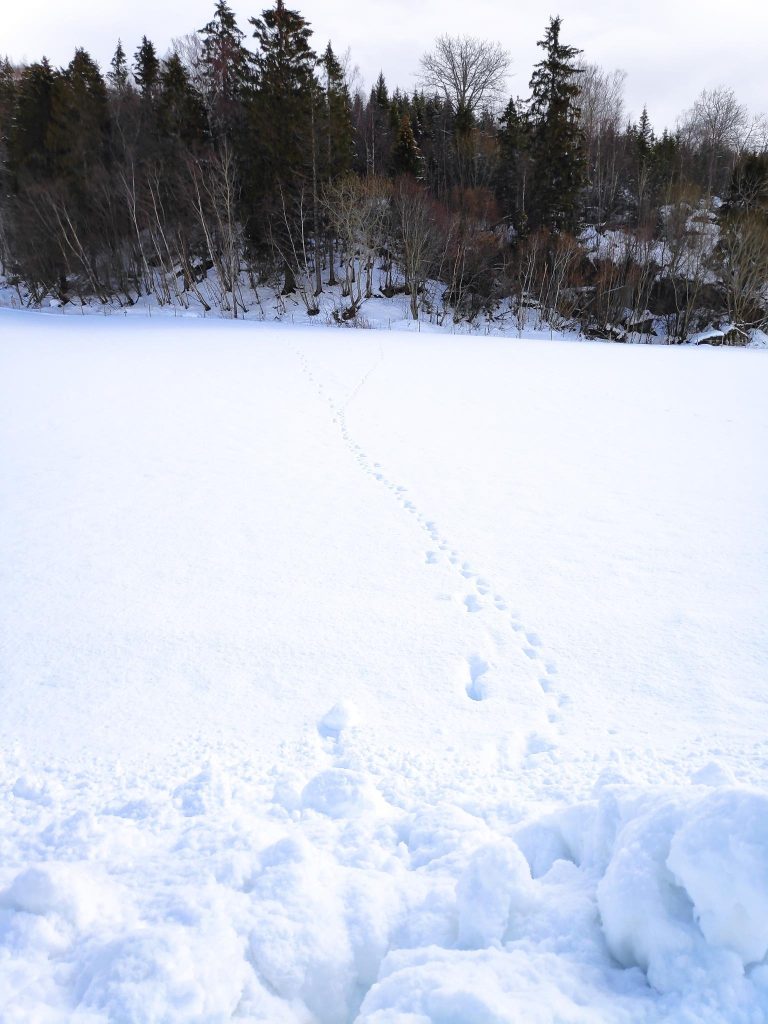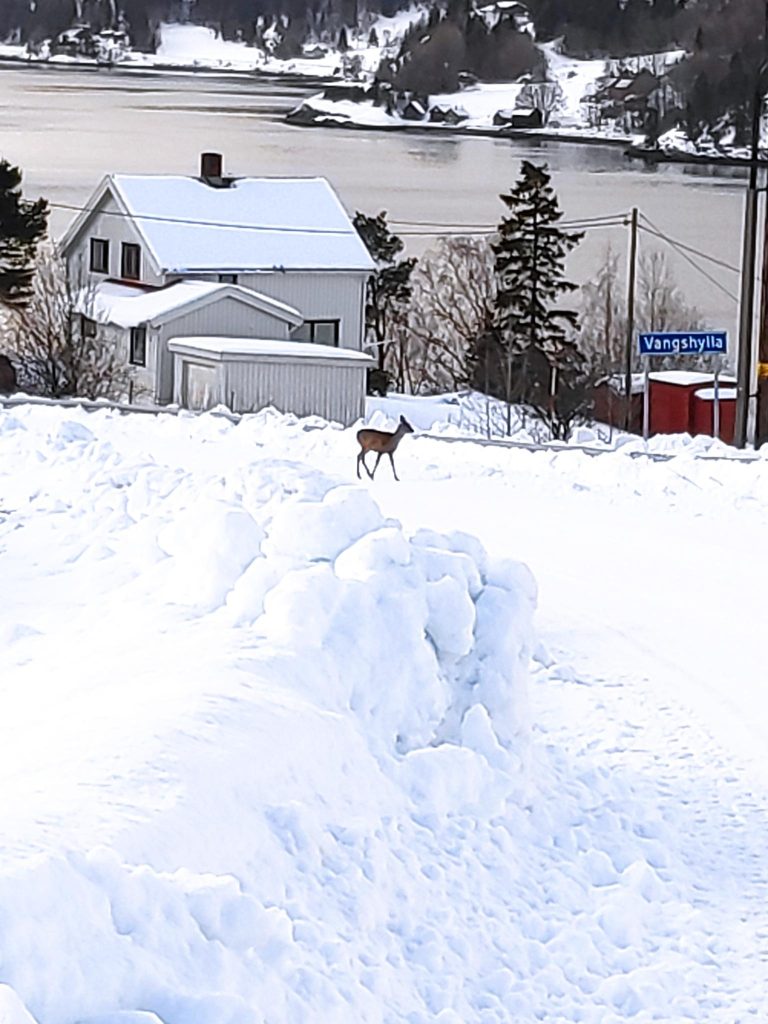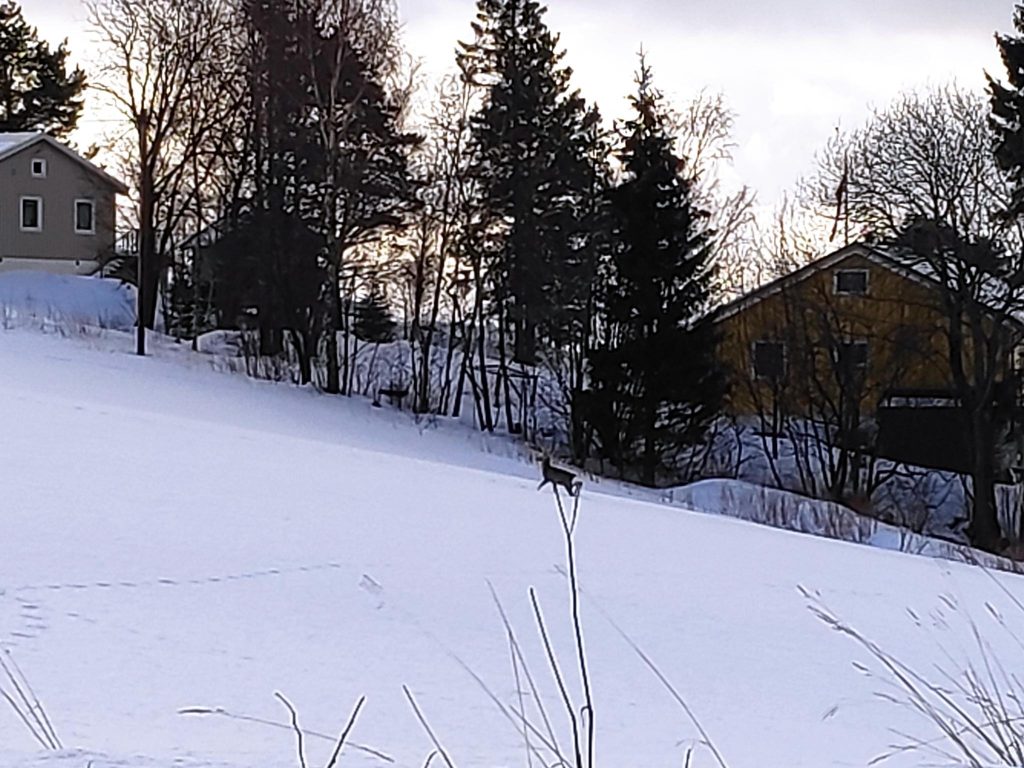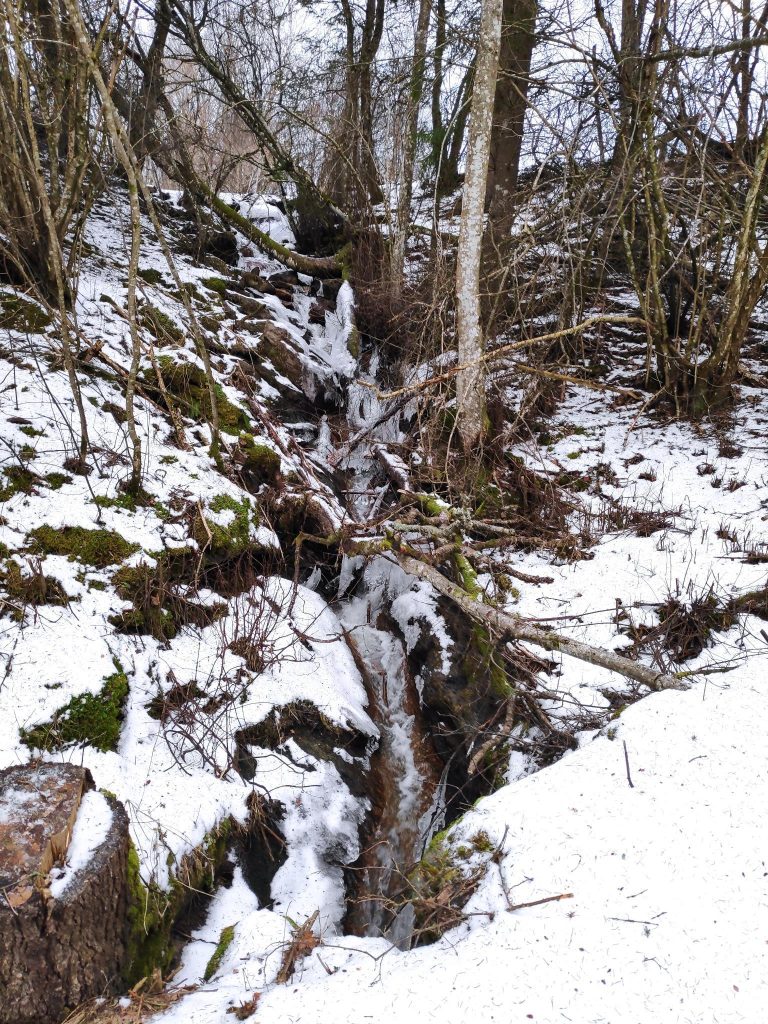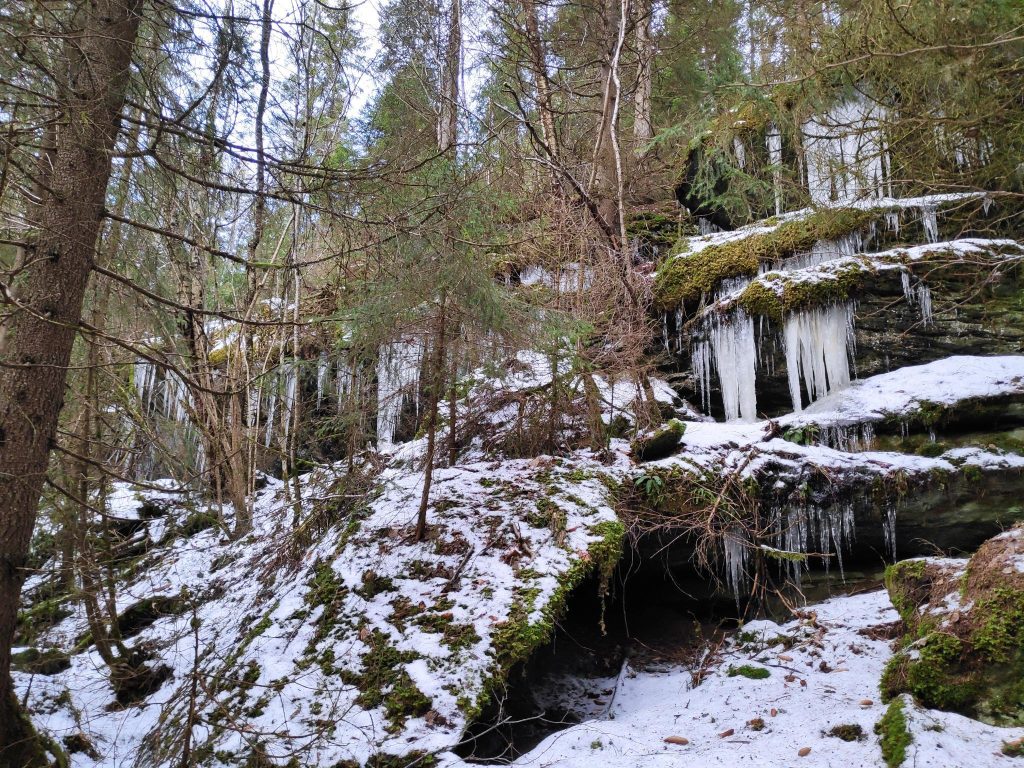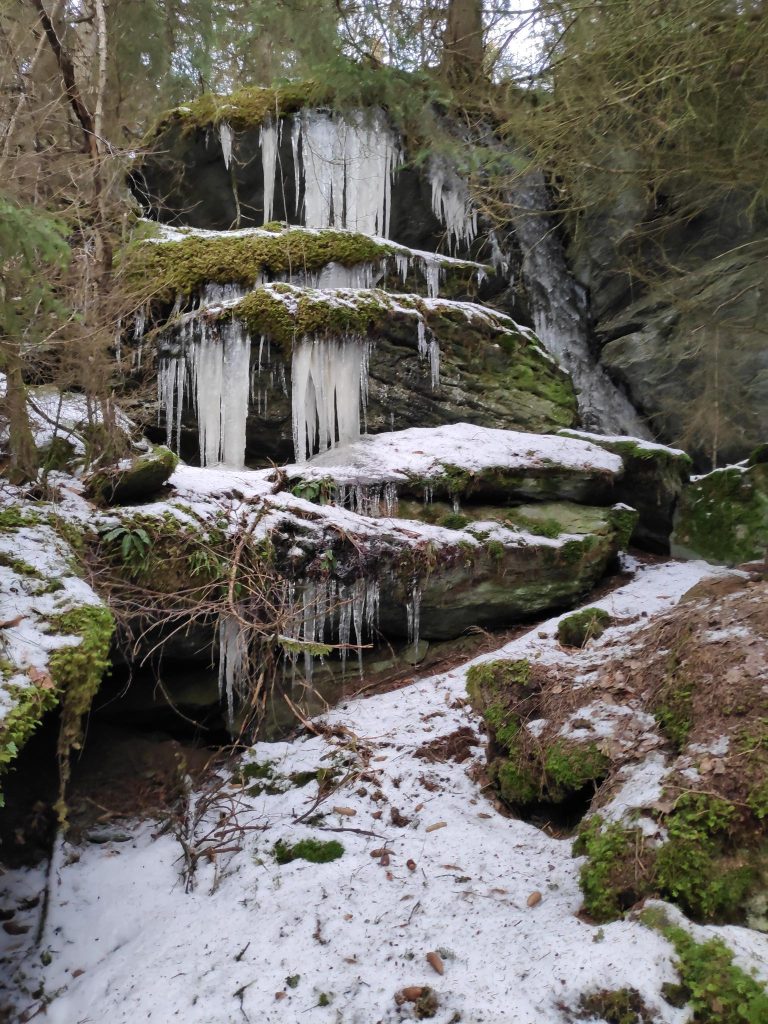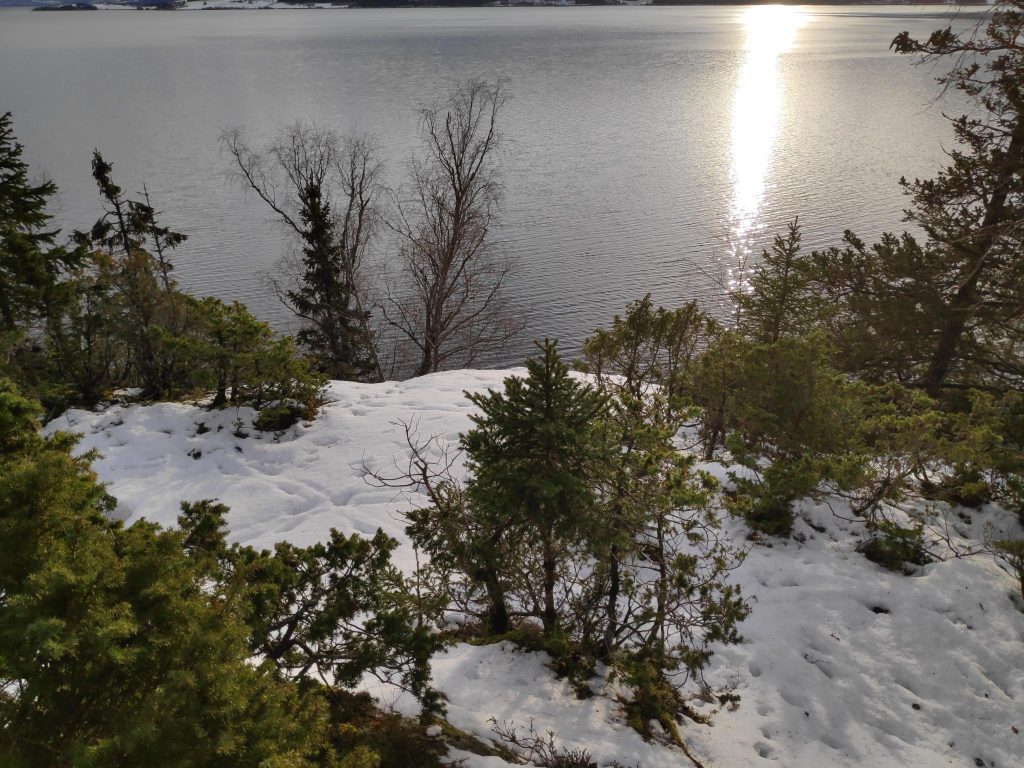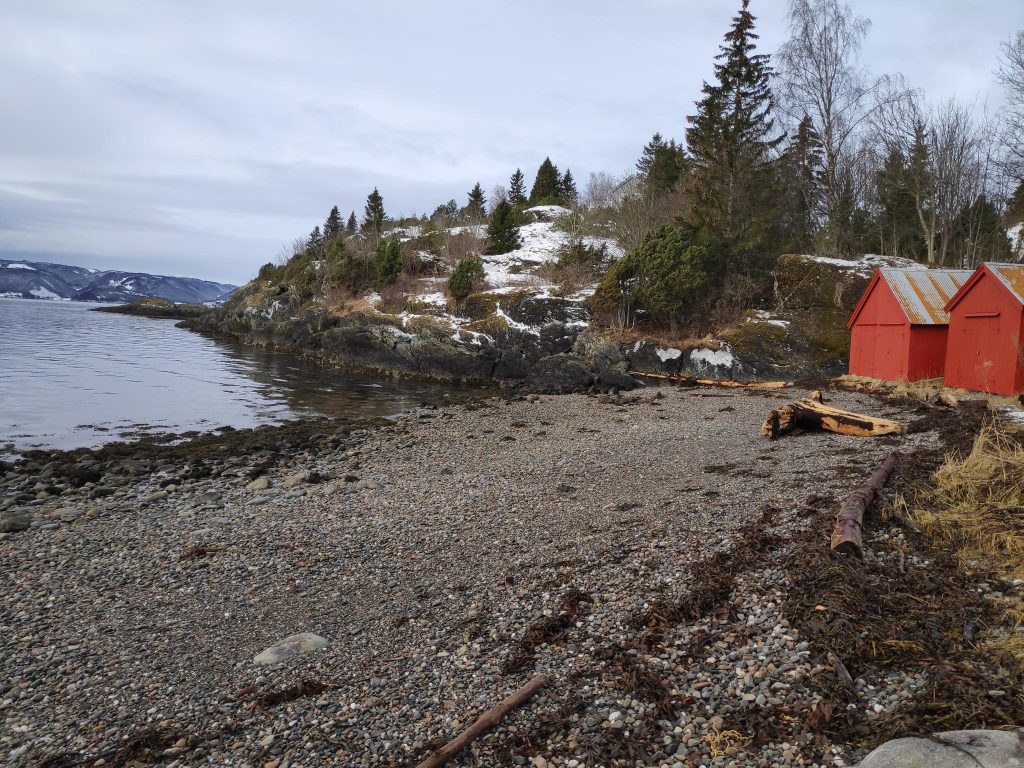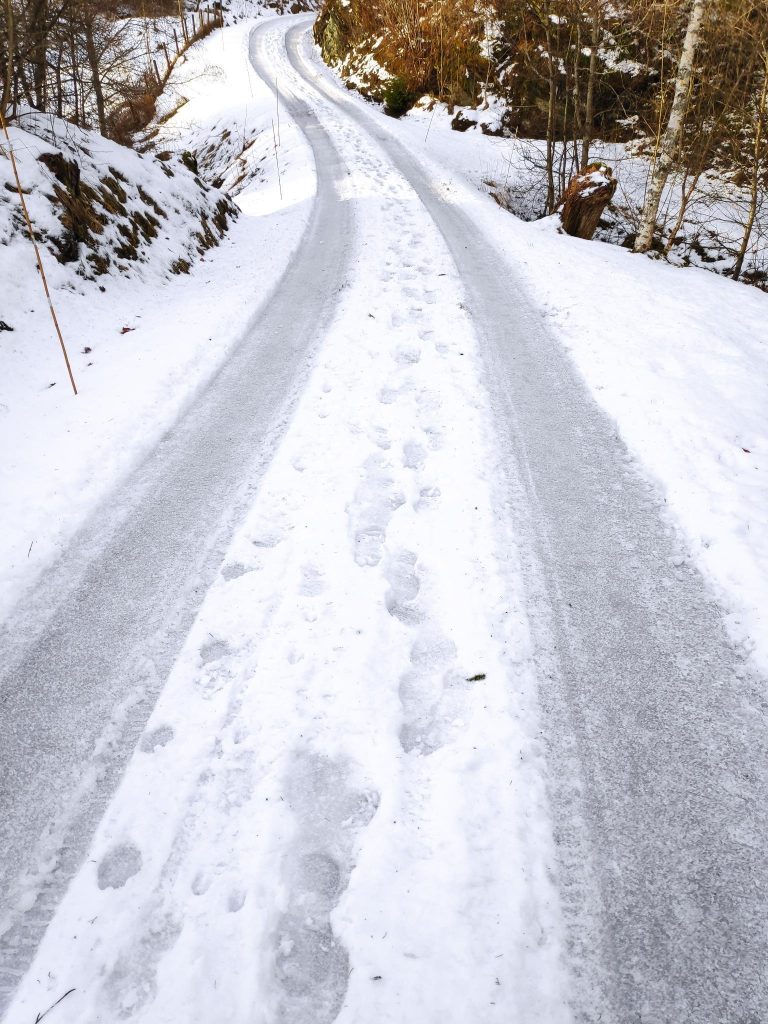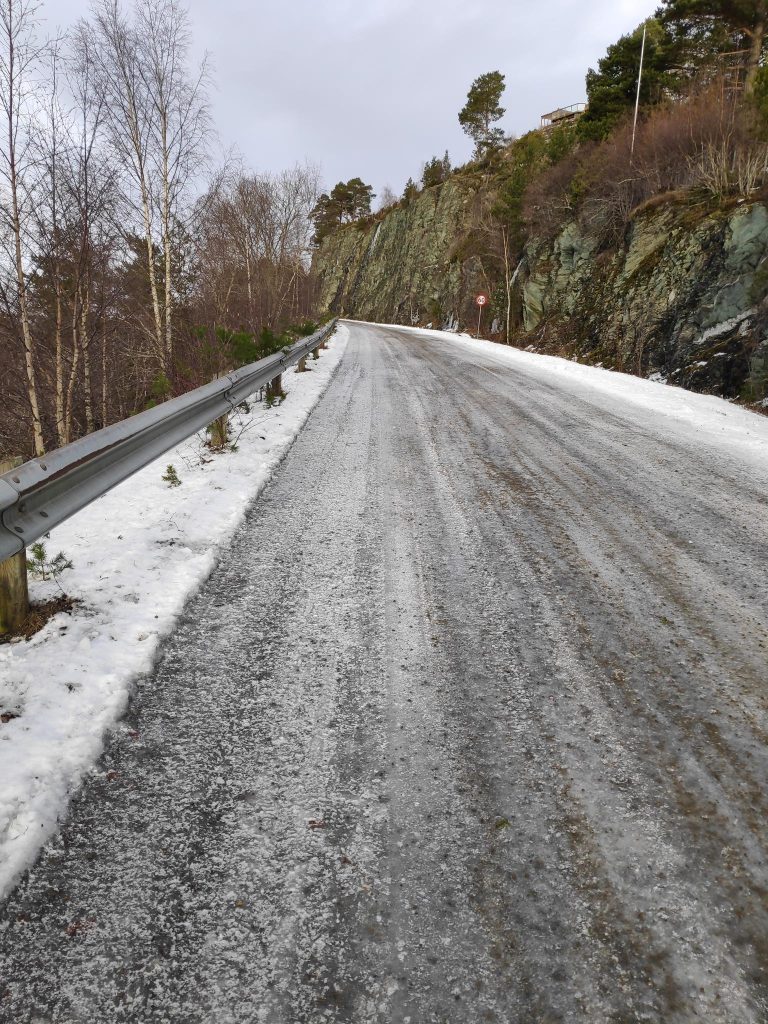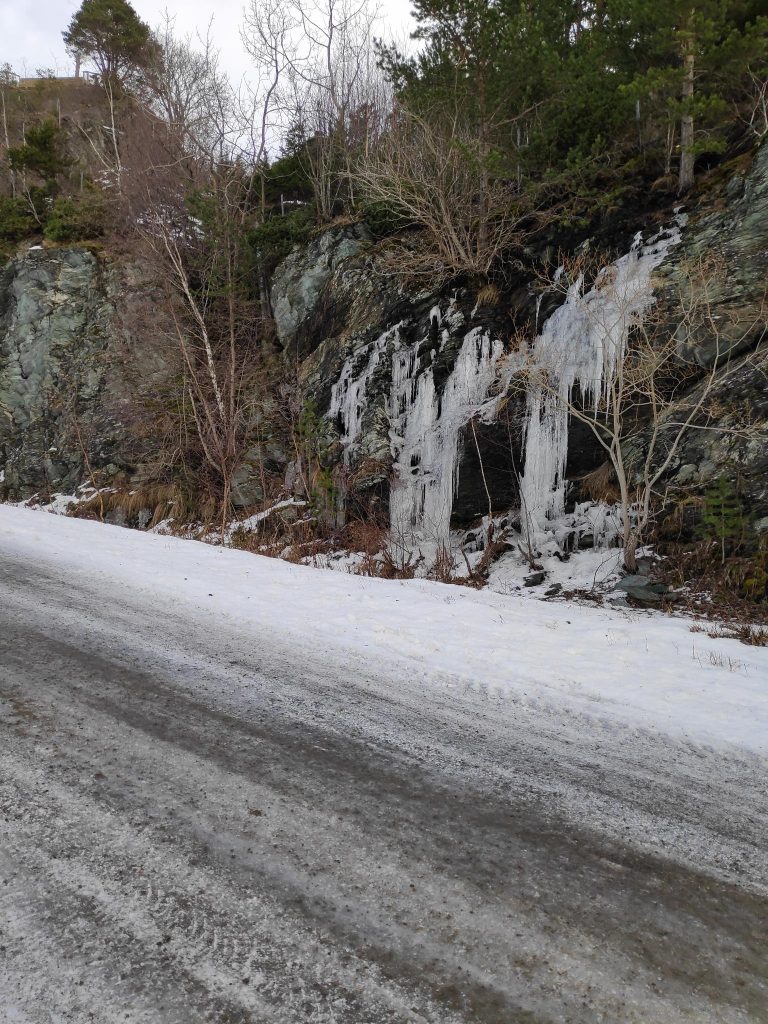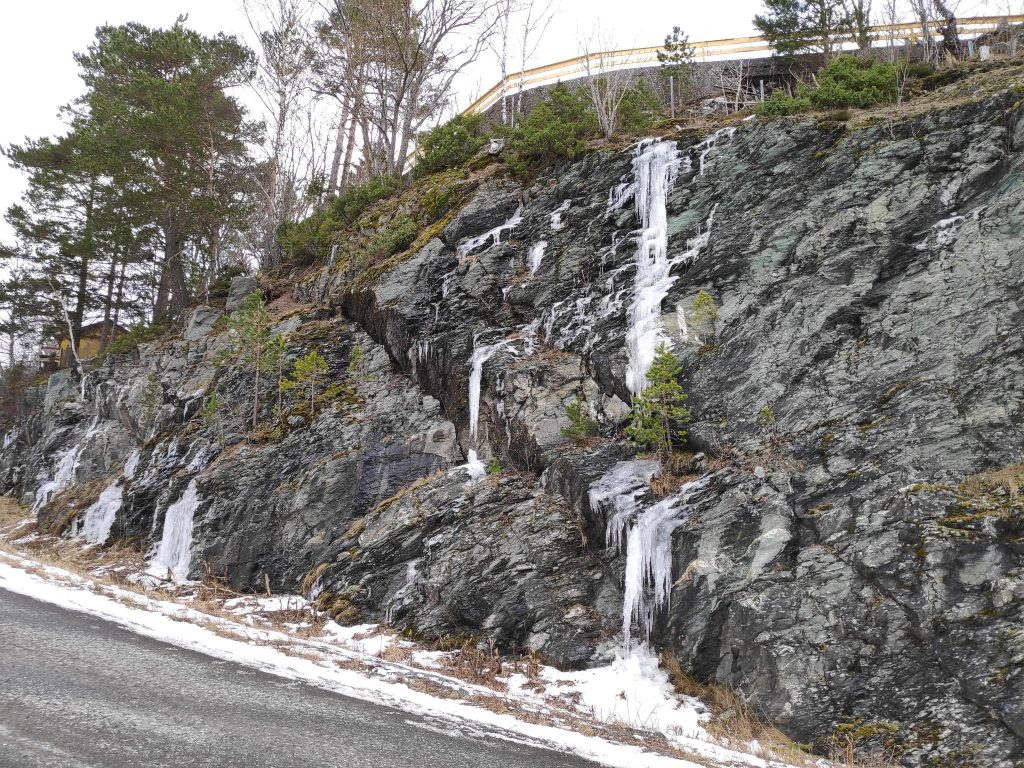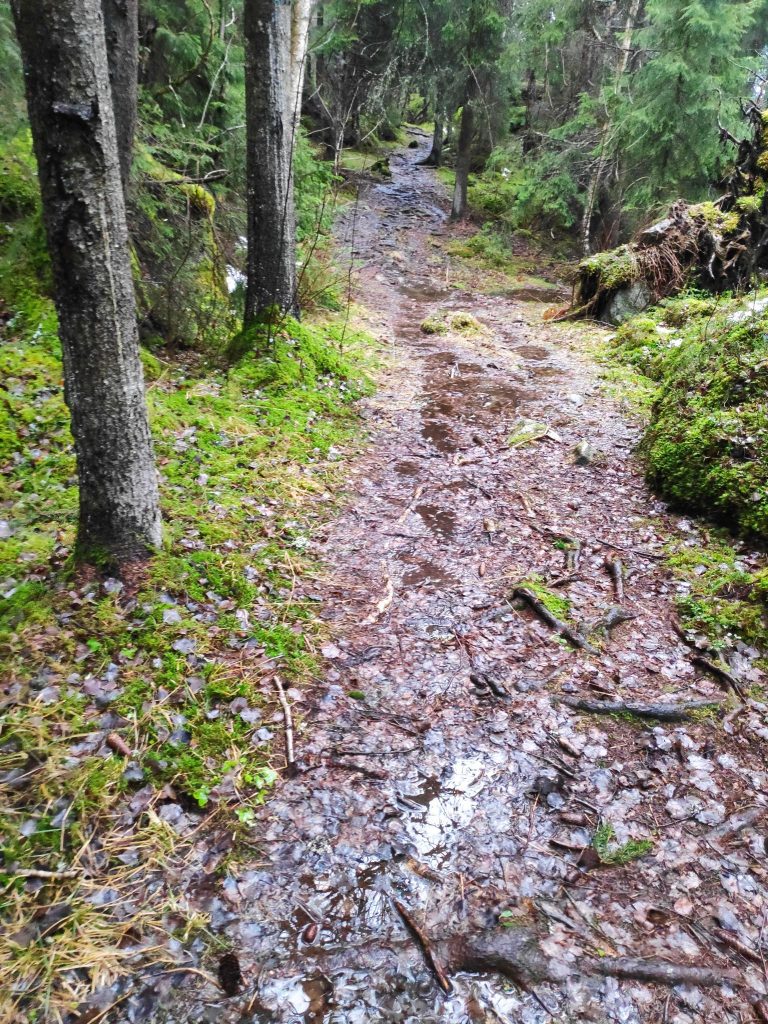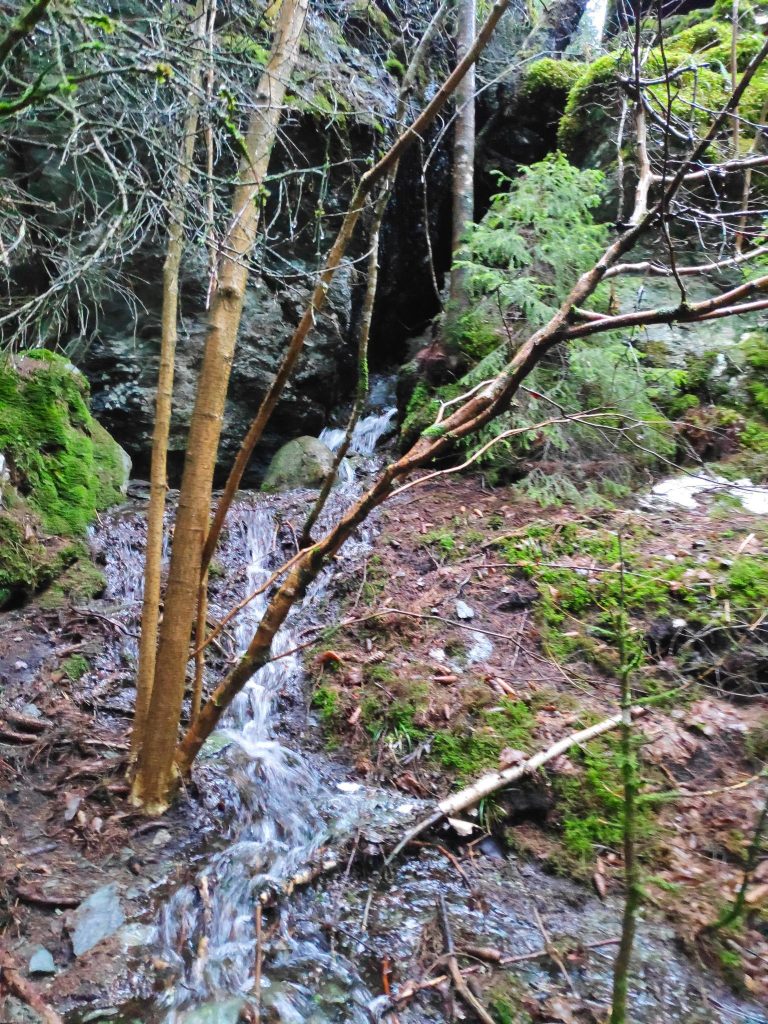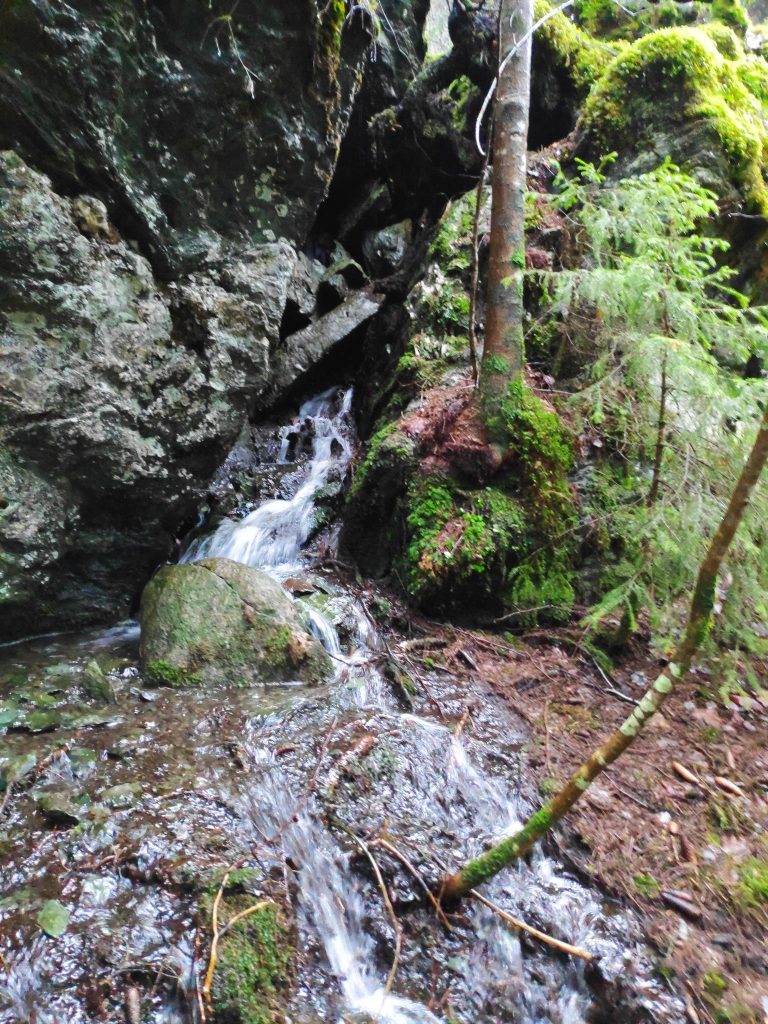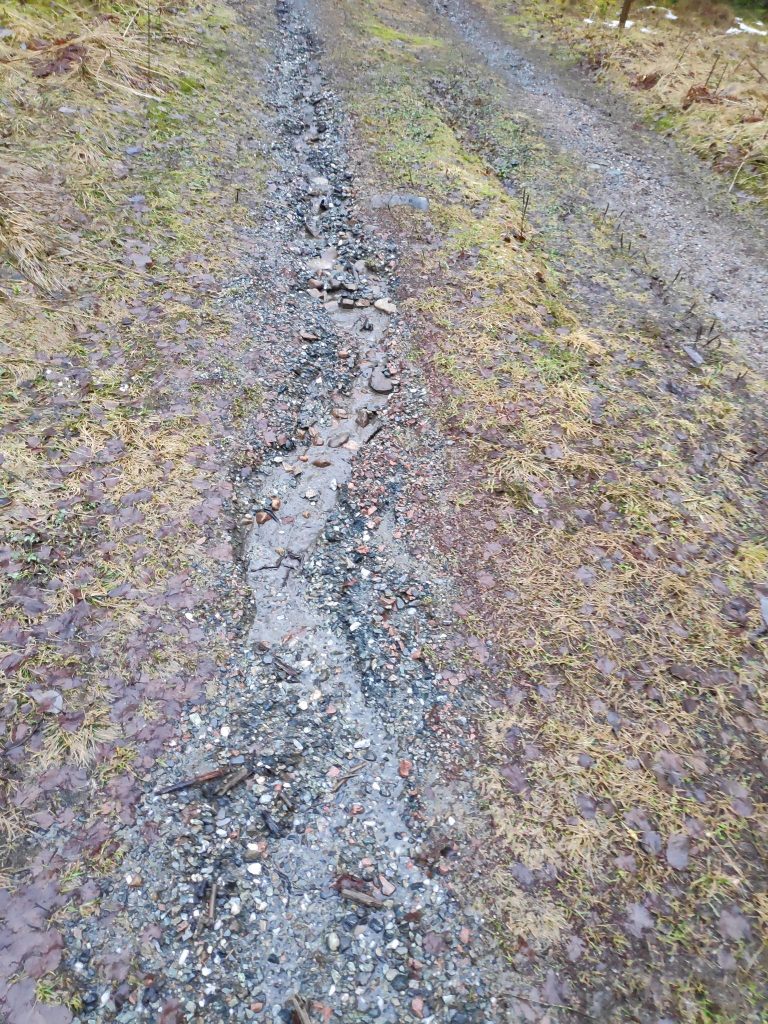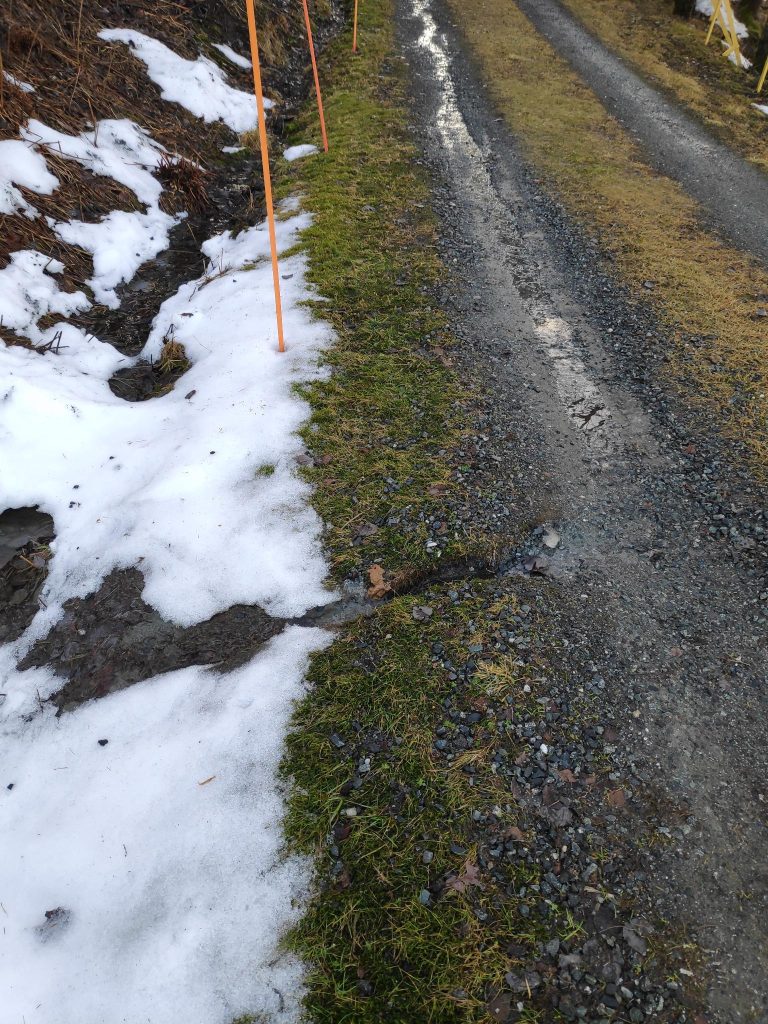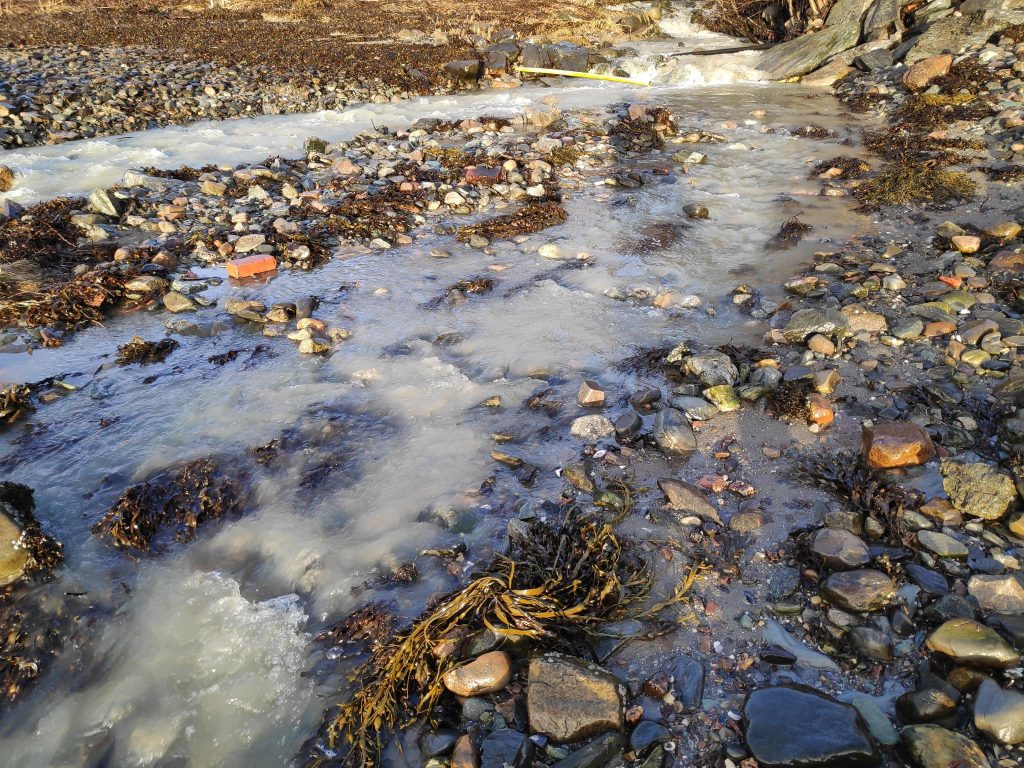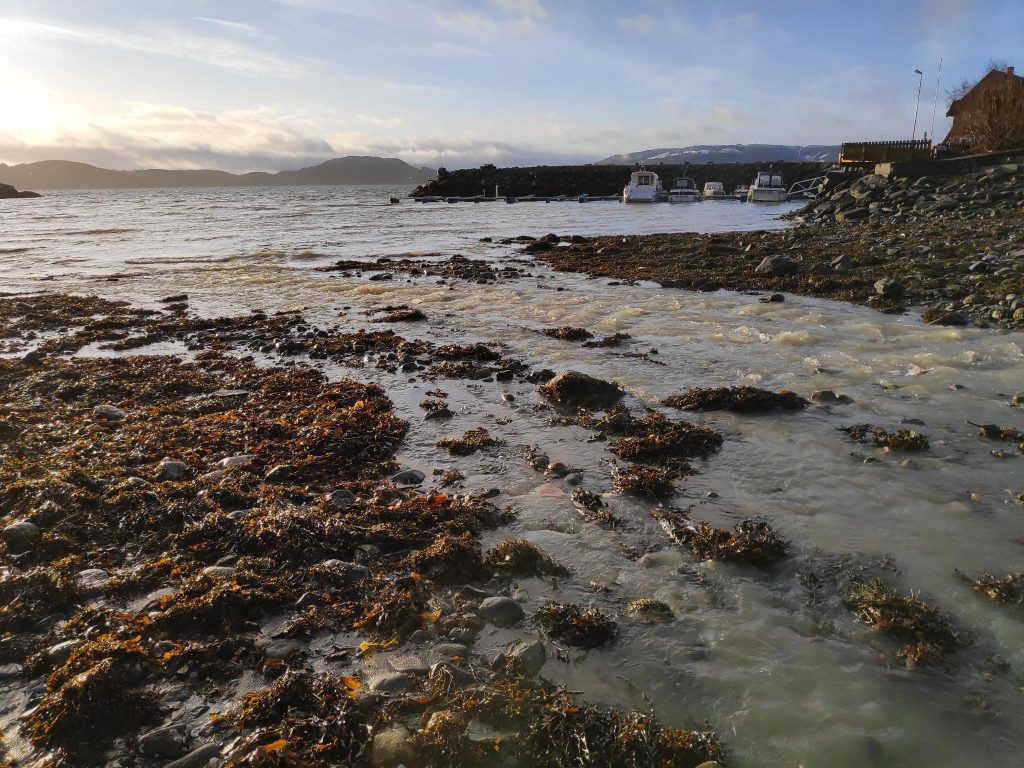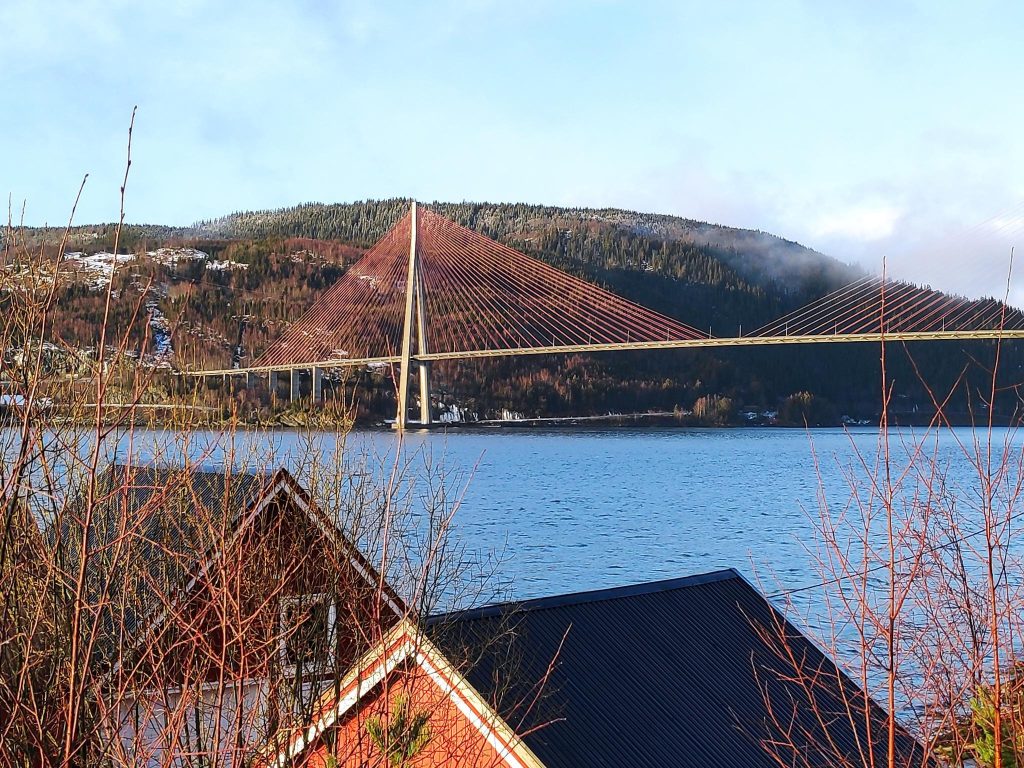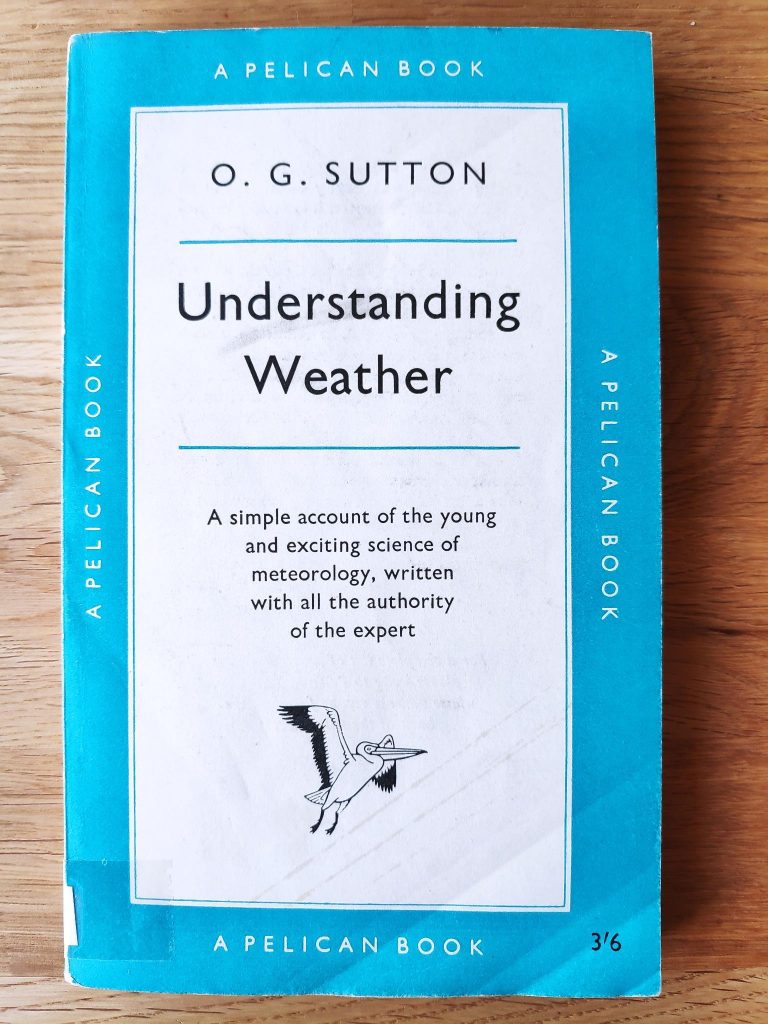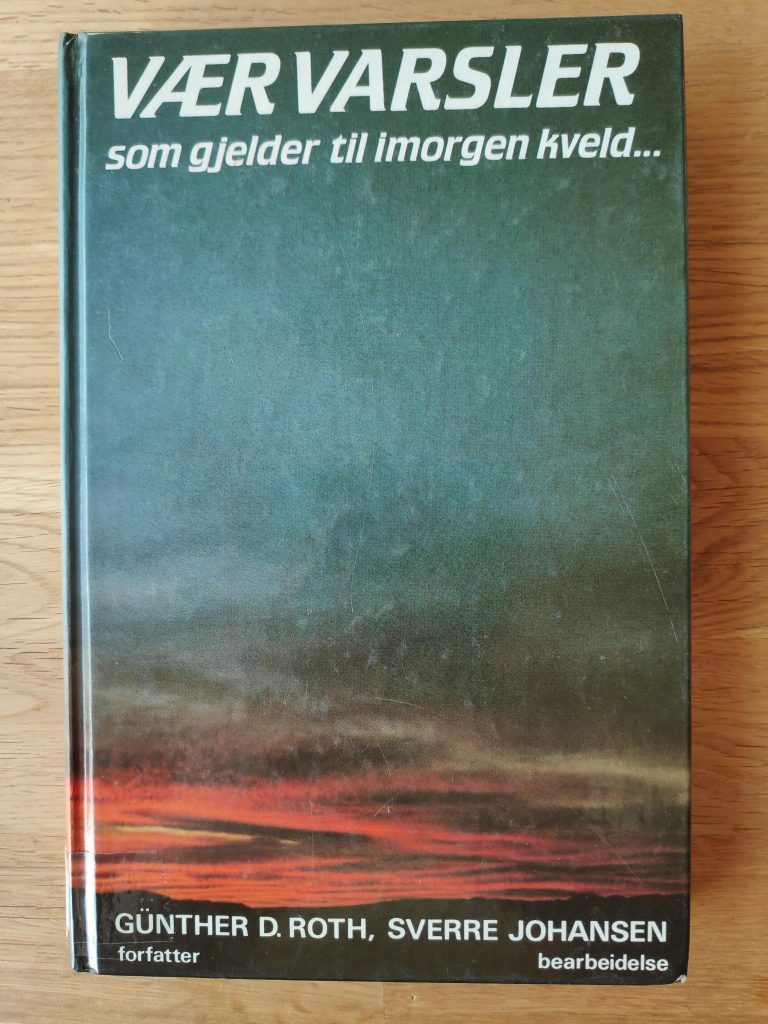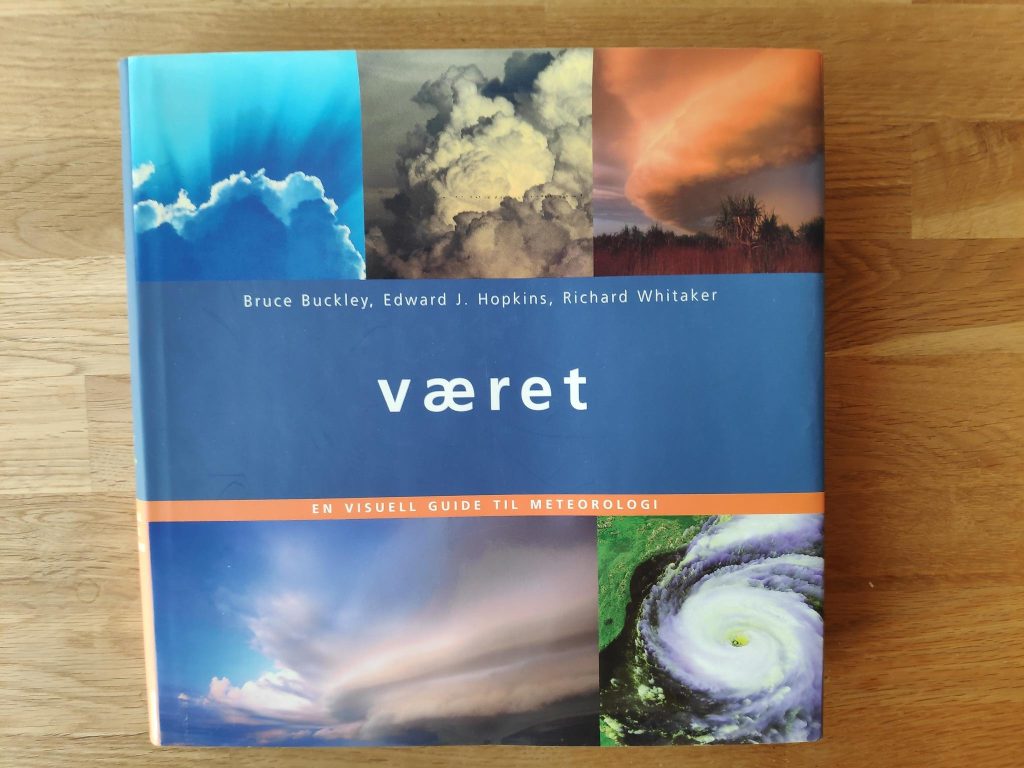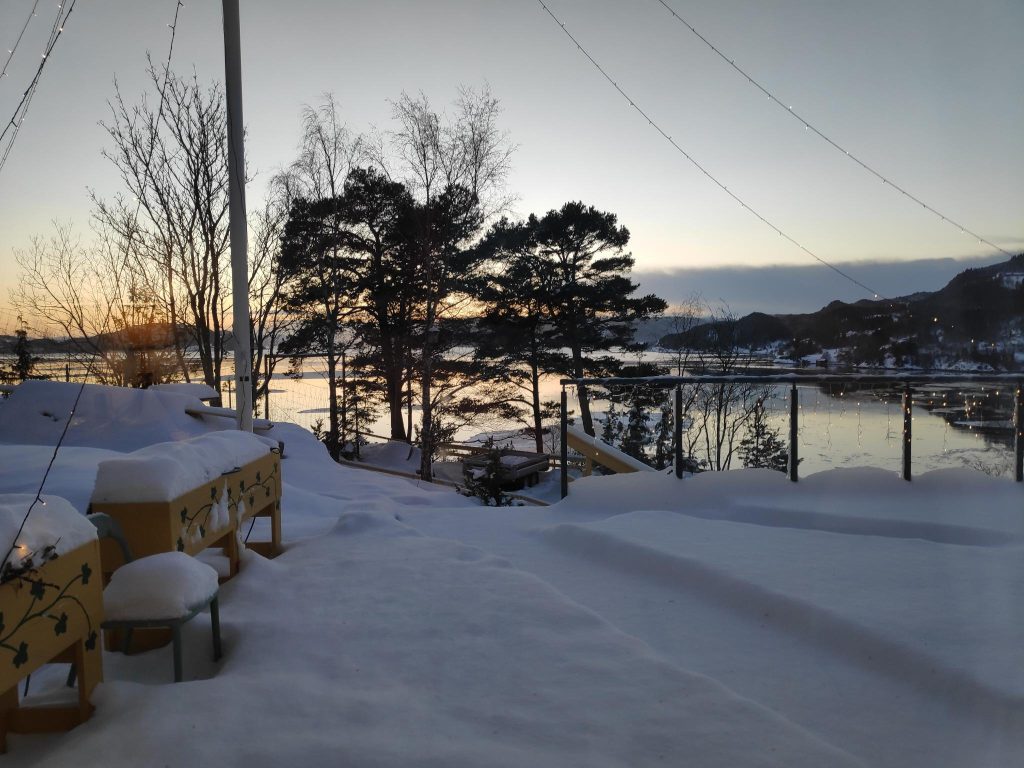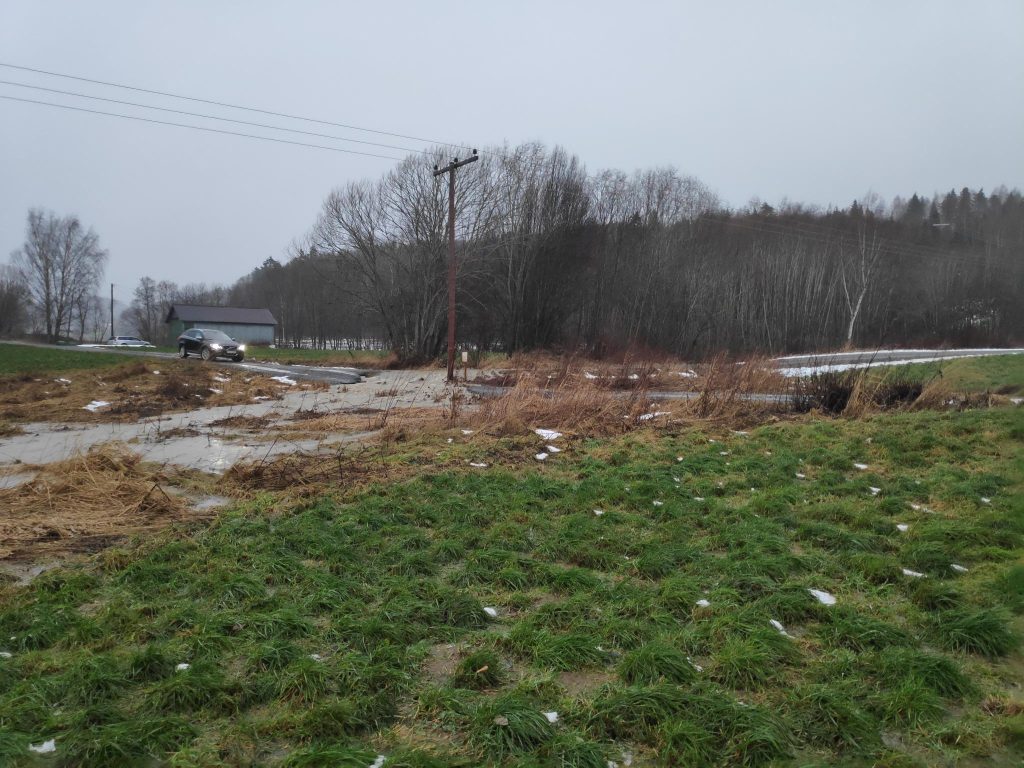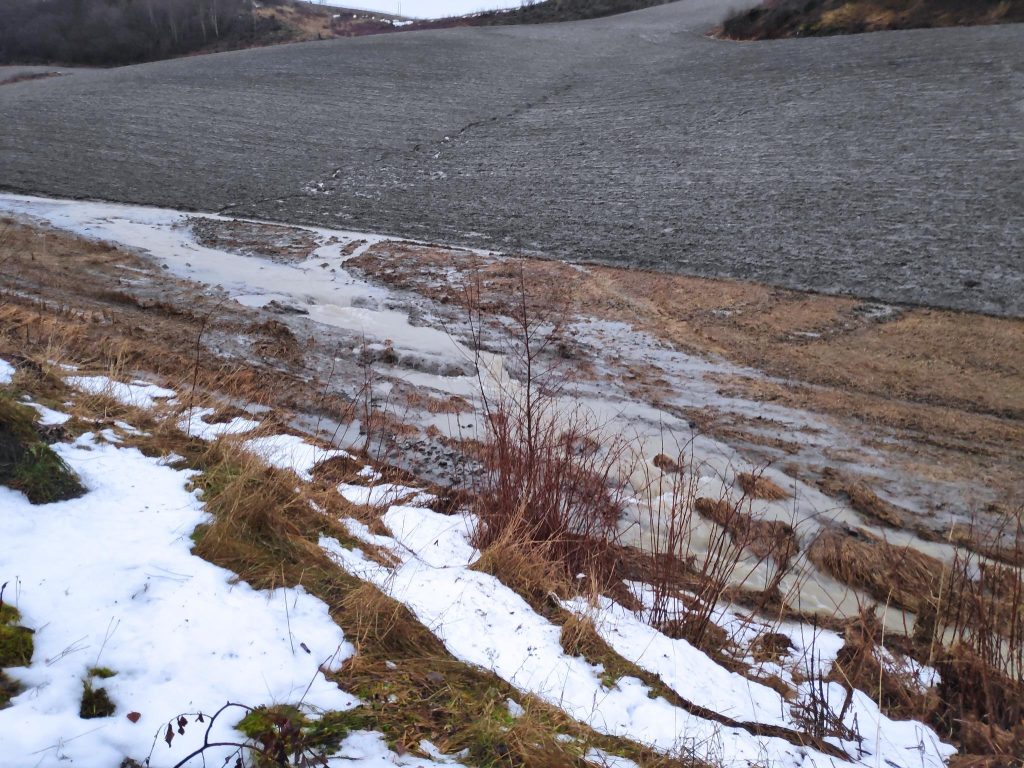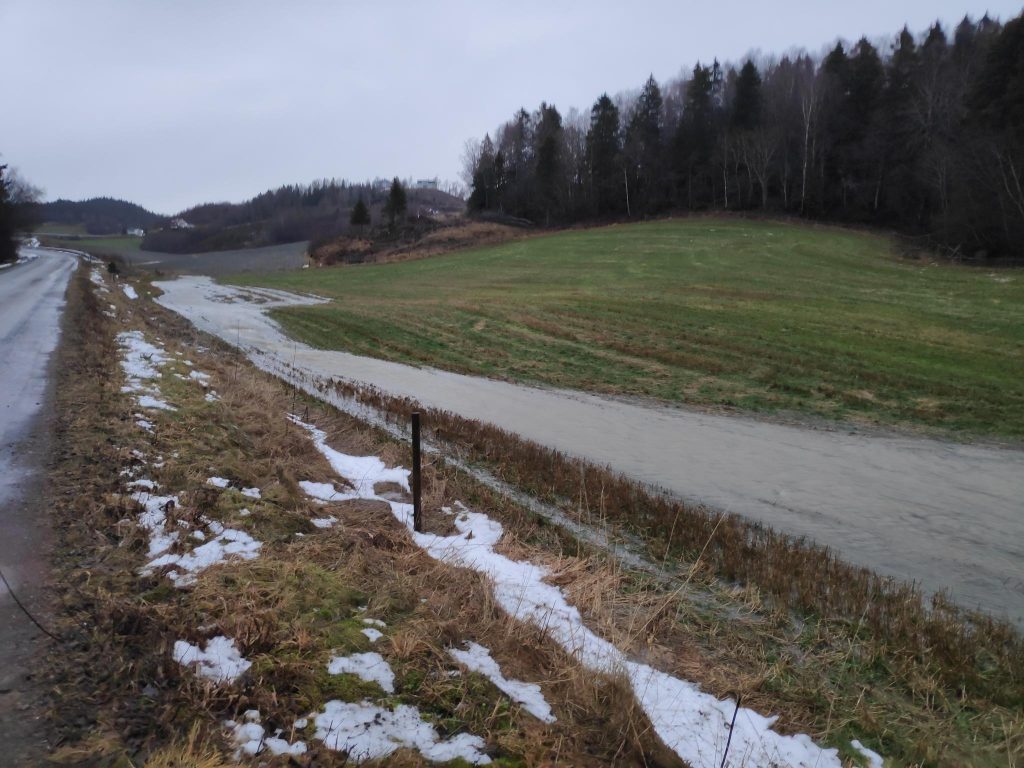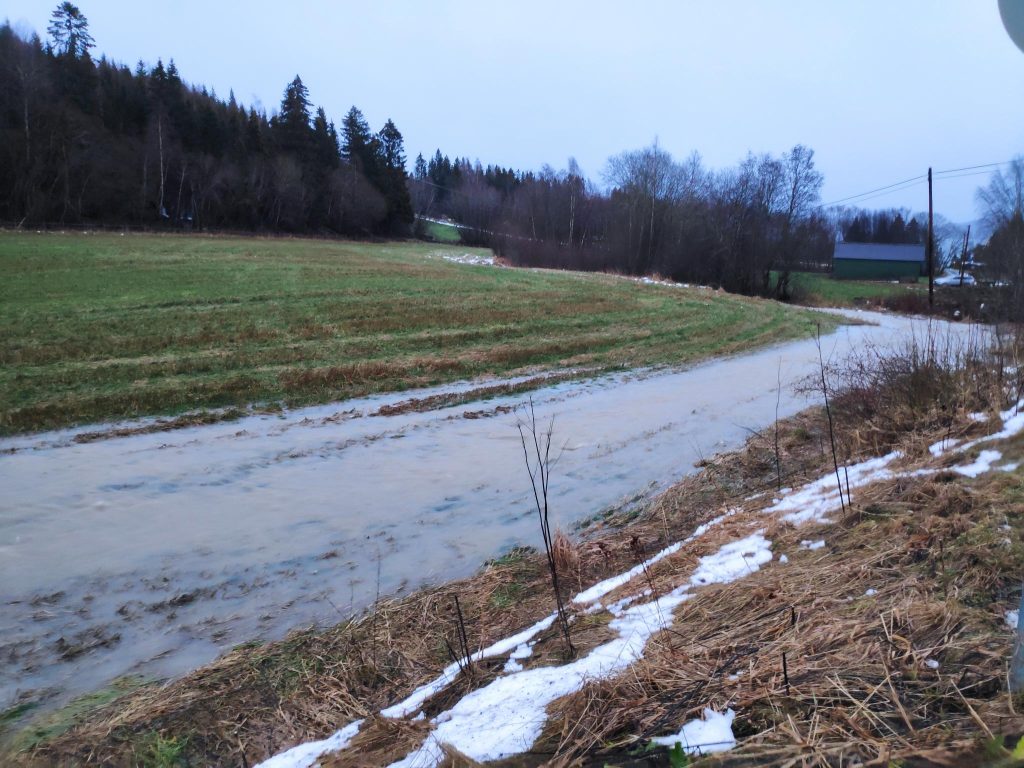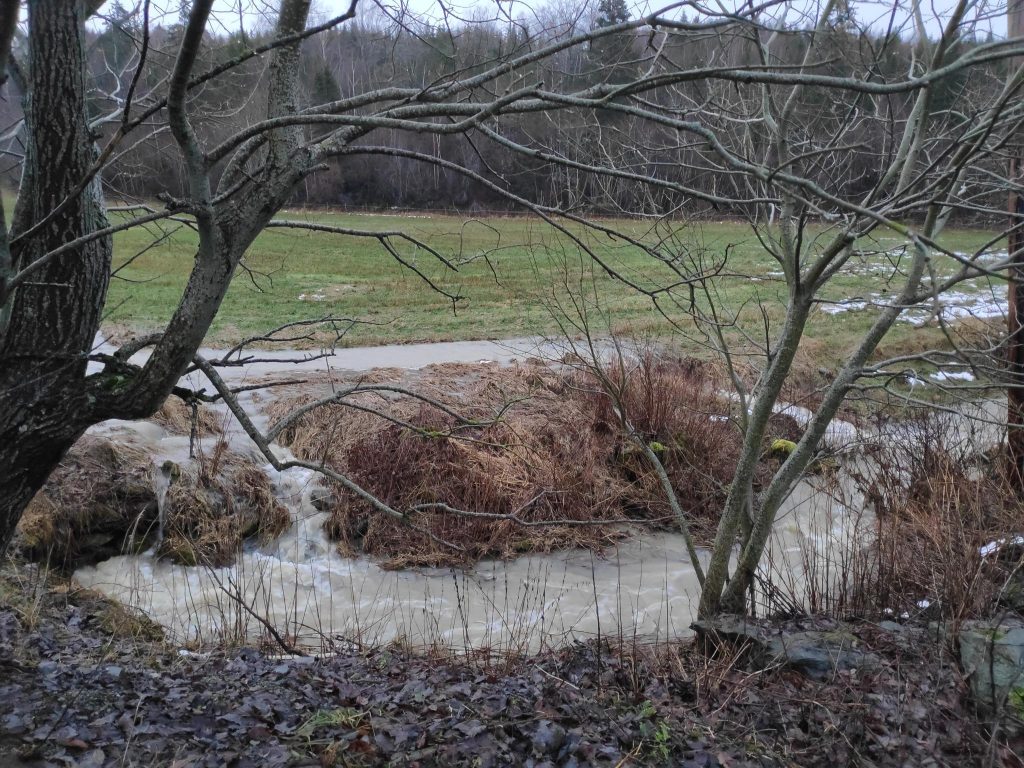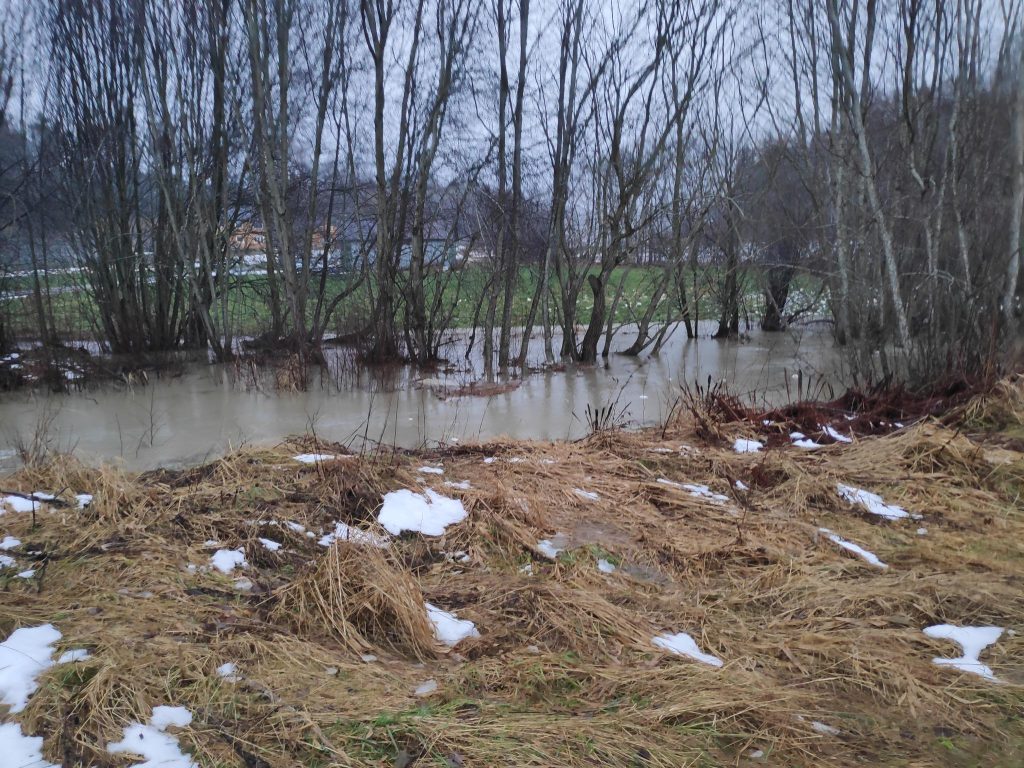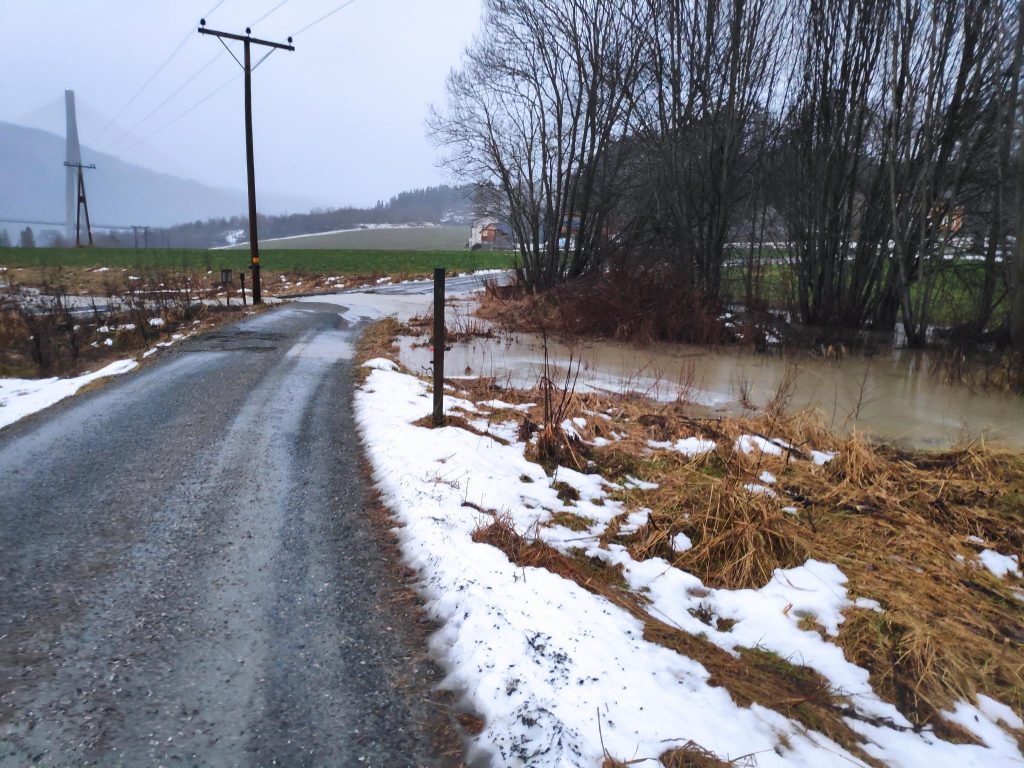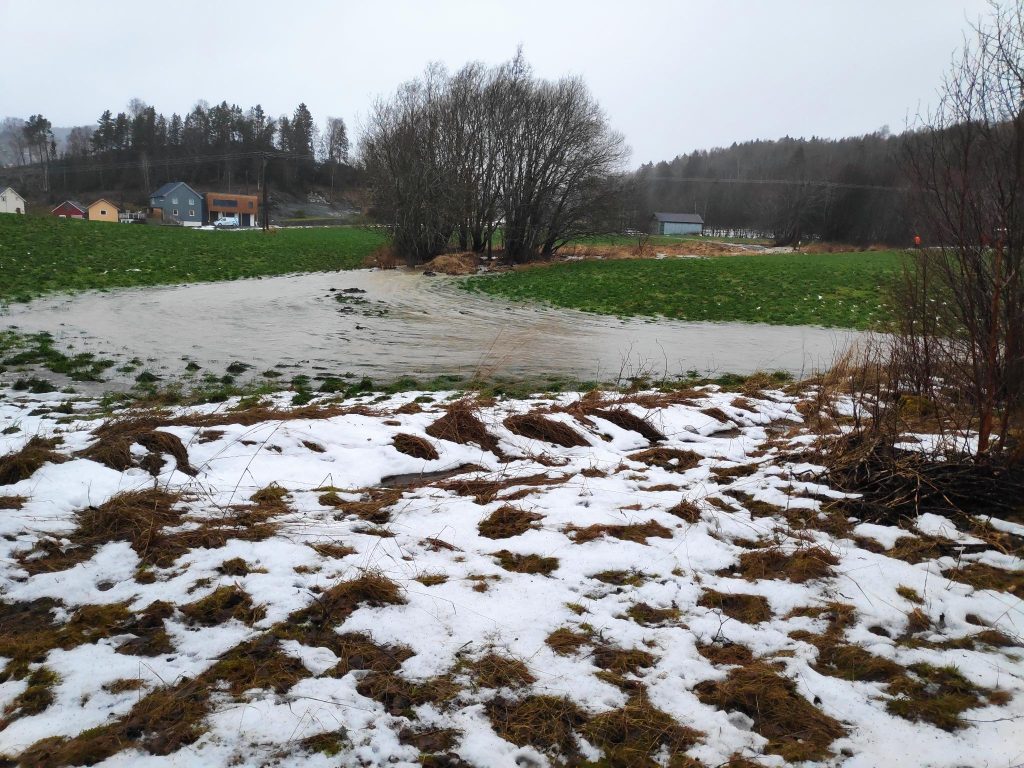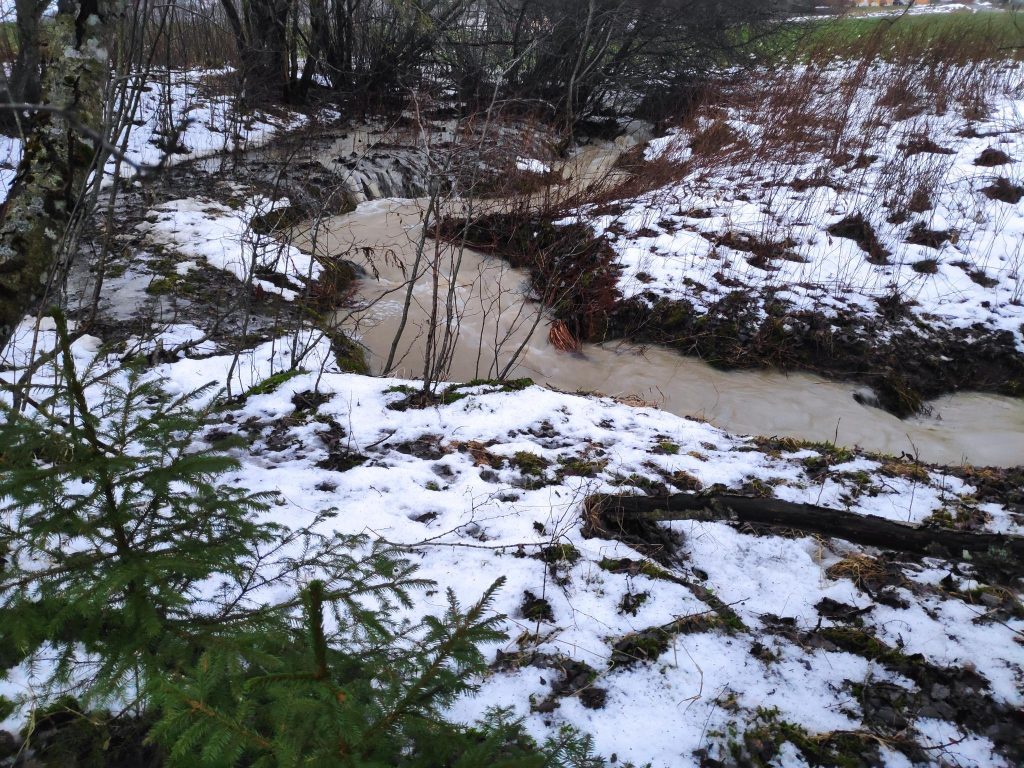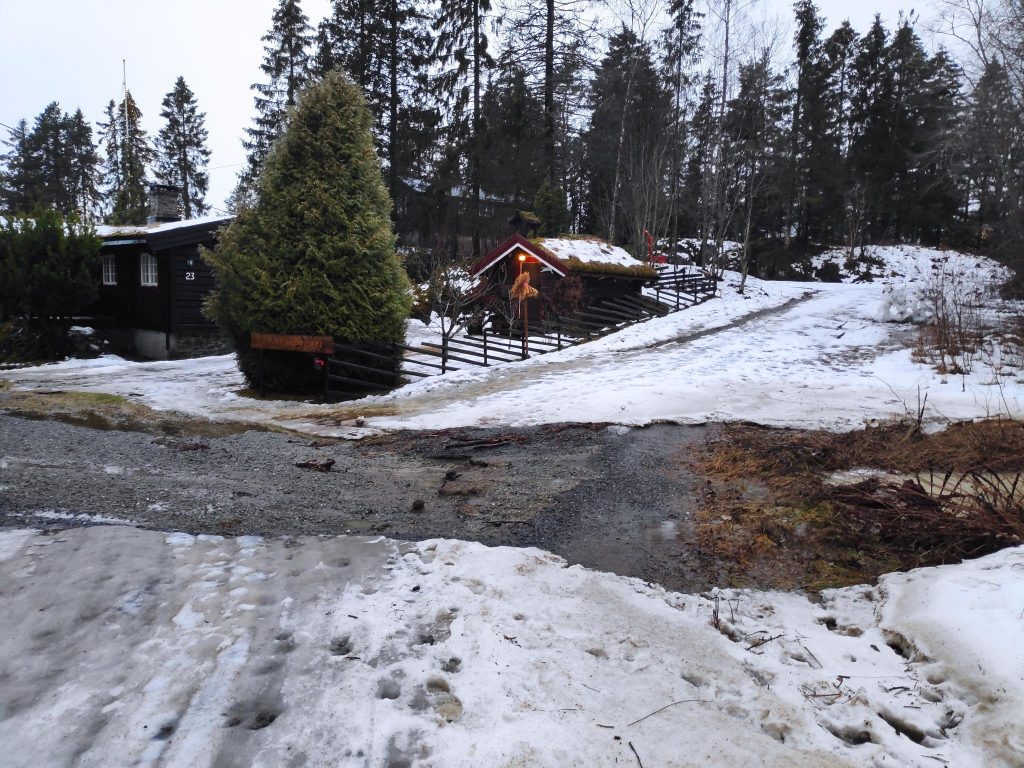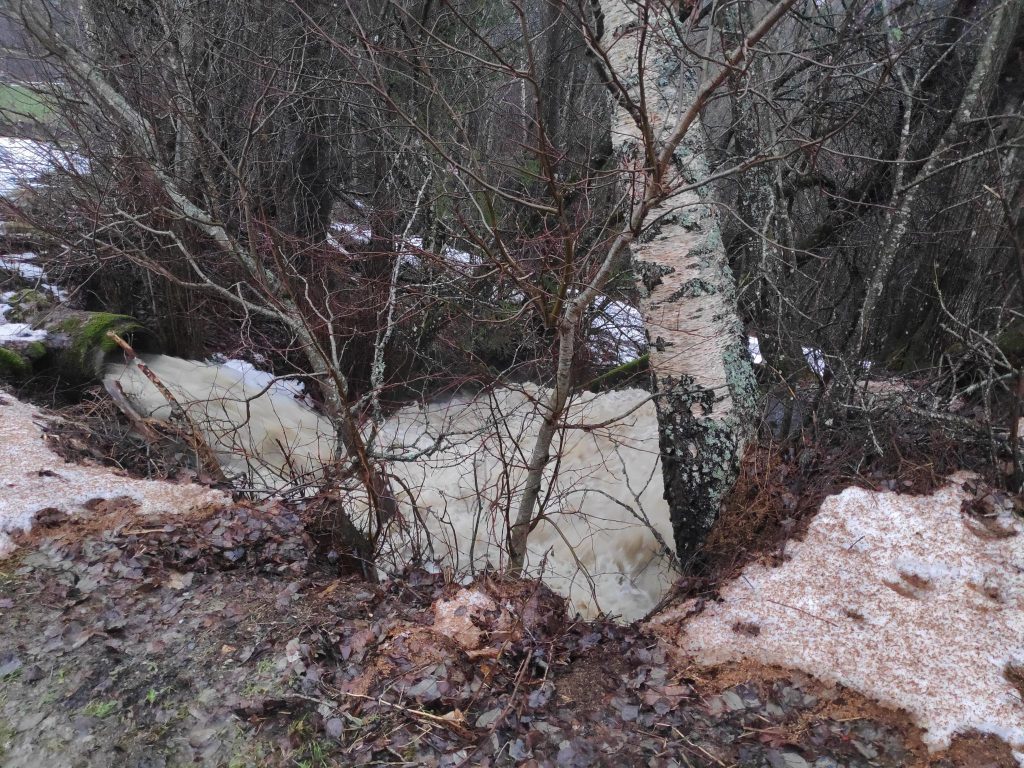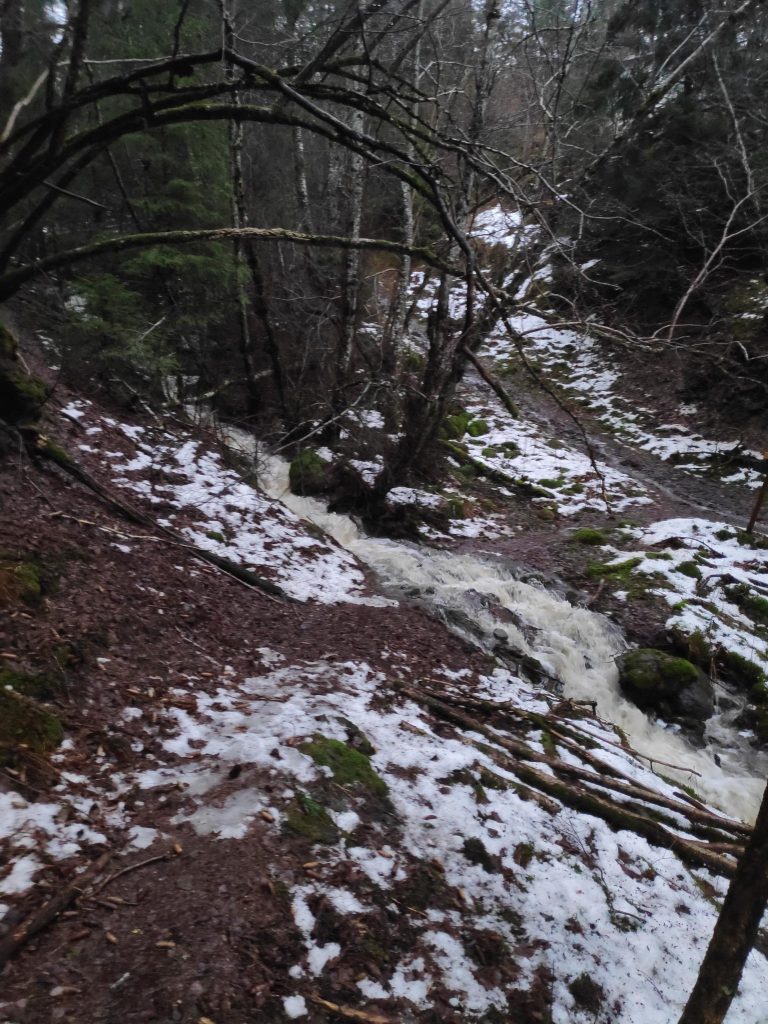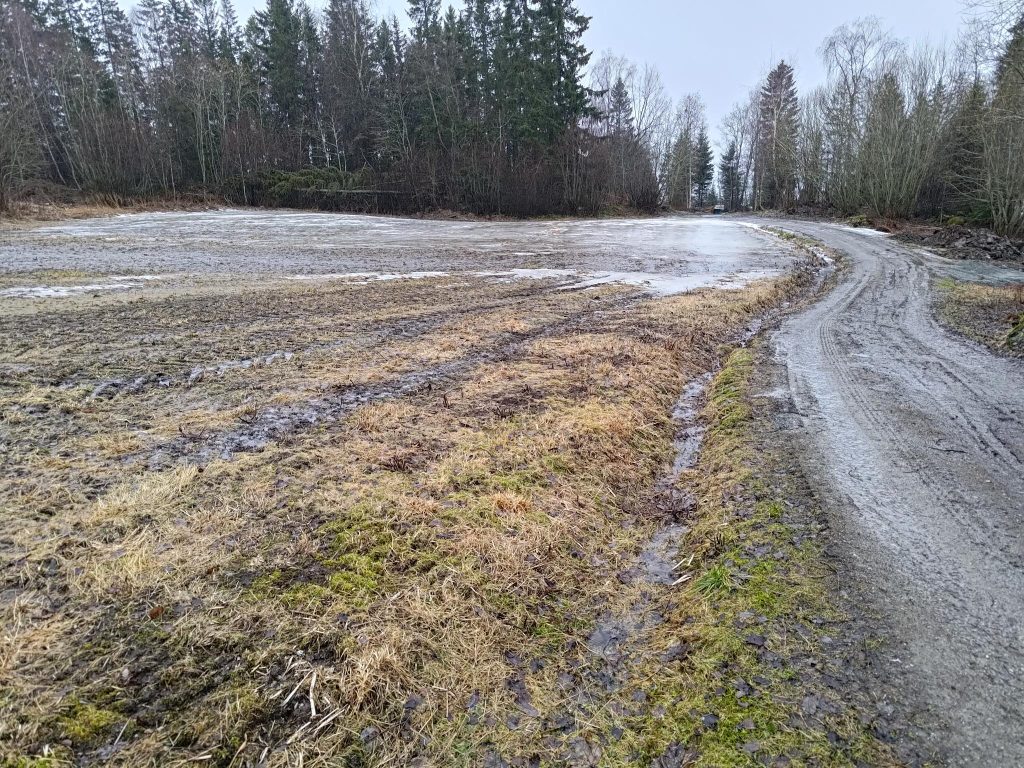
During the winter months, I don’t very often get out for a walk outside. It’s either cold, snowy, windy, dark or icy. My husband and I do walk around a lot inside the house, so I do get exercise. Today, I was on my own and decided to go for a walk in the rain in spite of the weather. First, of course, I got dressed with rain gear, gumboots on, and hood over my hat and tied firmly in place. I decided to go for a walk that takes me in a circle and normally takes about half an hour when it’s nice weather.
We have one stream quite close to our house and I saw it both at the beginning of my walk, where it is close to my house, though not so close that it would ever flood us and also when I got down to the fjord. There is a hill between us and the stream. A few years ago this stream did flood and damage the road, but that was mainly because the entrance to a large pipe that takes the water underground had been clogged. Today there was no clog and everything was flowing fine.
The weather warnings had told us about heavy rain, but I just felt that it was constant rain, rather than heavy rain. I grew up in rainy Vancouver, so this may have been unusual for Inderøy, but not in my childhood. But there was also a danger with so much rain that there could be flooding. The ground has started to thaw, but not everywhere and the rain will have problems soaking into the ground. By the time I went outside, it had been raining almost constantly for over twelve hours which is actually quite unusual here. I was just thankful that it was rain and not snow, like we often get in March.
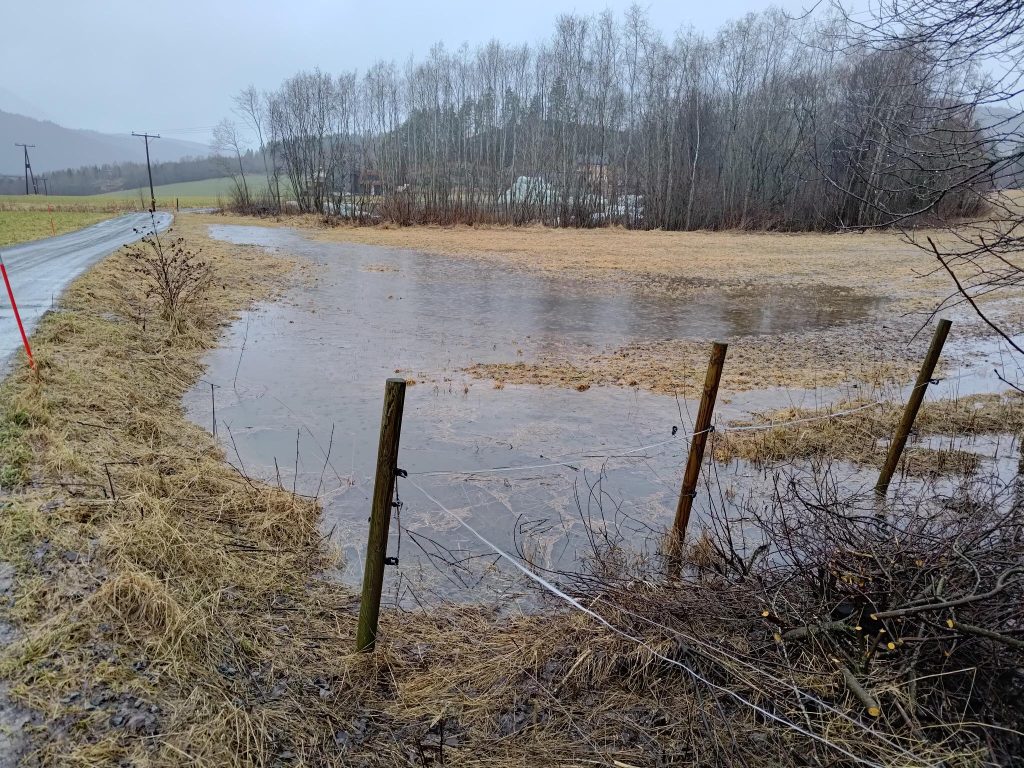

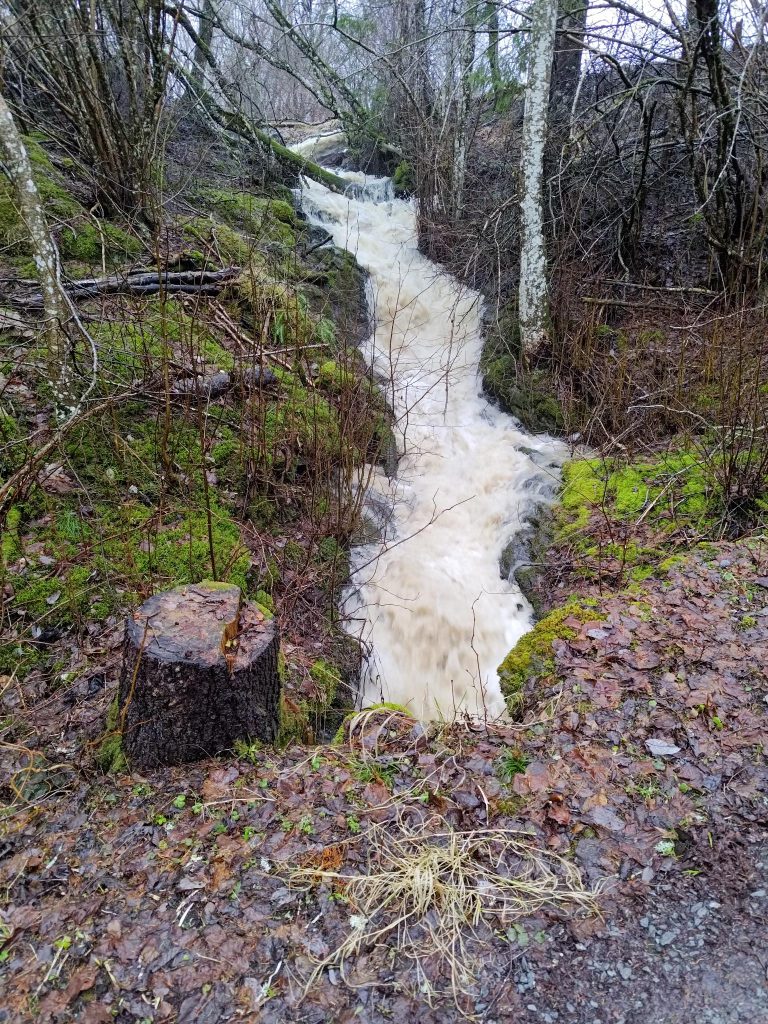
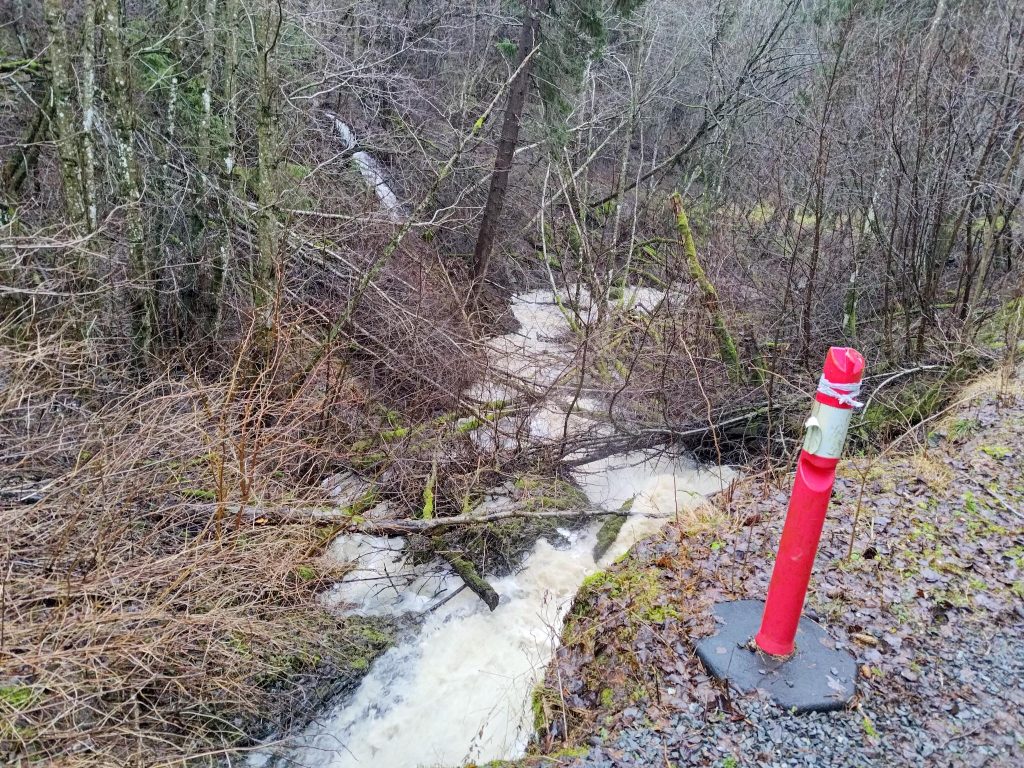
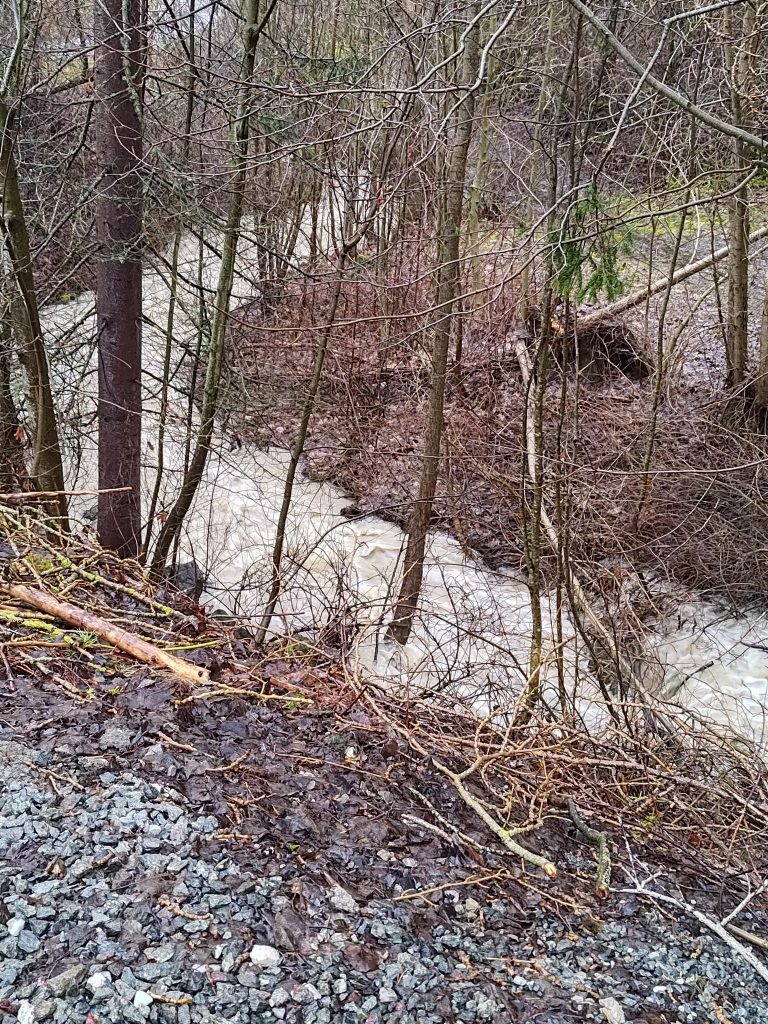
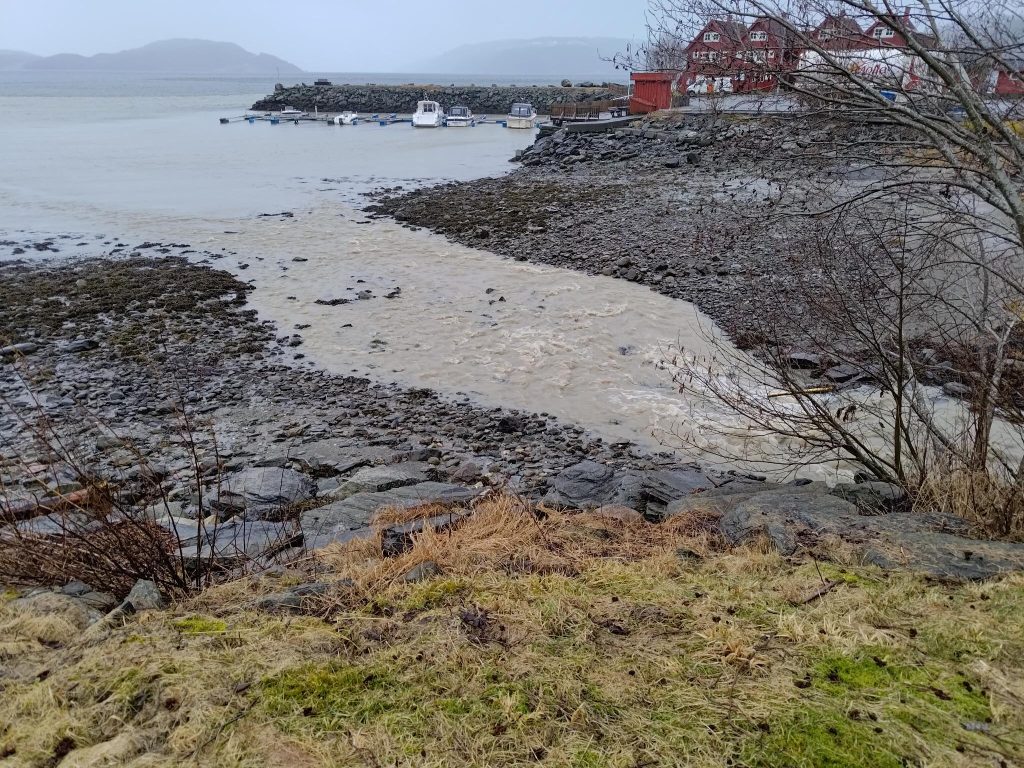
The walk that I chose today, takes me up a hill and actually gives me quite good exercise. I will eventually walk down to the fjord and then have to climb up to my home. I have three sections that are uphill, and one long section that is downhill. I found the downhill sections a bit slippery as the rain had made the ground muddy in many places. I had on gumboots as well, hoping to keep my feet dry, but they do slip more easily in mud and on wet leaves. I had a cane with me and there were no falls.
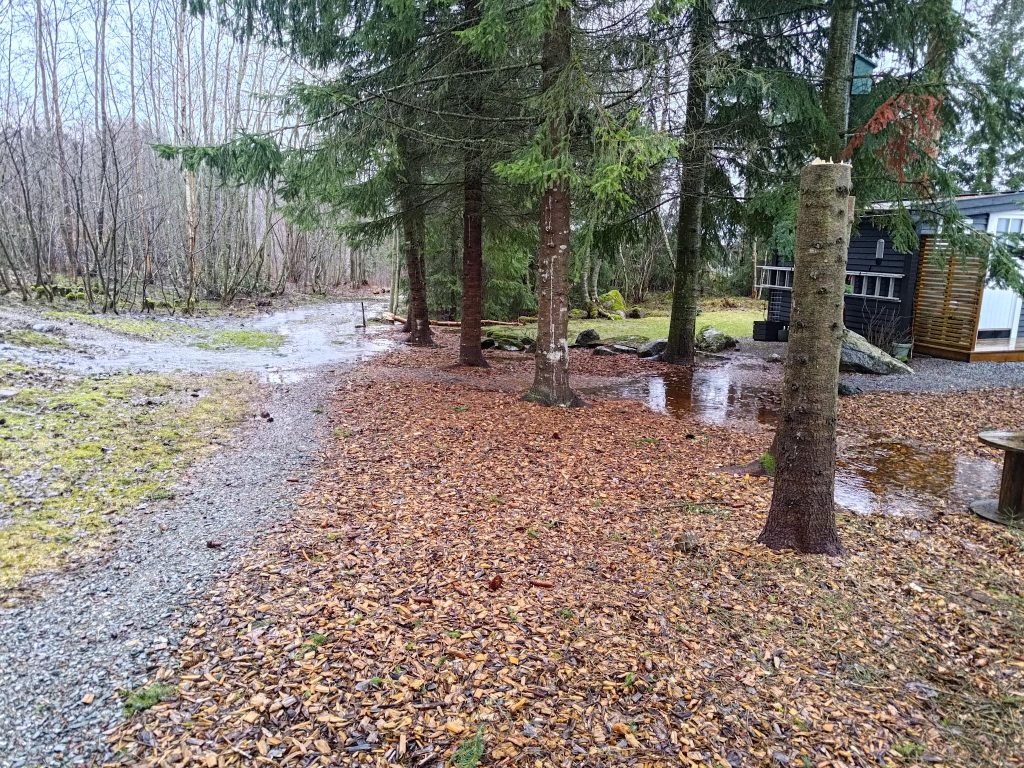
I always enjoy walking among the trees. I was well encased in my rain gear and I didn’t really notice the rain coming down. But I did have to watch where I walked. There were several places that I knew would have puddles. On downhill sections, I was glad to have my cane with me for extra balance.
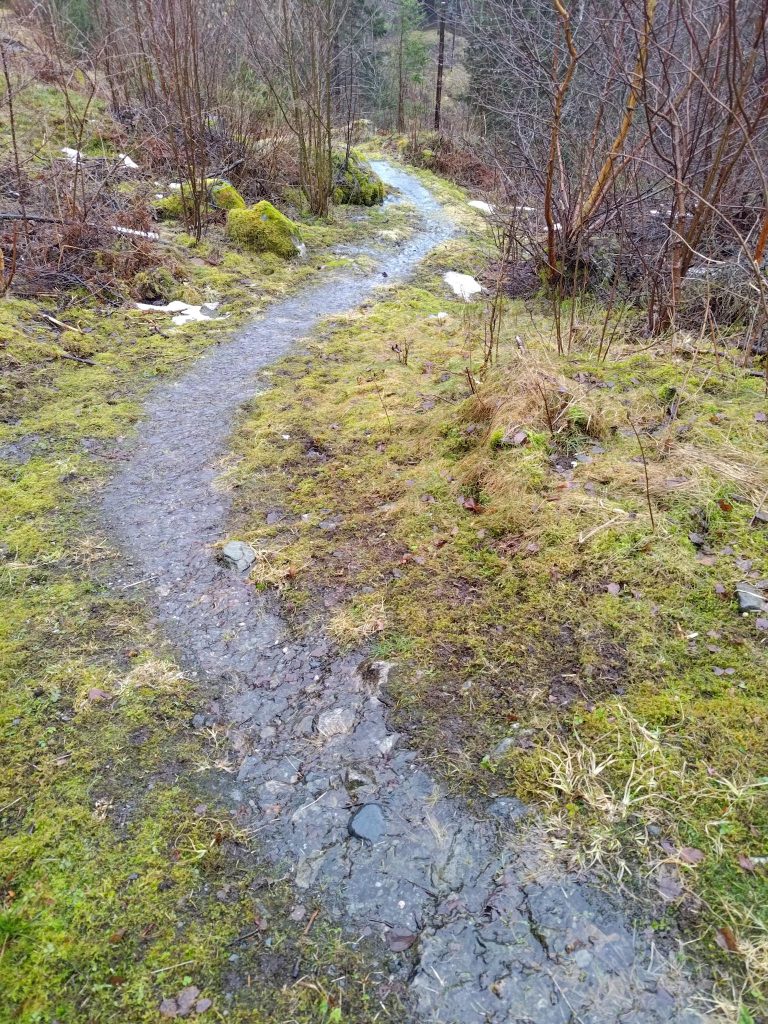
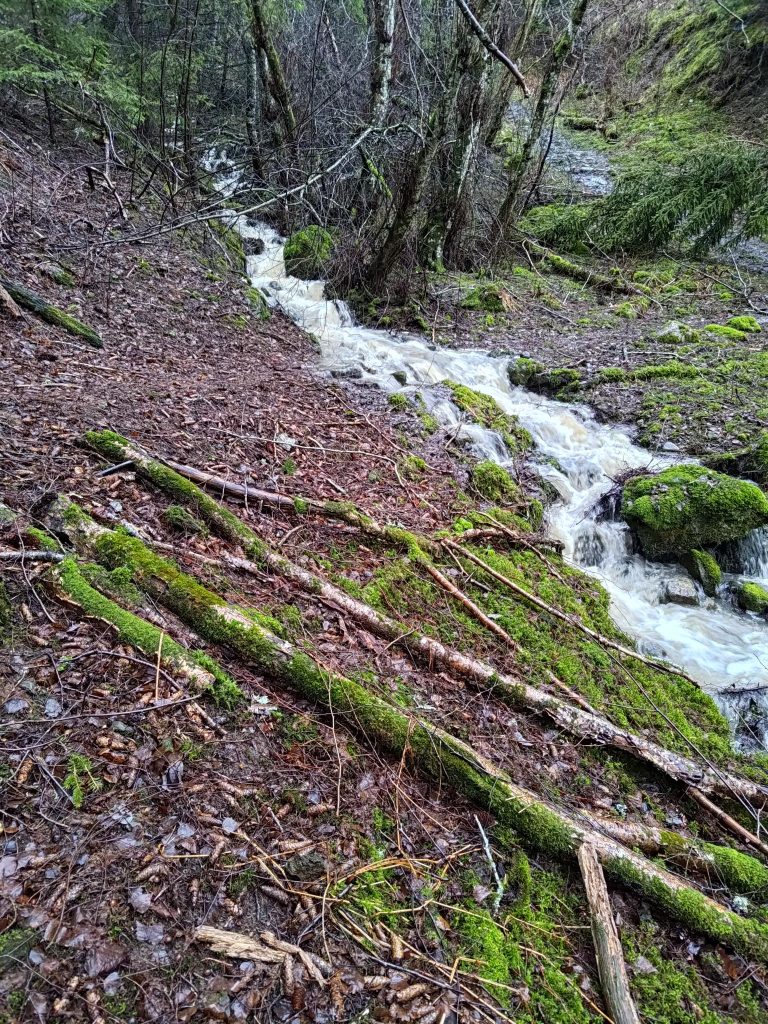
I knew I would have one challenge on this walk. I have to cross a second stream twice and the first crossing can be a bit challenging. Much of the year this stream is absolutely water free, sometimes there’s a bit of a trickle, but today it was flowing quite seriously. There are good stepping stones where the path crosses, but the water was a bit deep and I had to be careful that I didn’t slip either. With this much water in the stream, it is impossible for me to just jump across it. Unfortunately, one foot stepped in water that was deeper than my short gumboots (which I normally just use for gardening). I should have worn much taller boots. The water was quite cold when it rushed into my boot. I quickly found a better place to put my foot and was able to cross the stream safely, though one sock was quite wet.
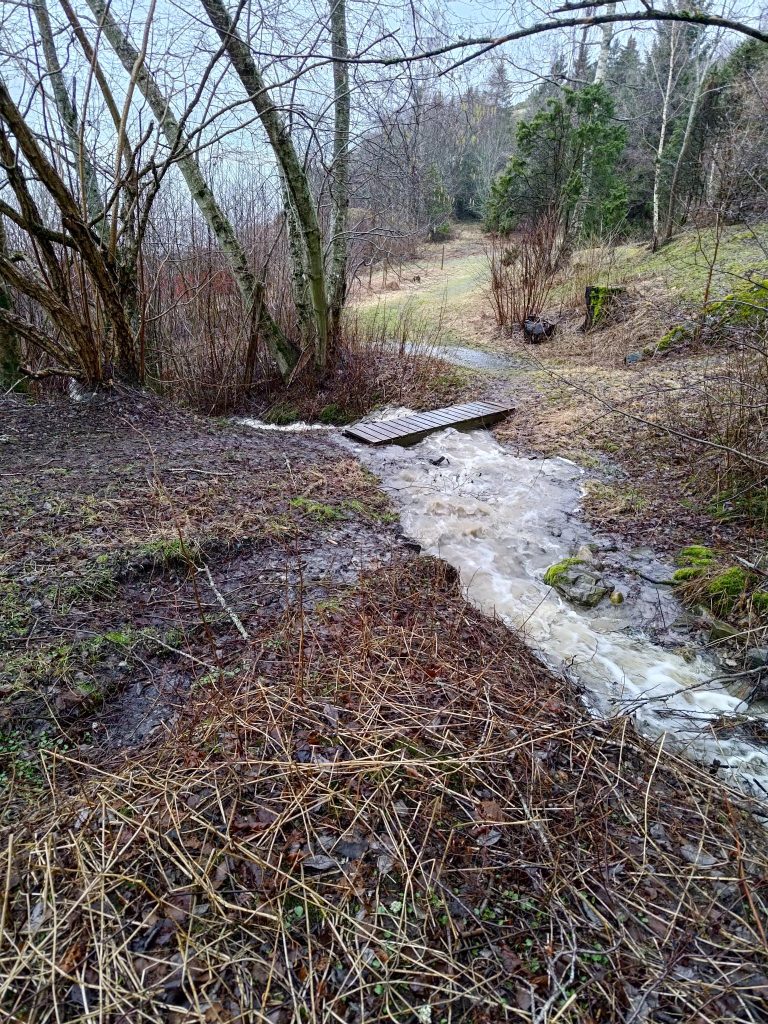
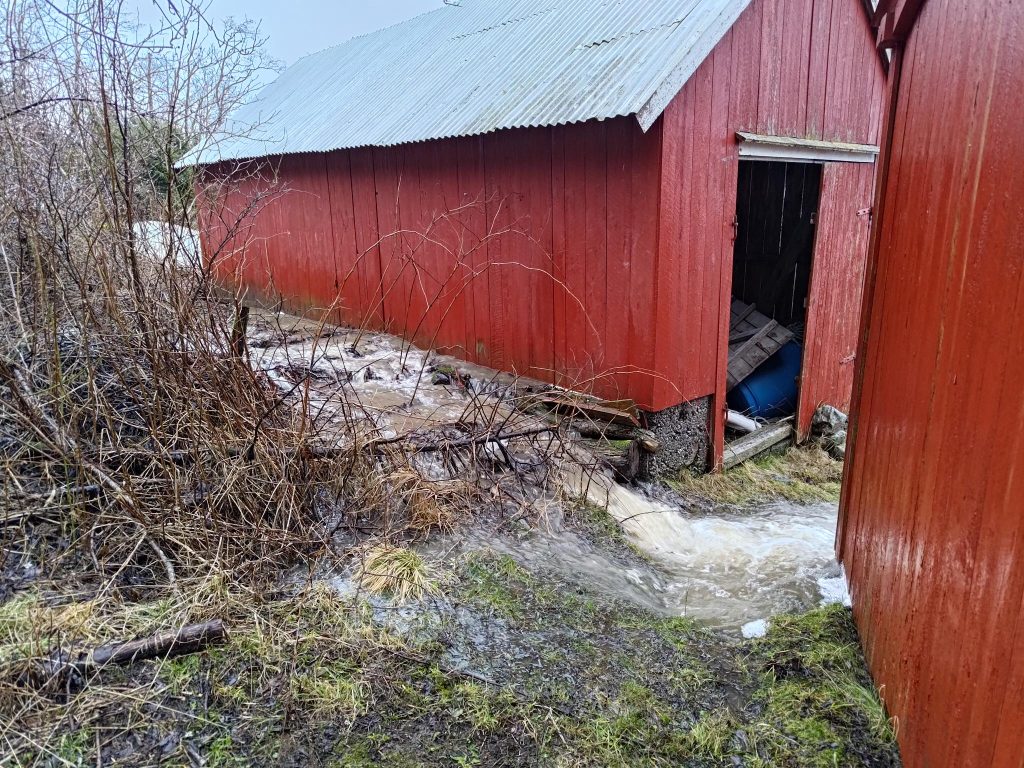
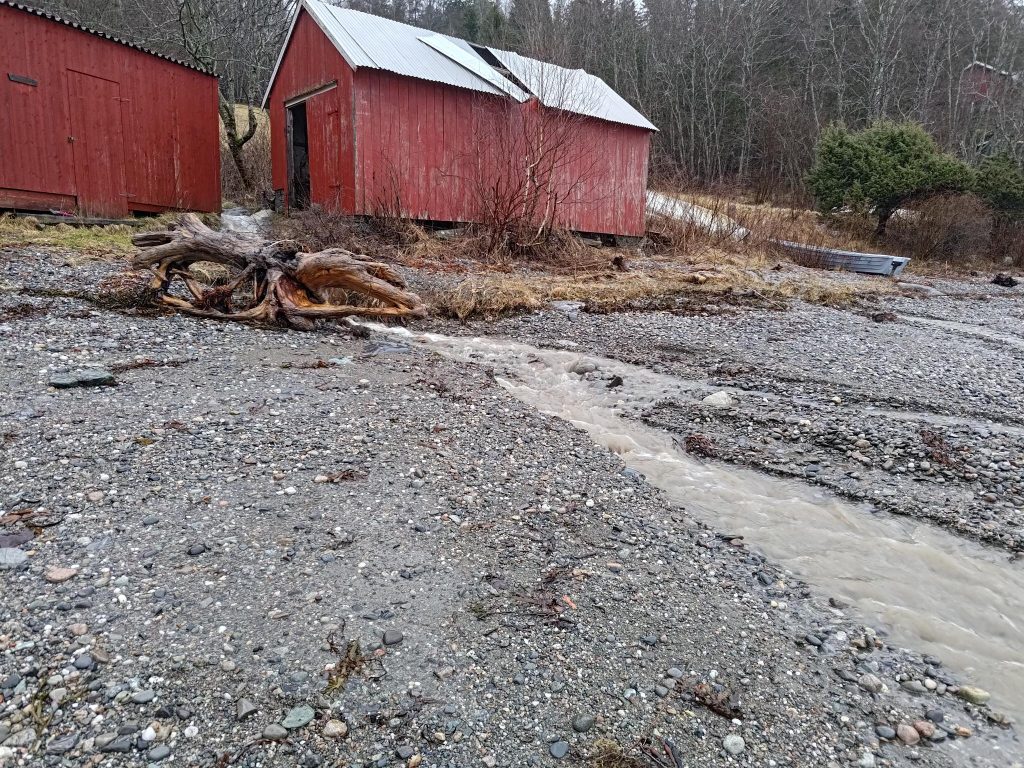
As I walked up the road from the fjord, I reflected on how happy I had been to go for the walk. As I continued up our driveway, a quick check showed that everything was draining as it should. There is more rain coming in the next twenty-four hours, so there will be a lot more water yet.
I really enjoyed my walk in the rain, though next time I should wear taller gumboots. There is always something to look at even when I take a walk I have done many times before. Though this walk would normally take about half an hour, I used almost an hour today, as I stopped to take pictures and I took small side trips to get the pictures I wanted from the right angle. Once home again, I took off my wet clothes. The outermost layer was quite damp, and I definitely had very wet socks, but otherwise I had actually kept quite dry. Sometimes, I let the weather stop me from going outside, but today, I was able to exert self-discipline and I’m glad I went for the walk.
